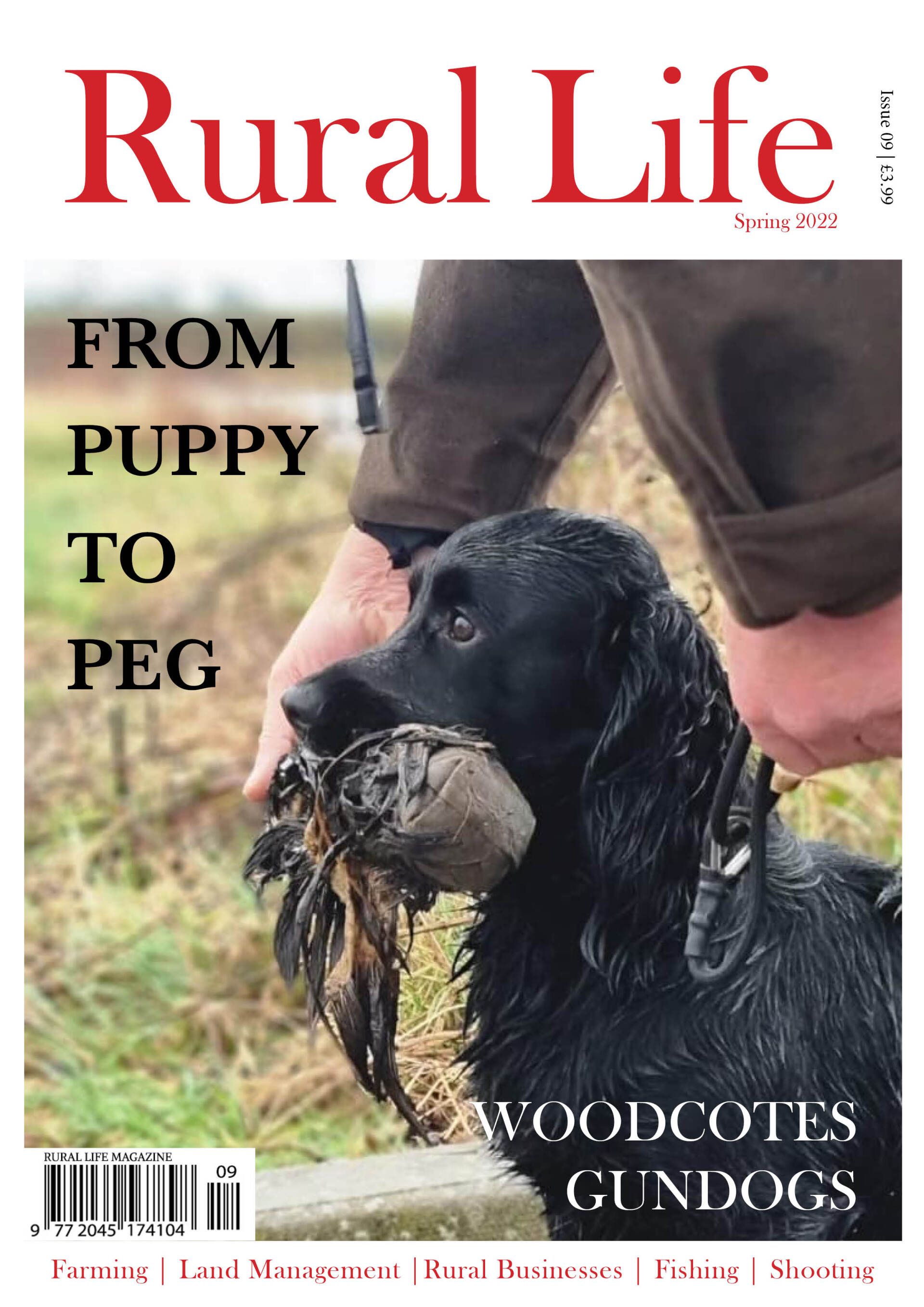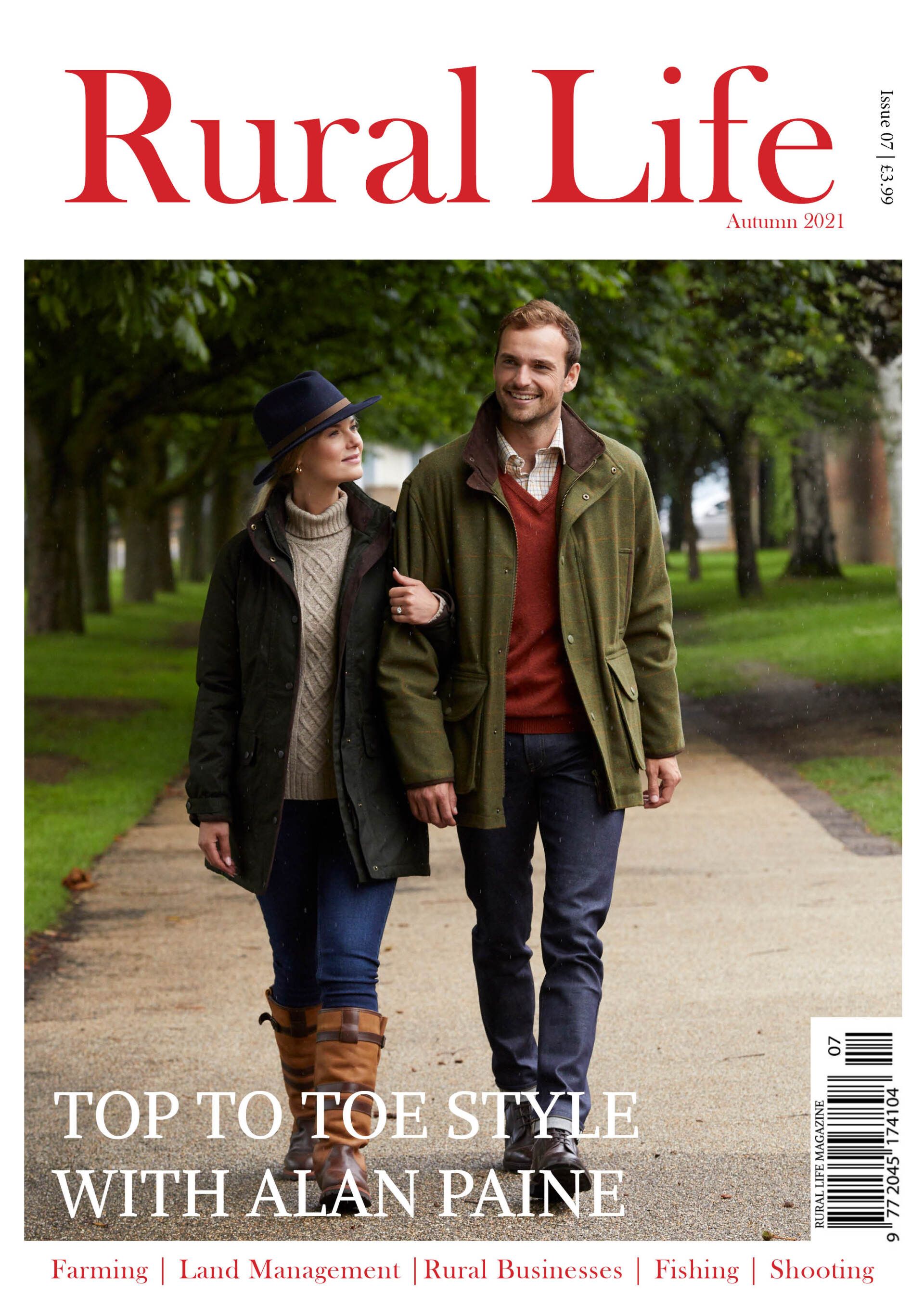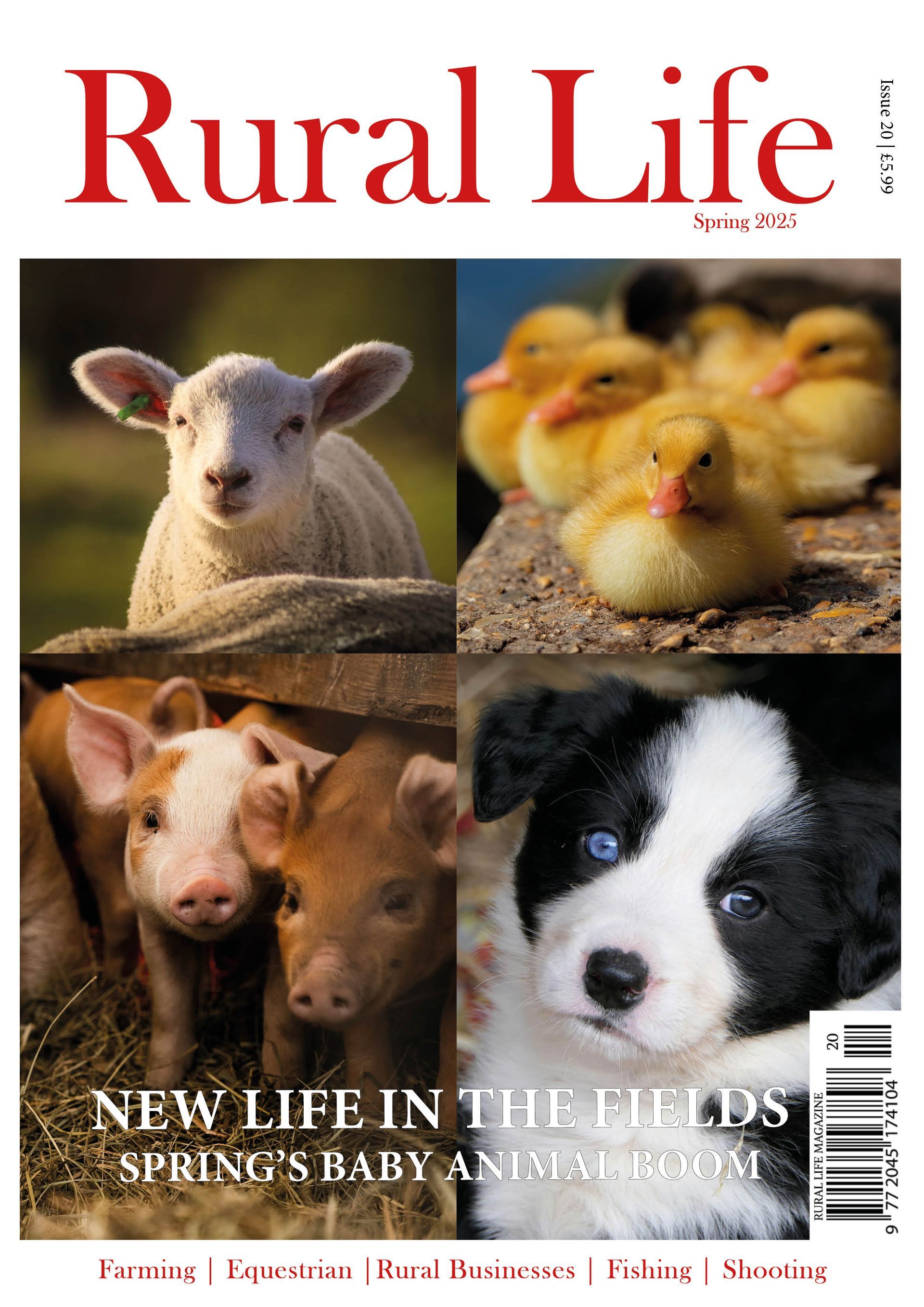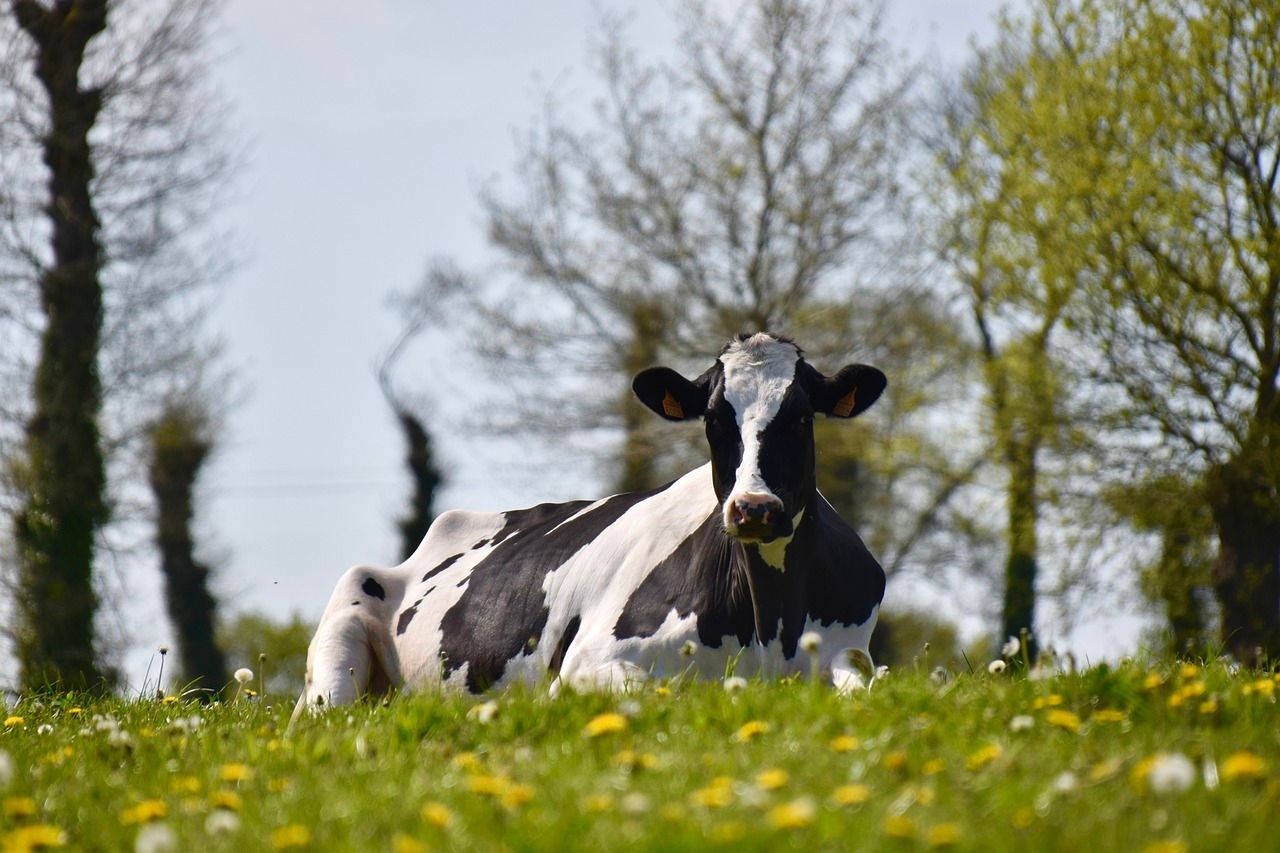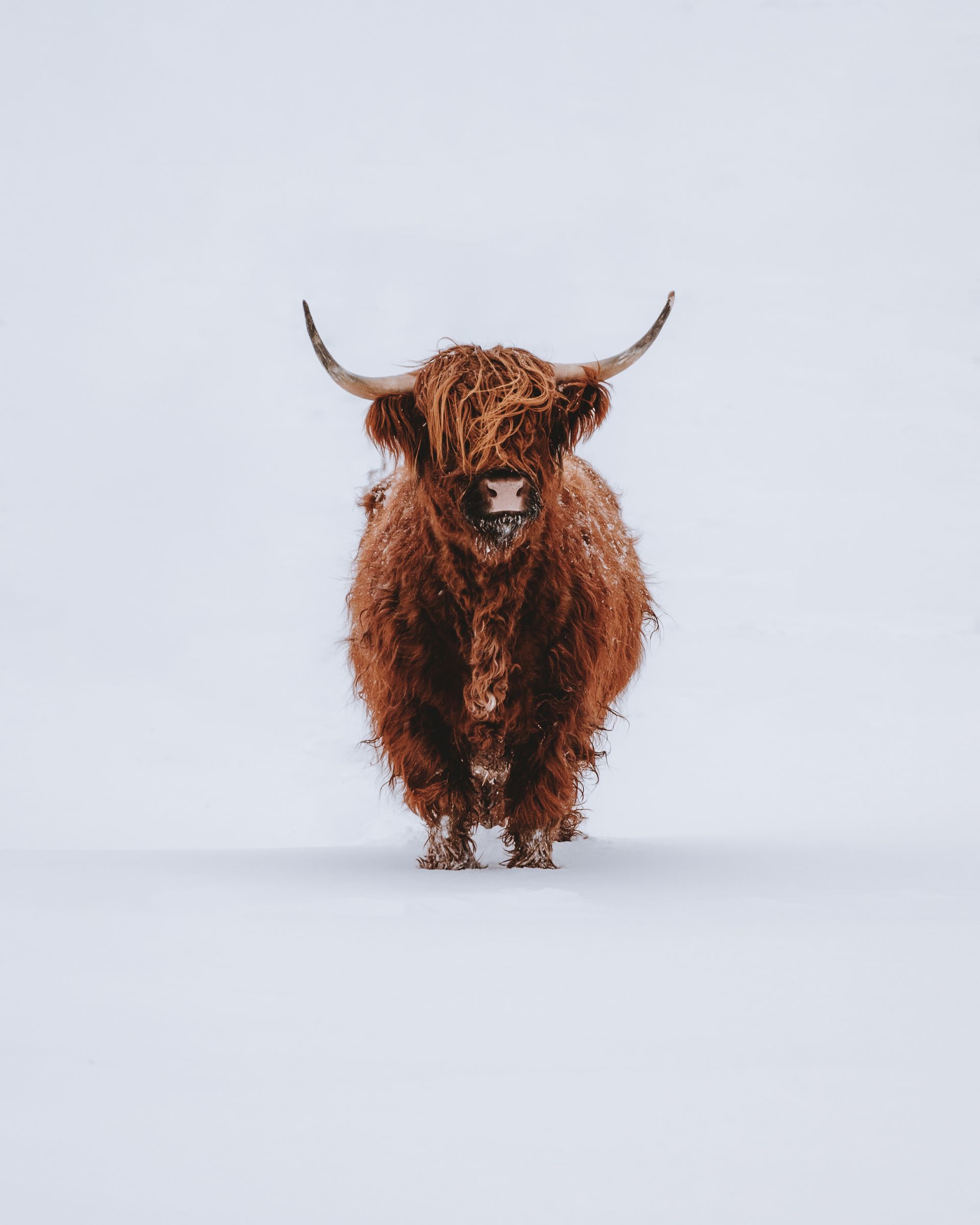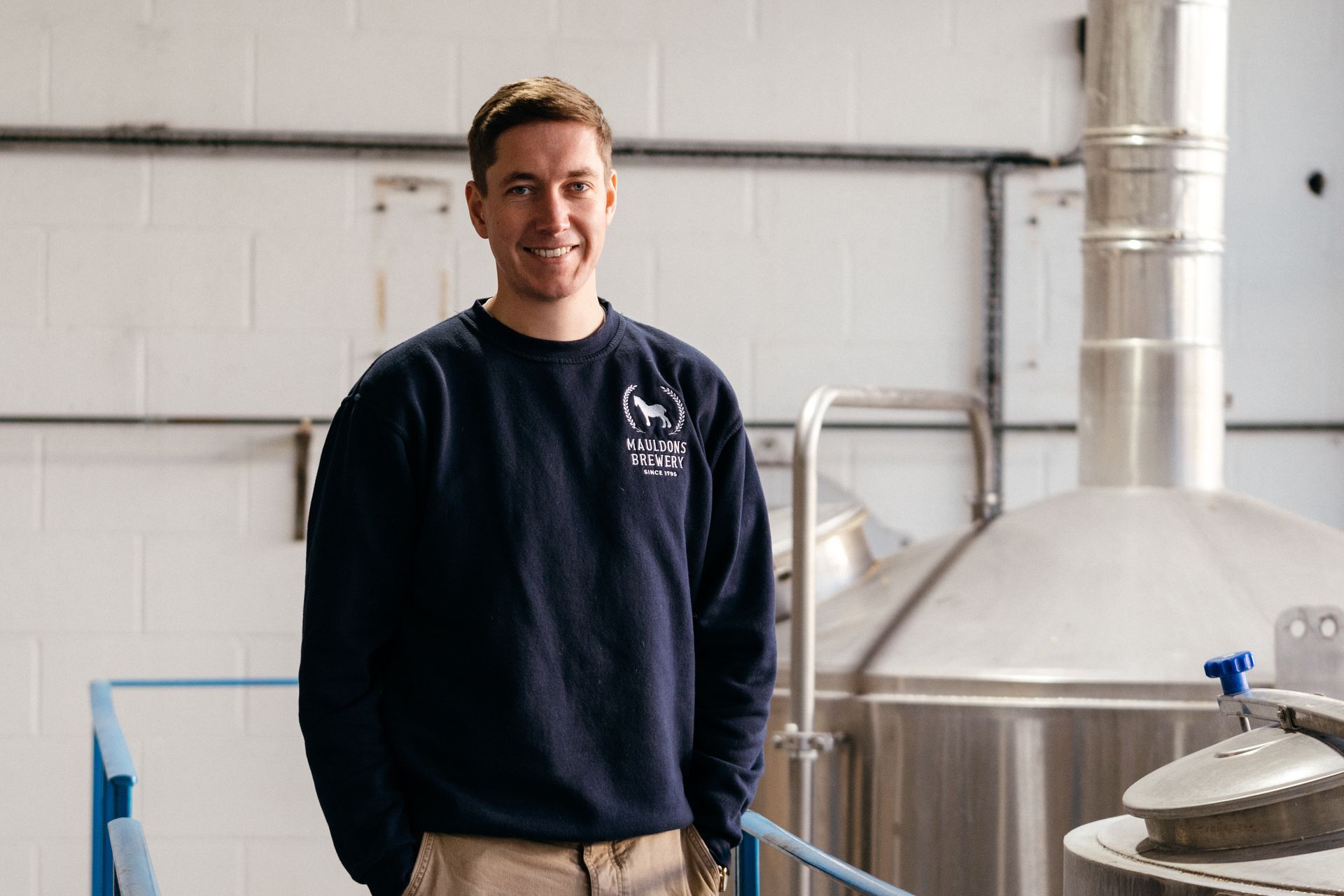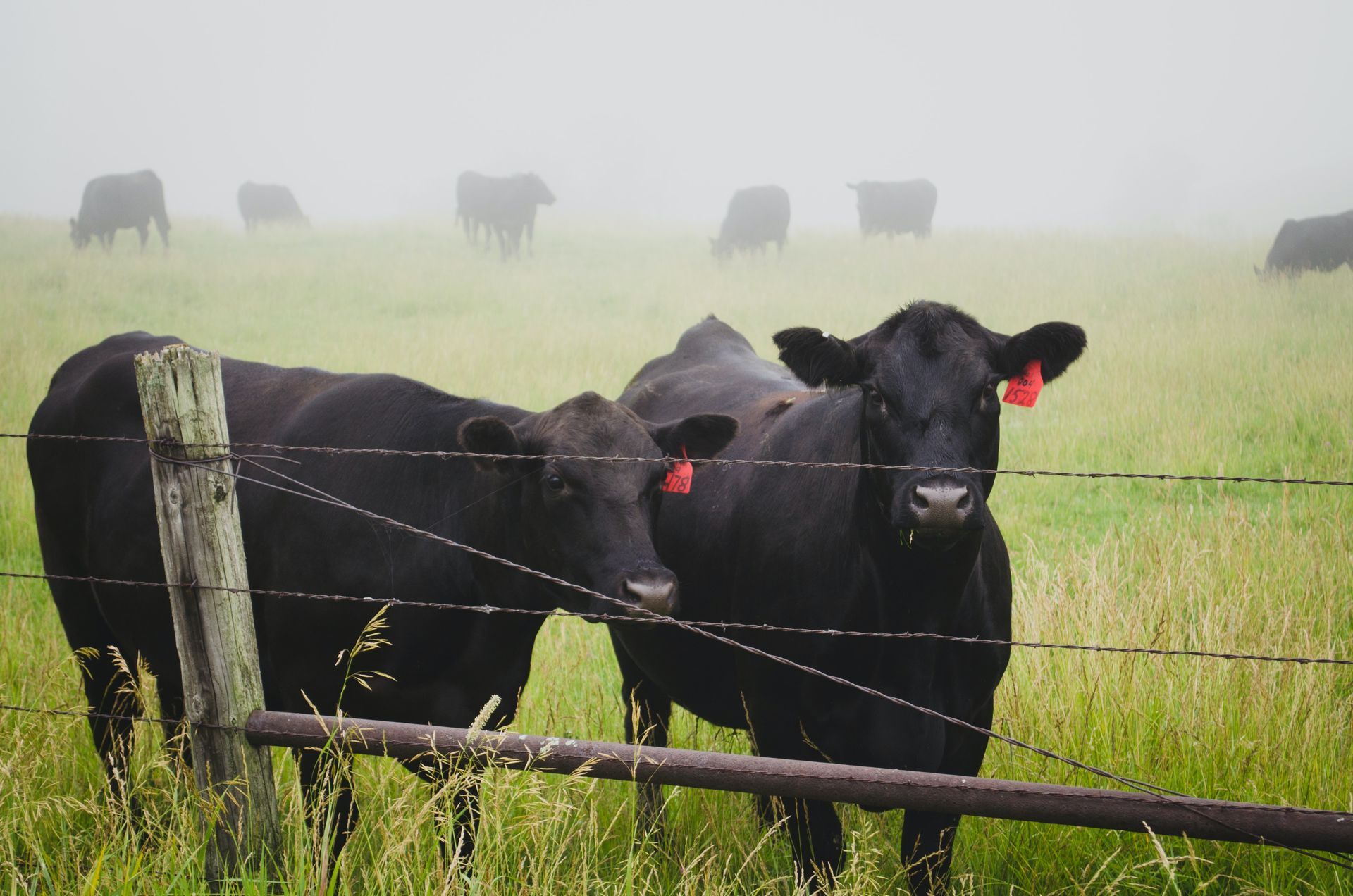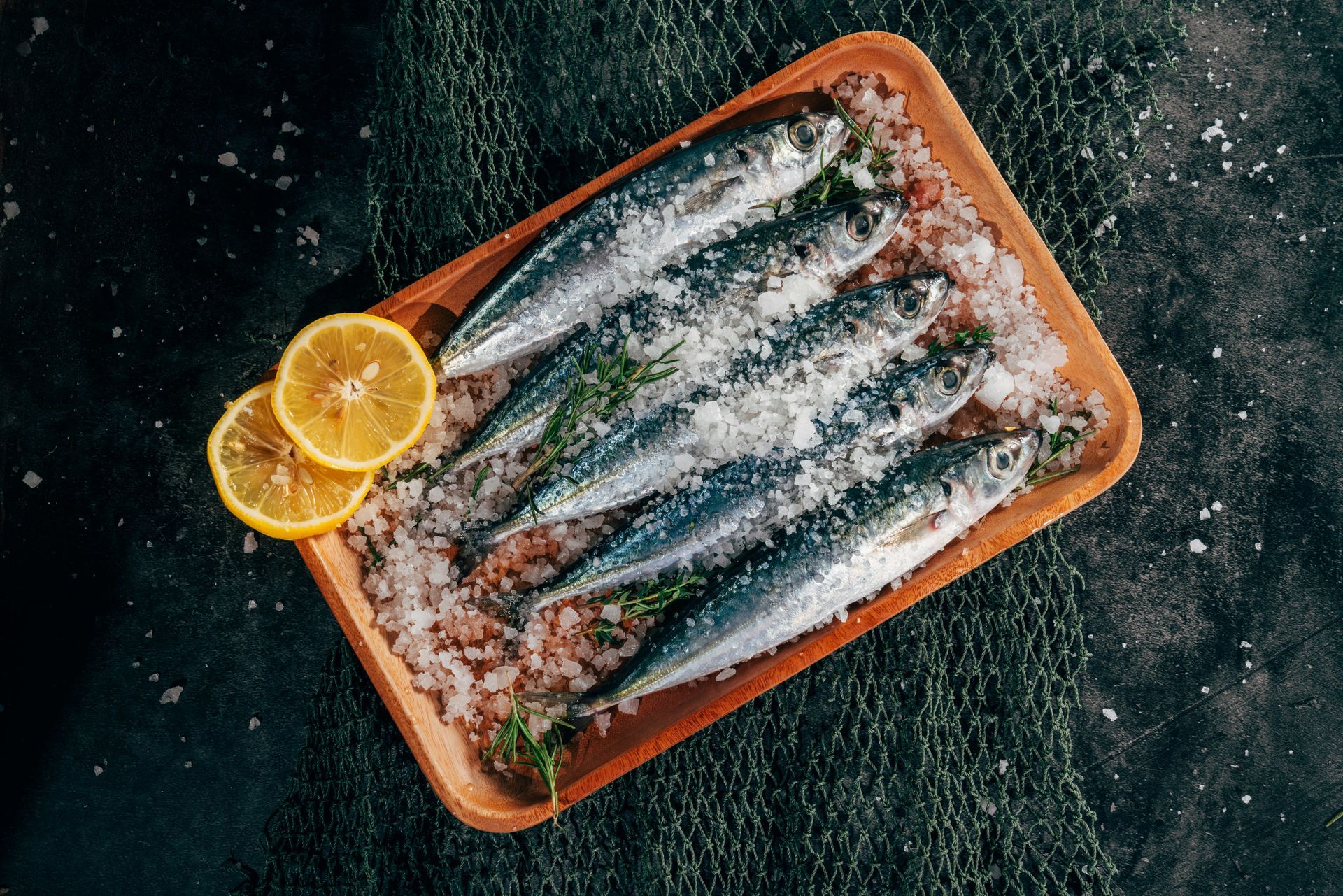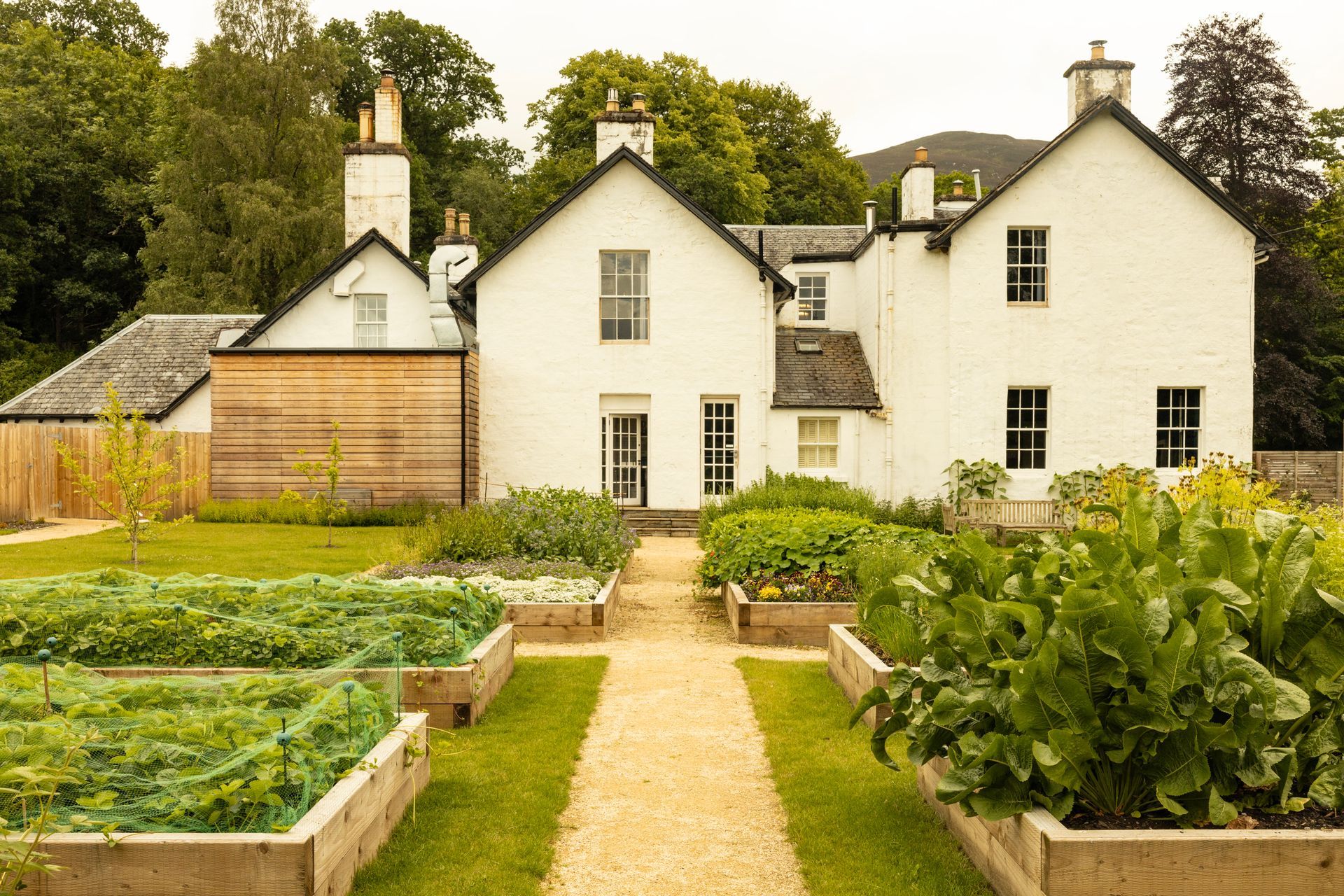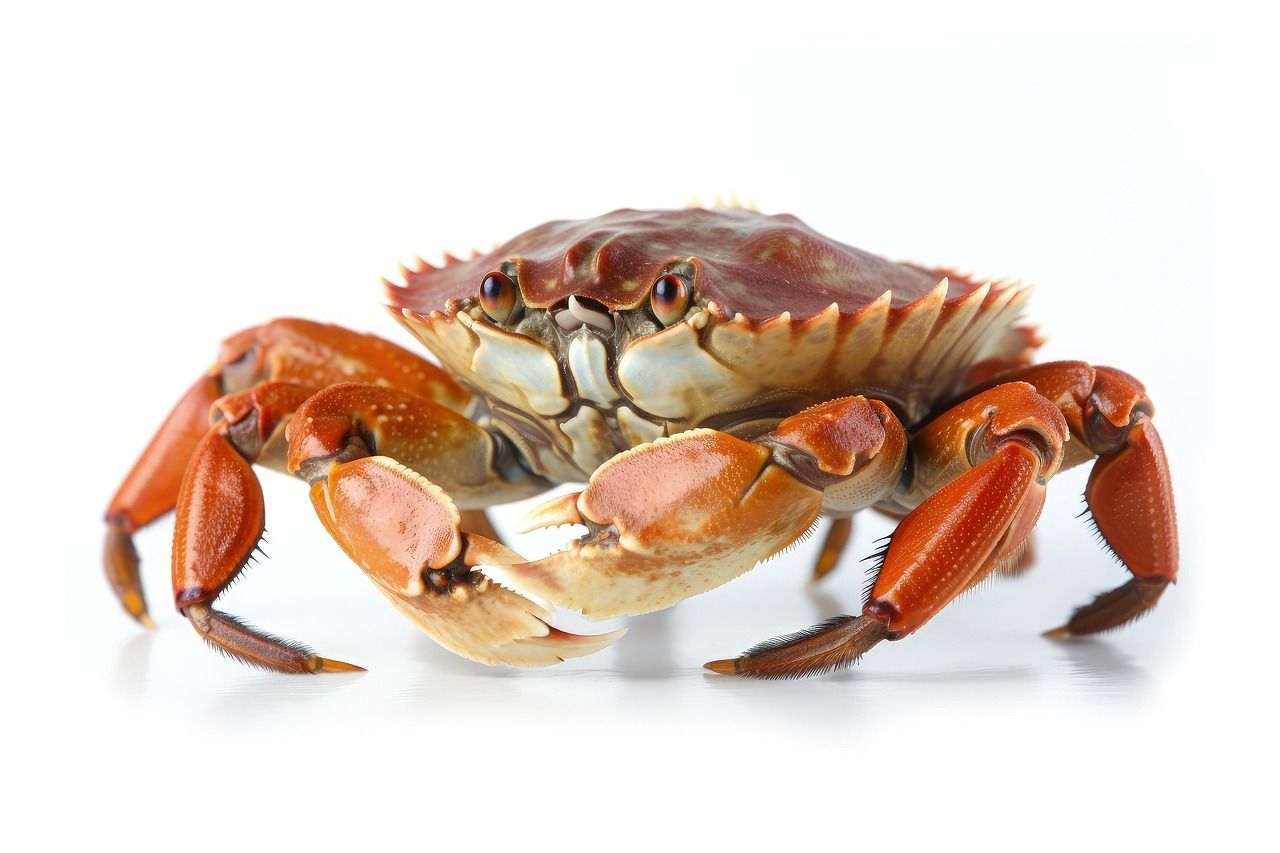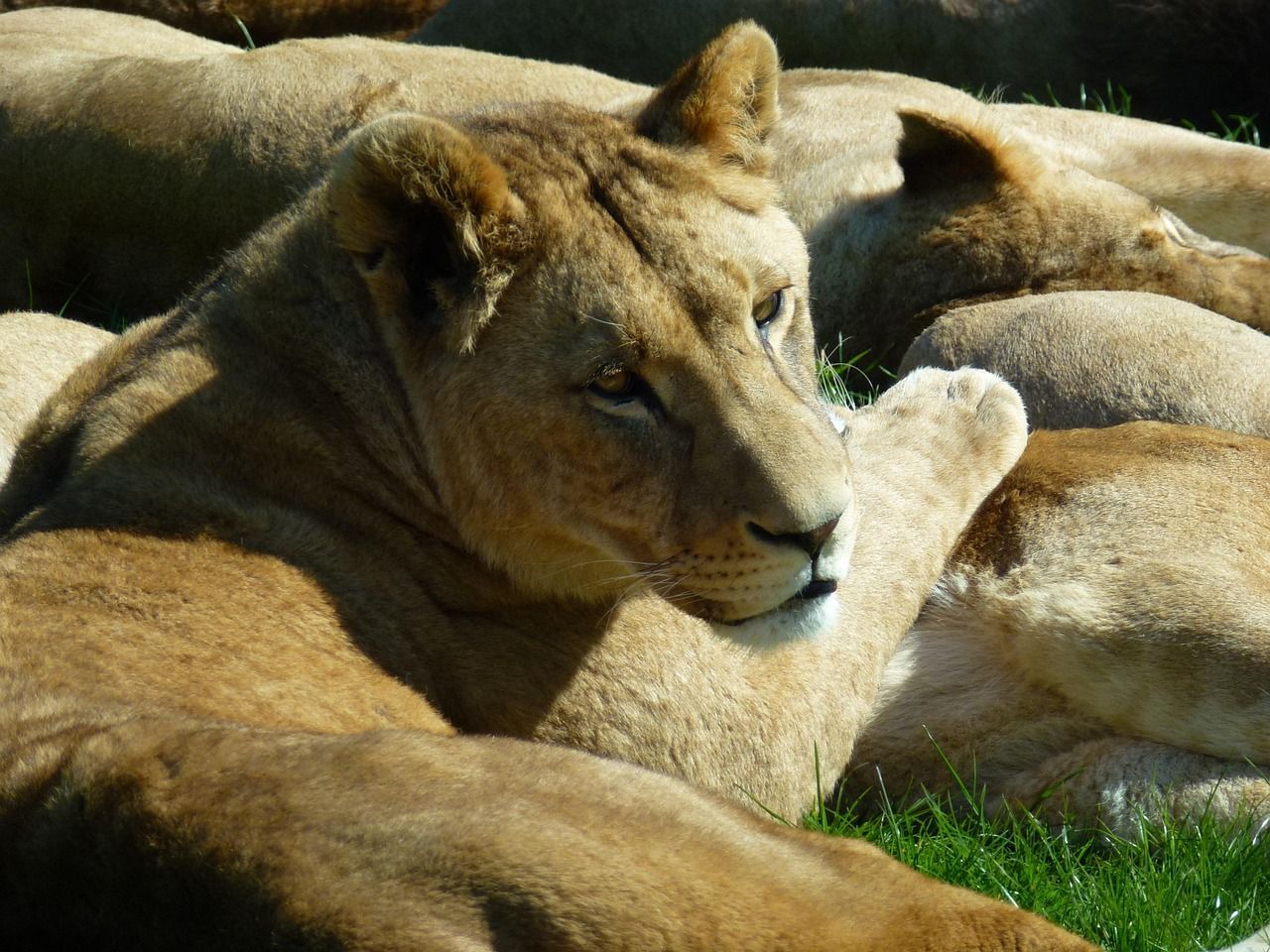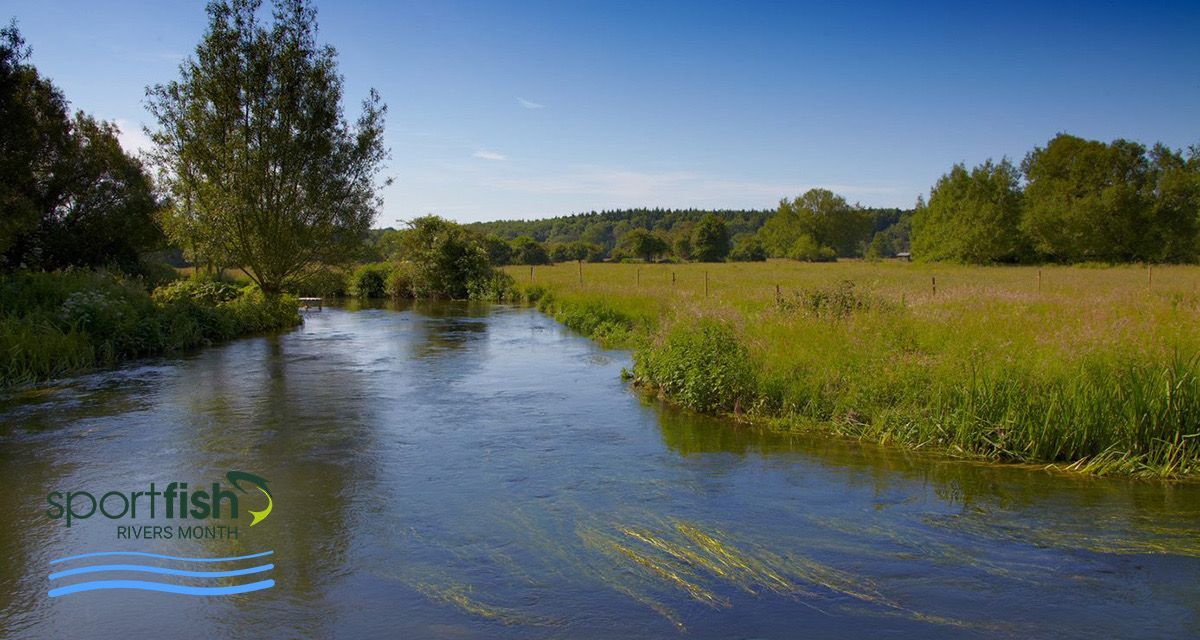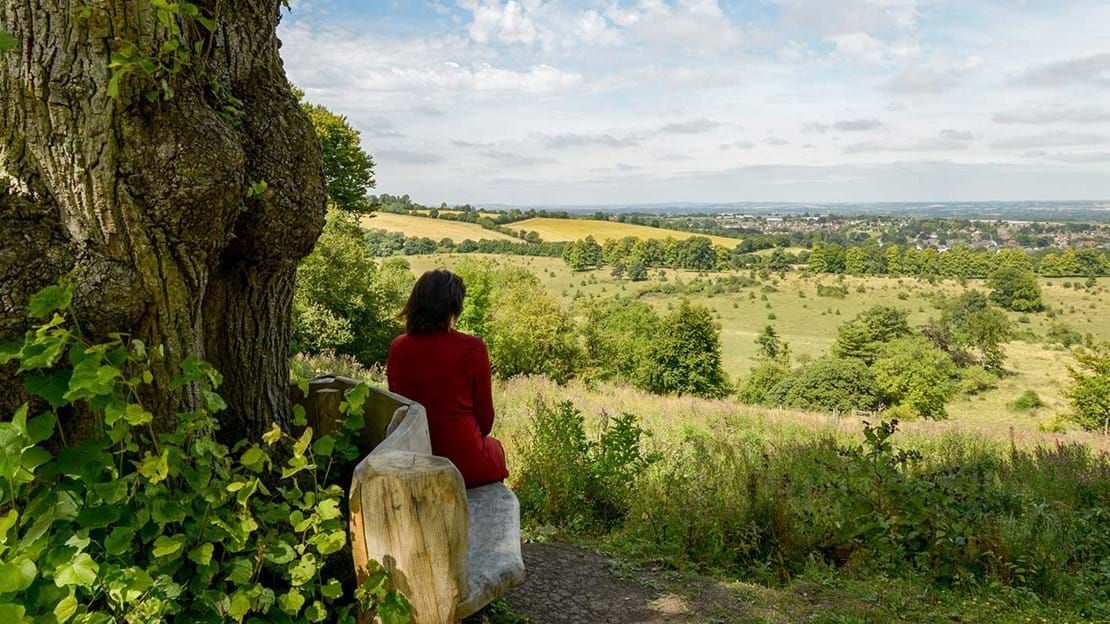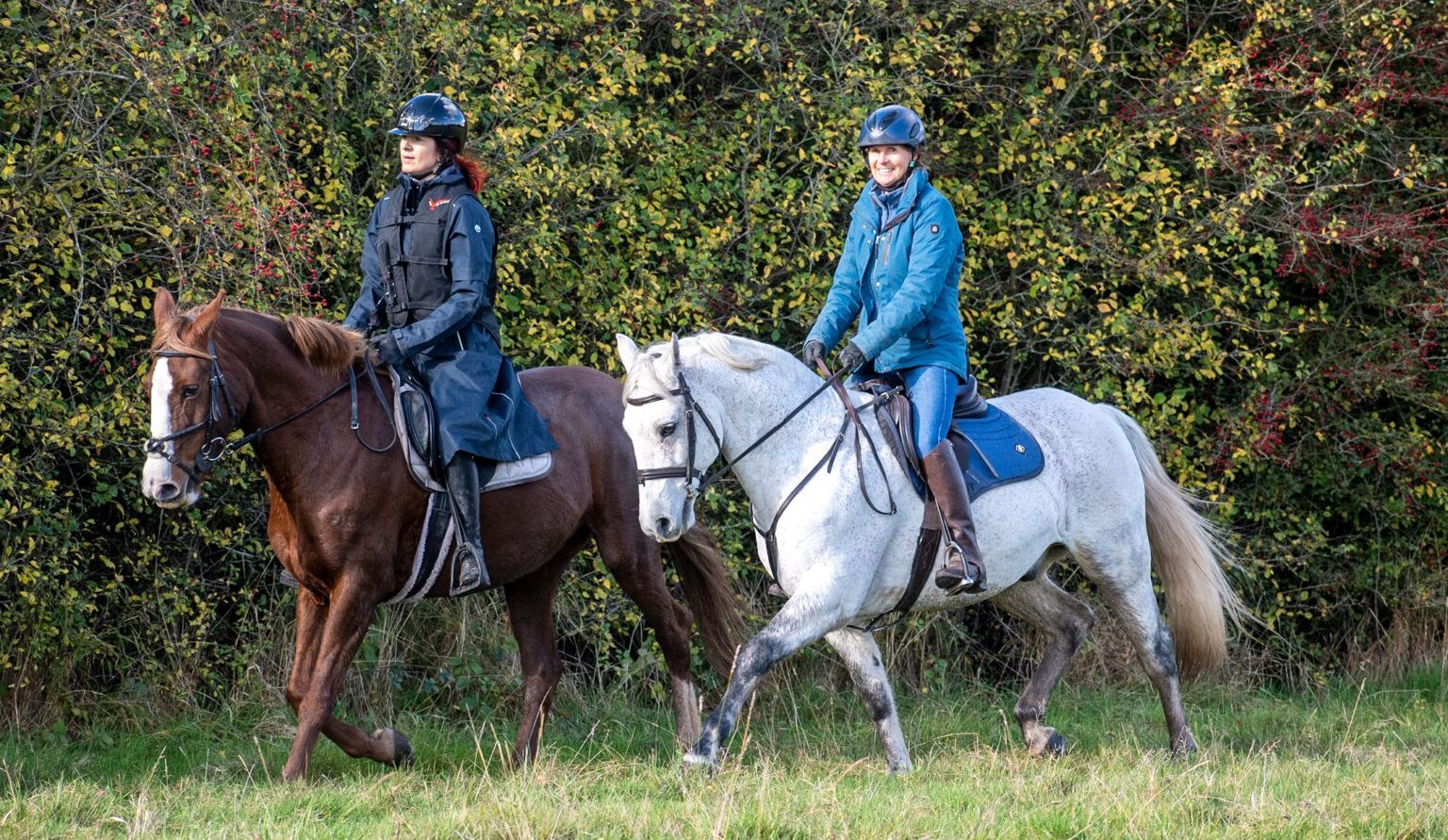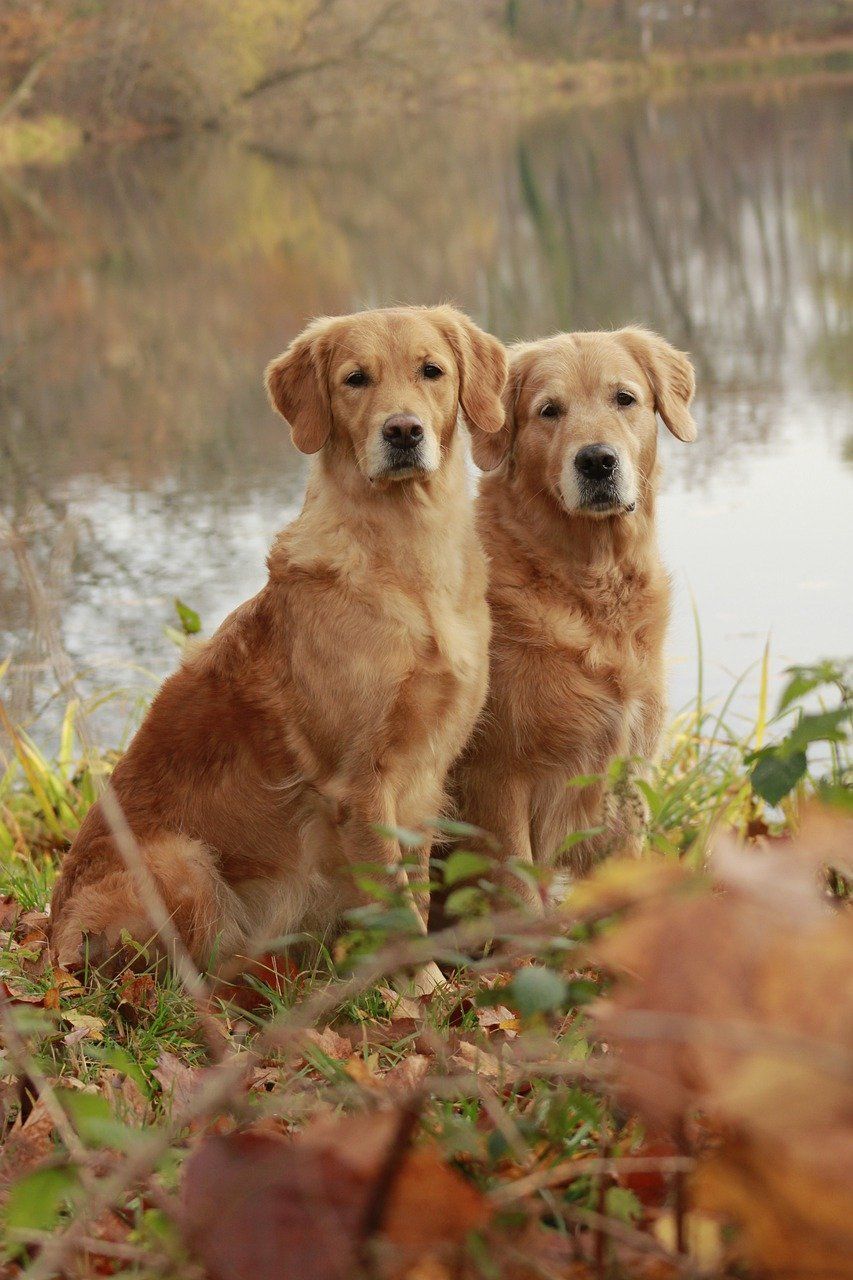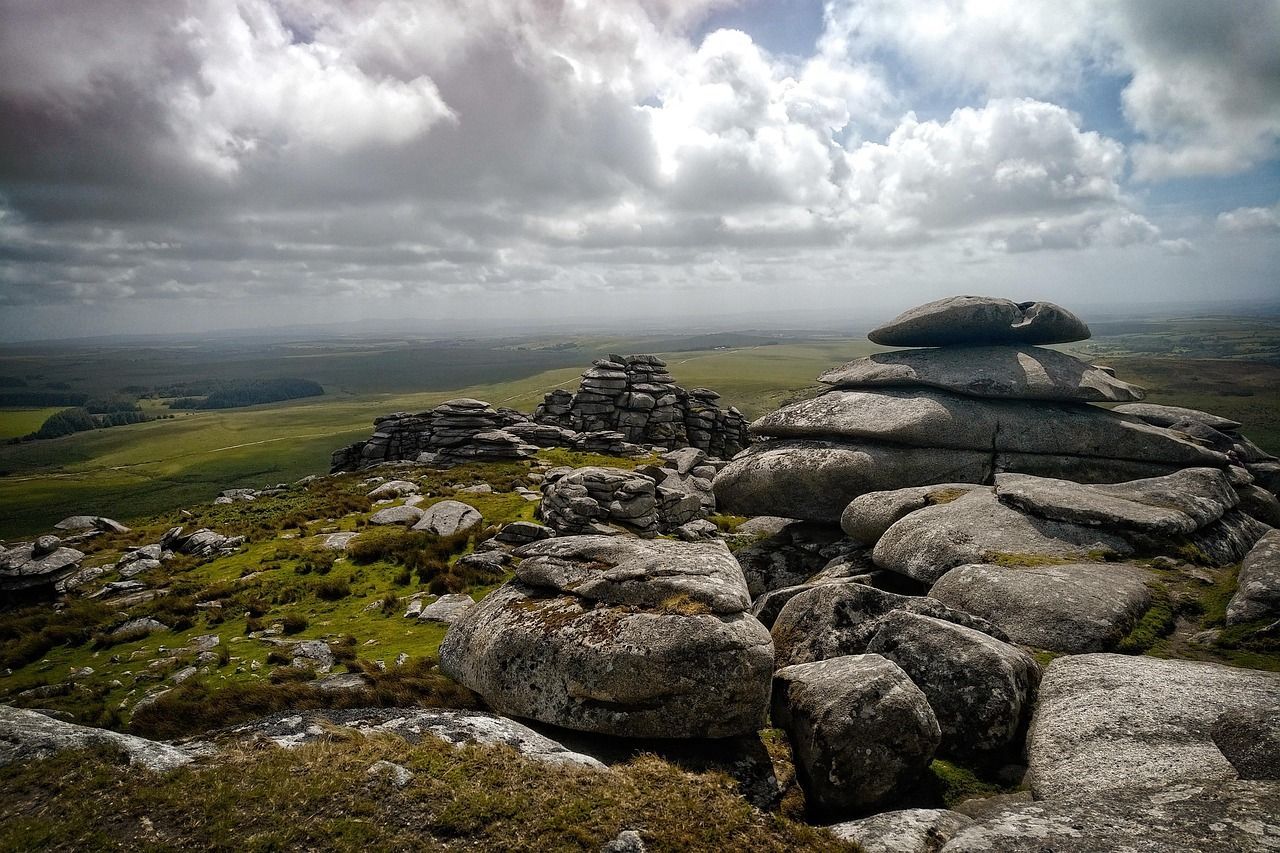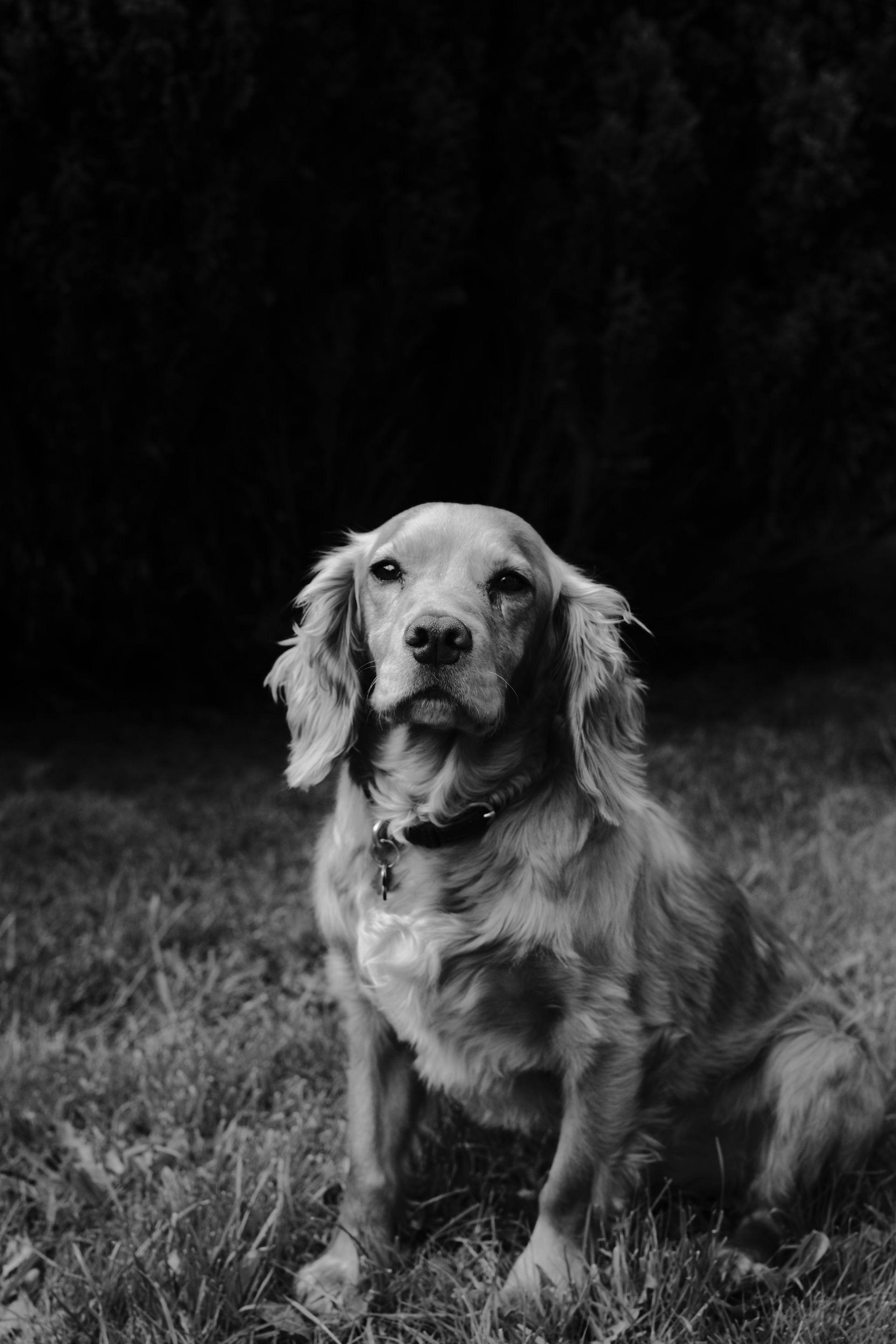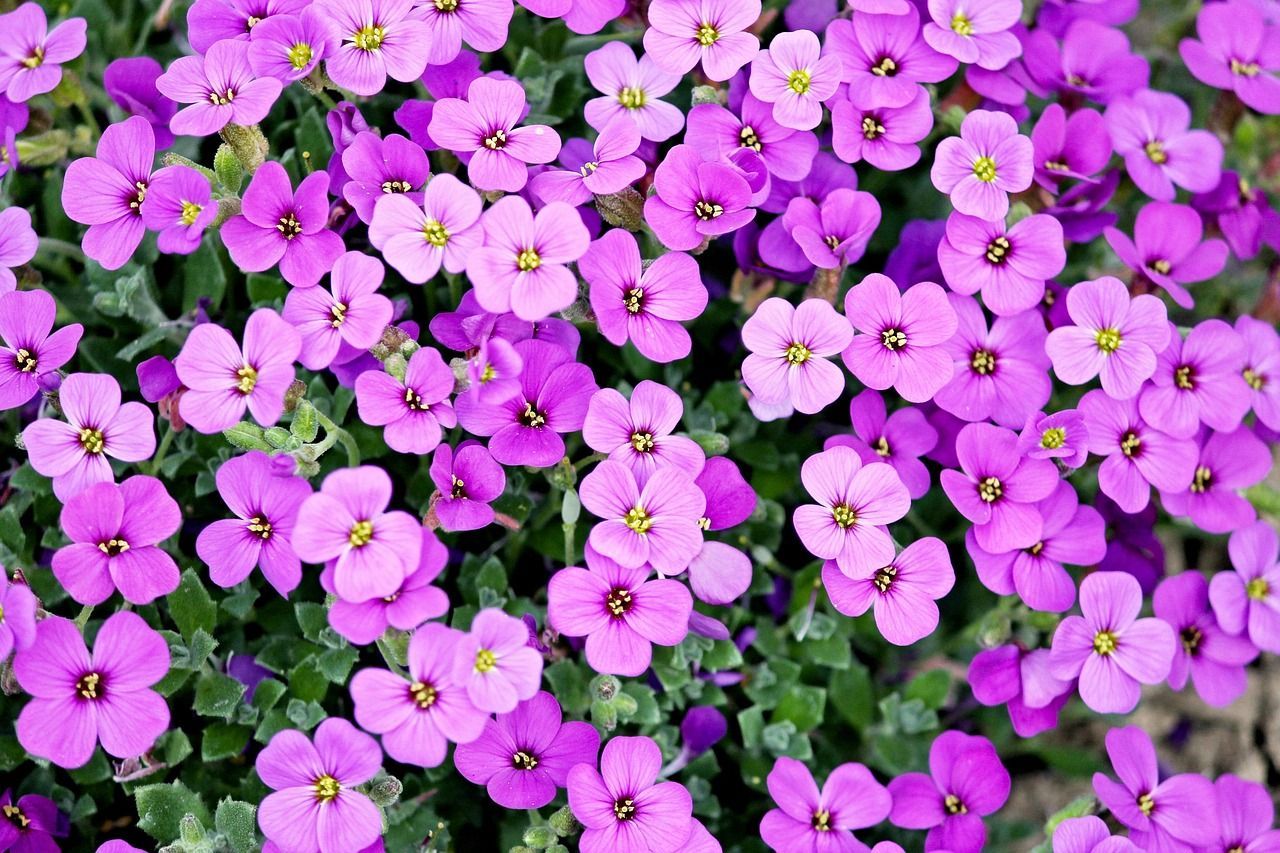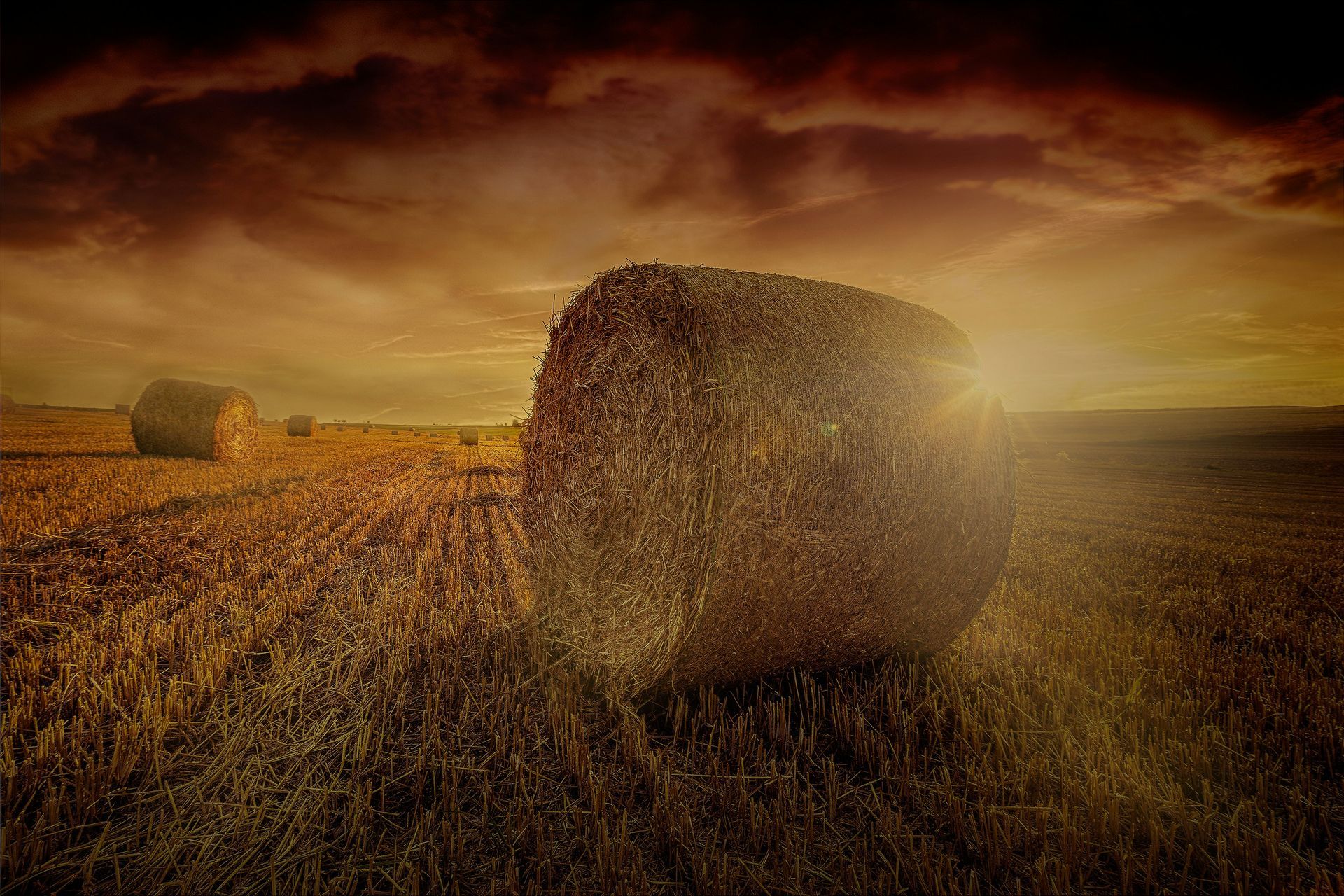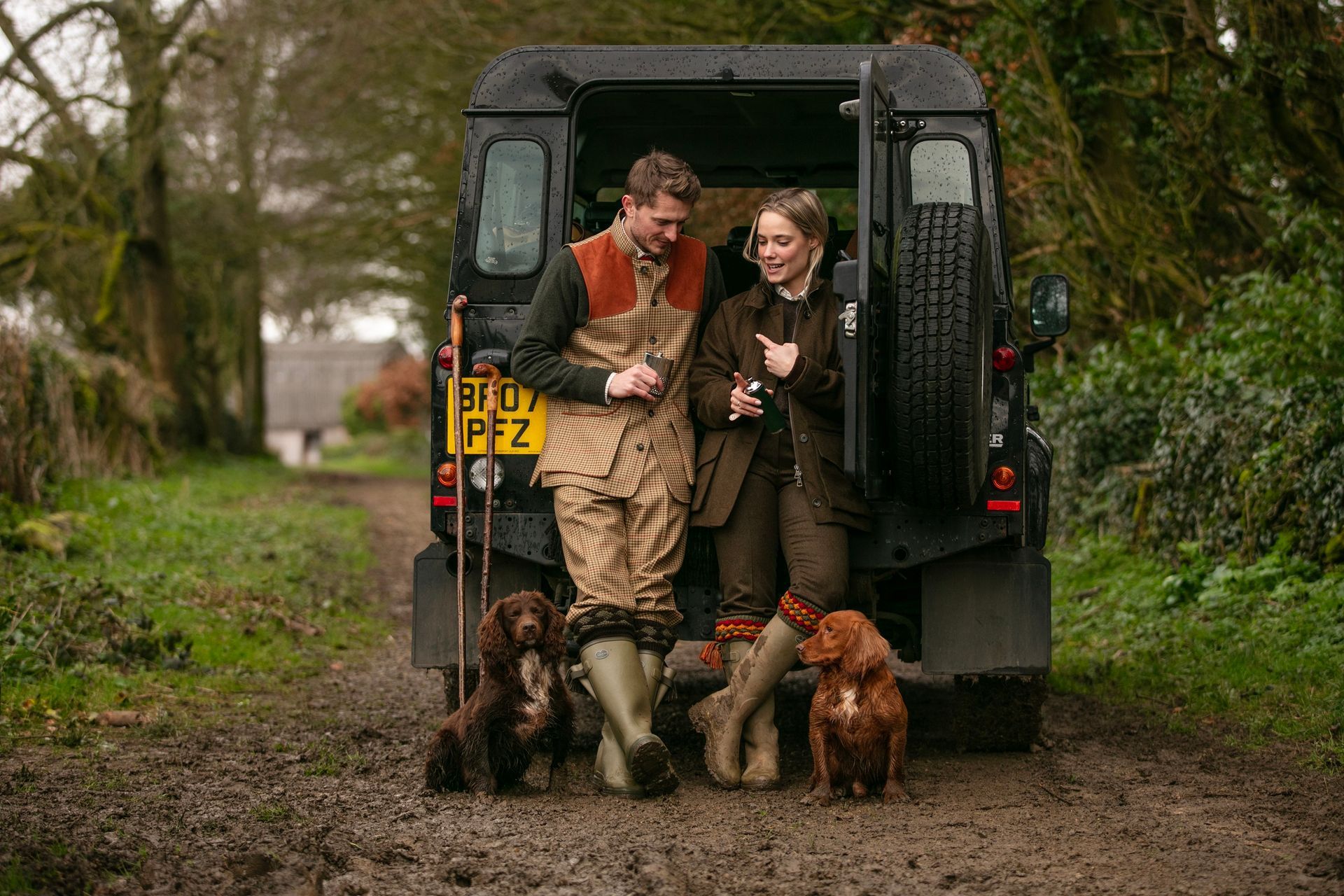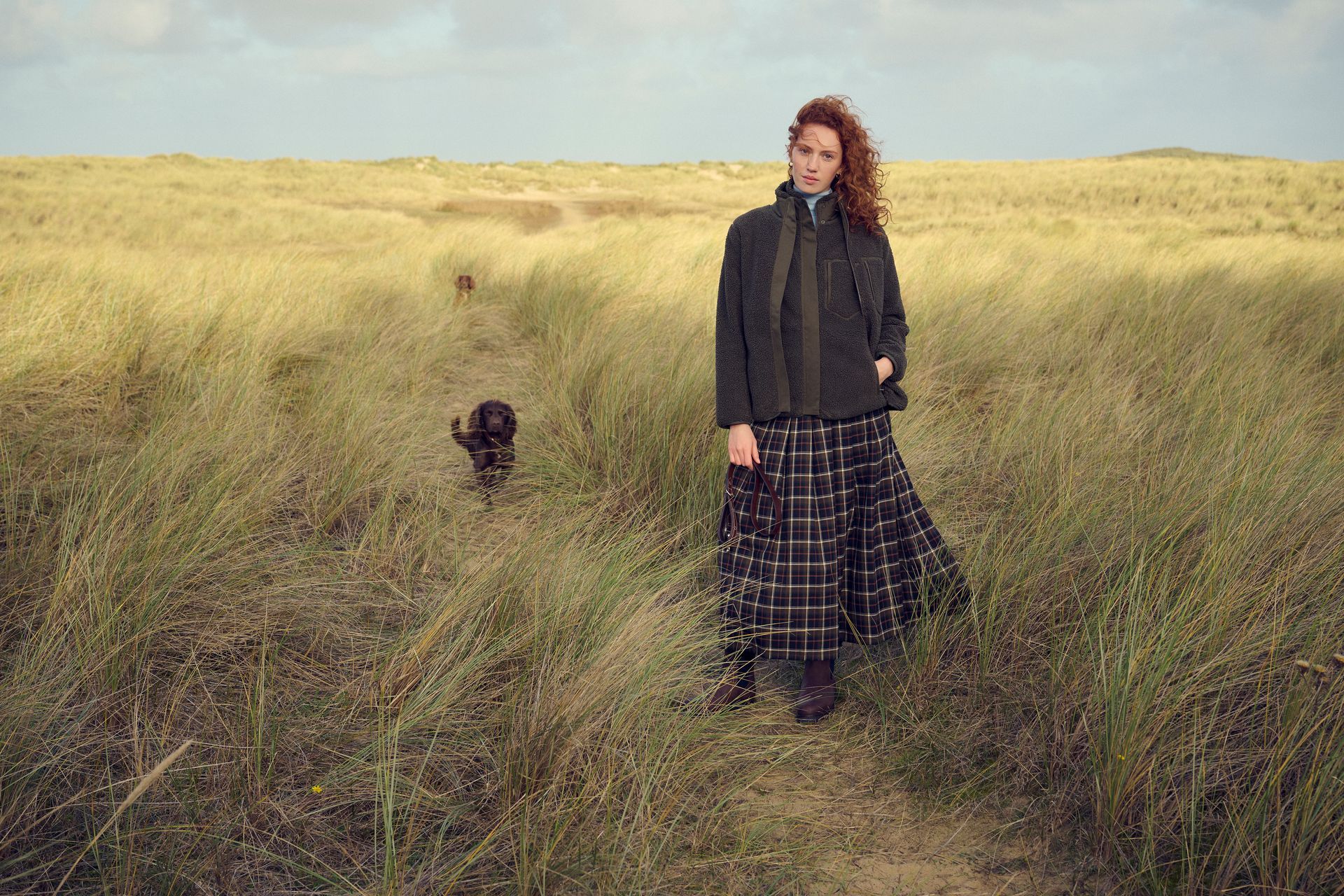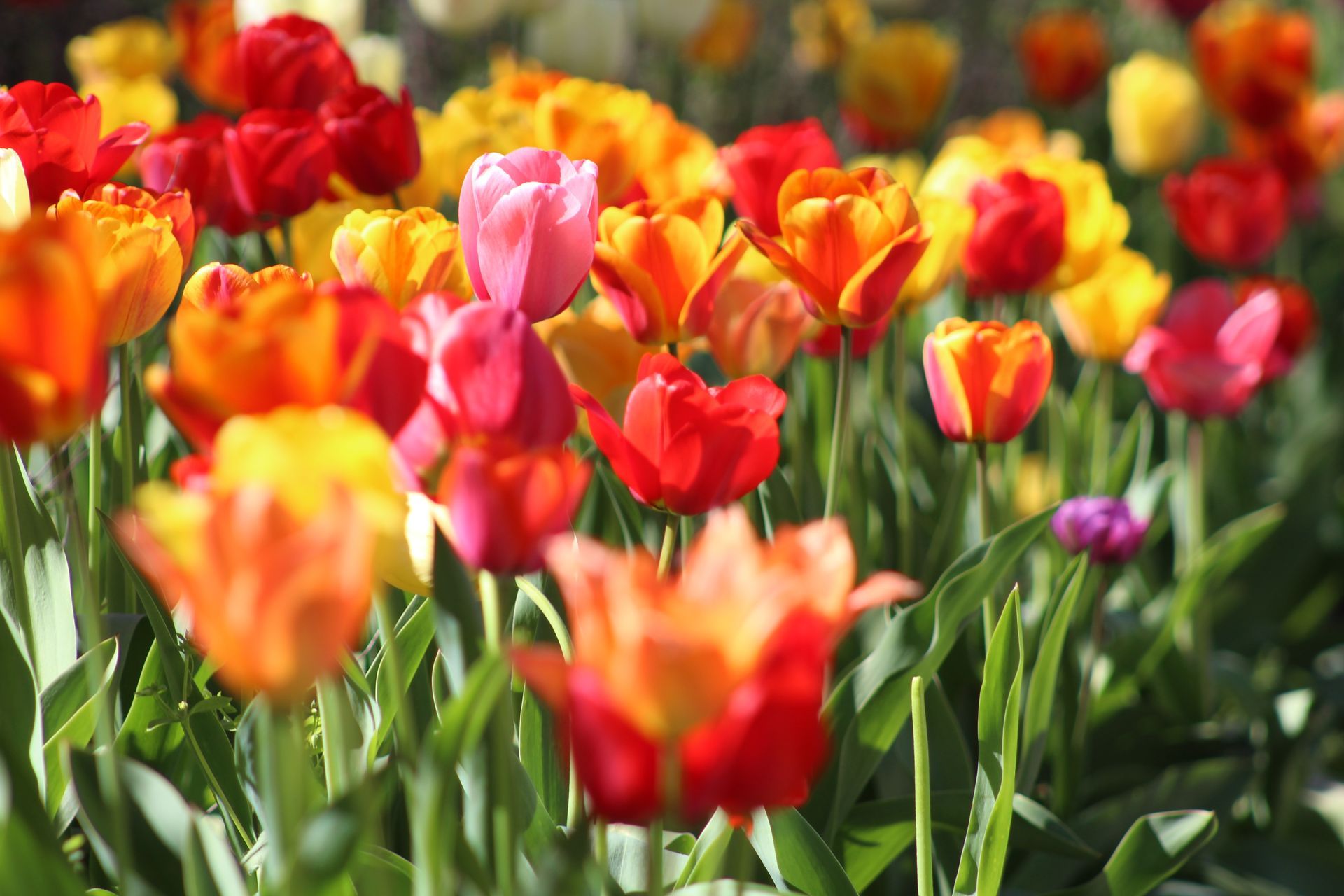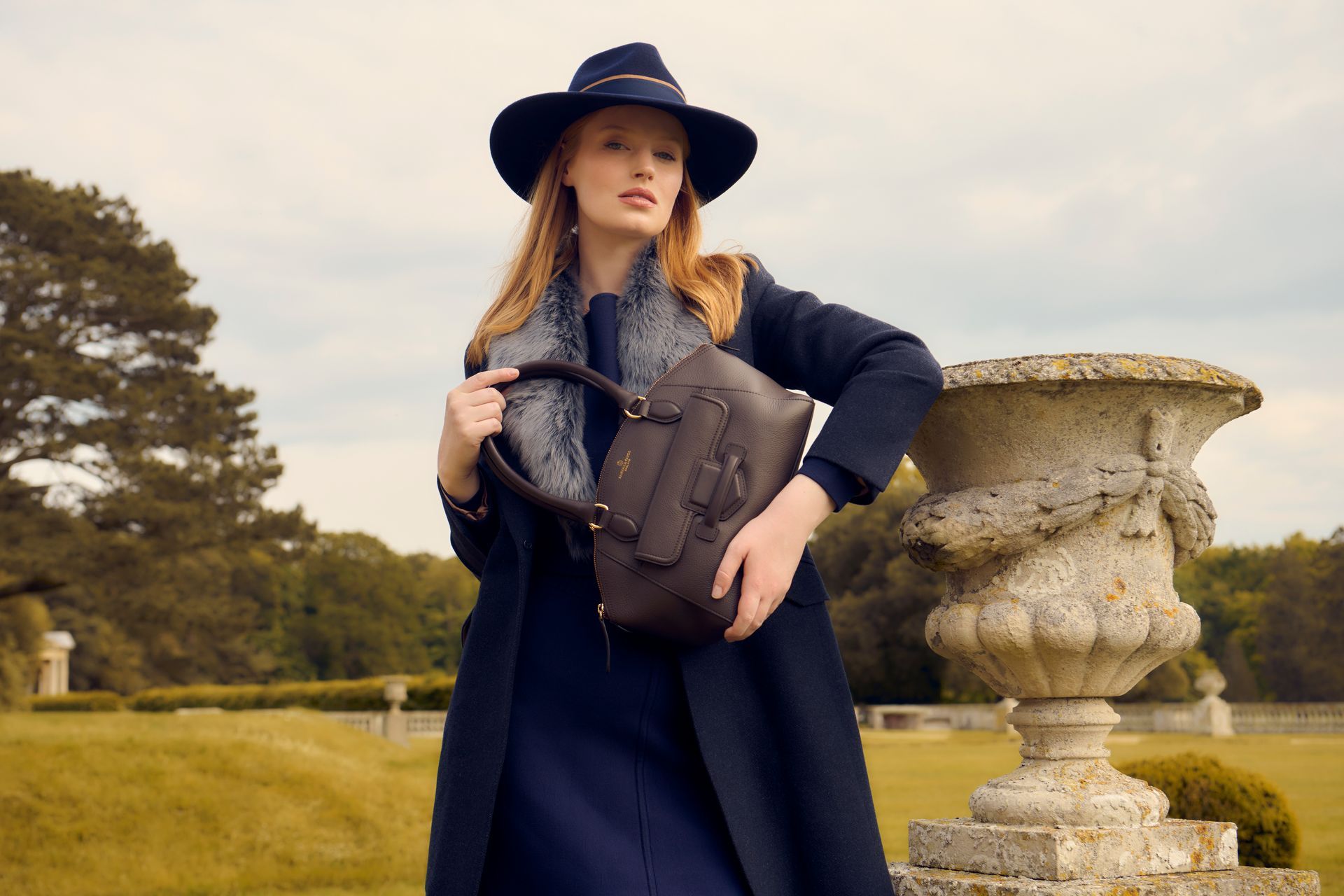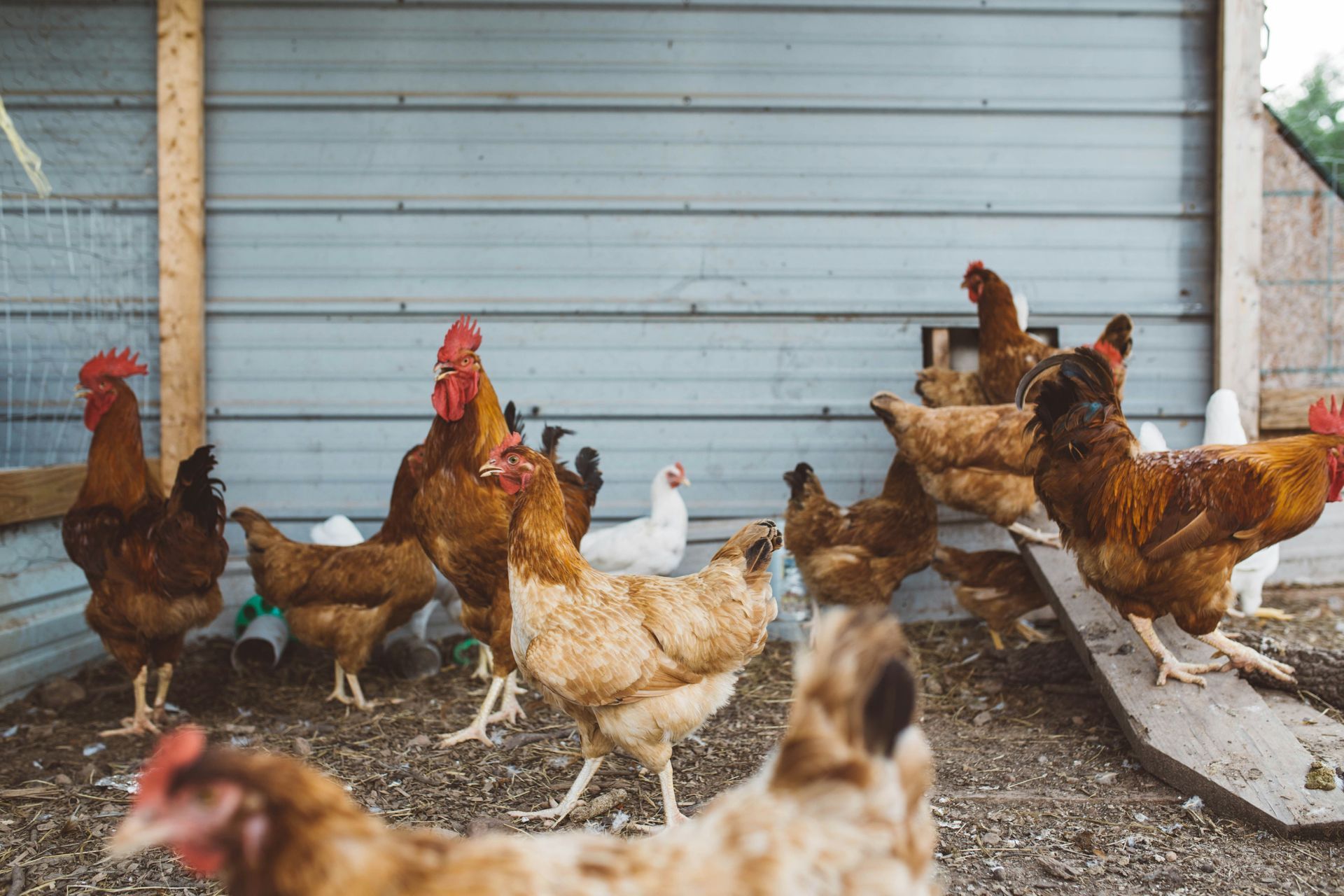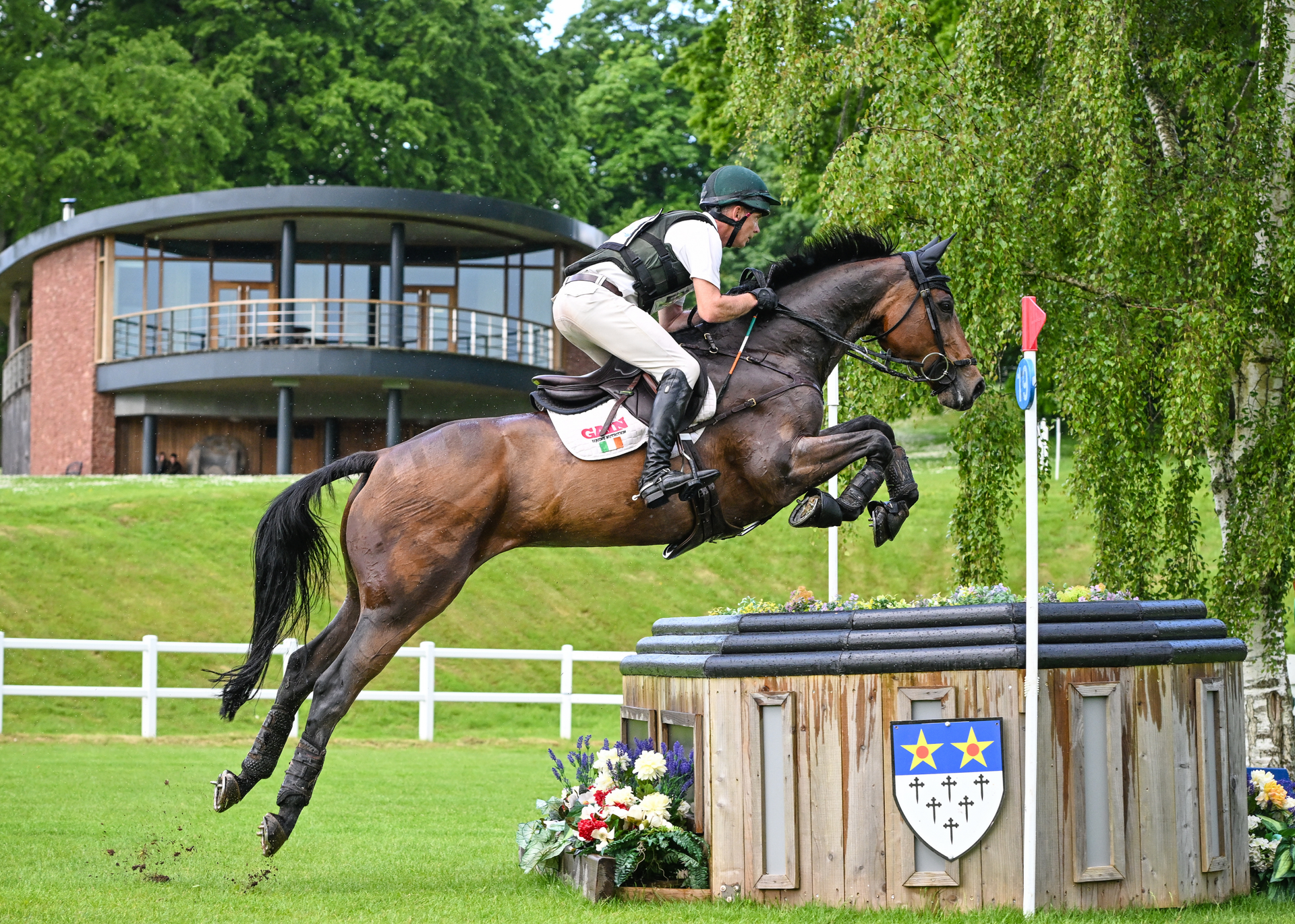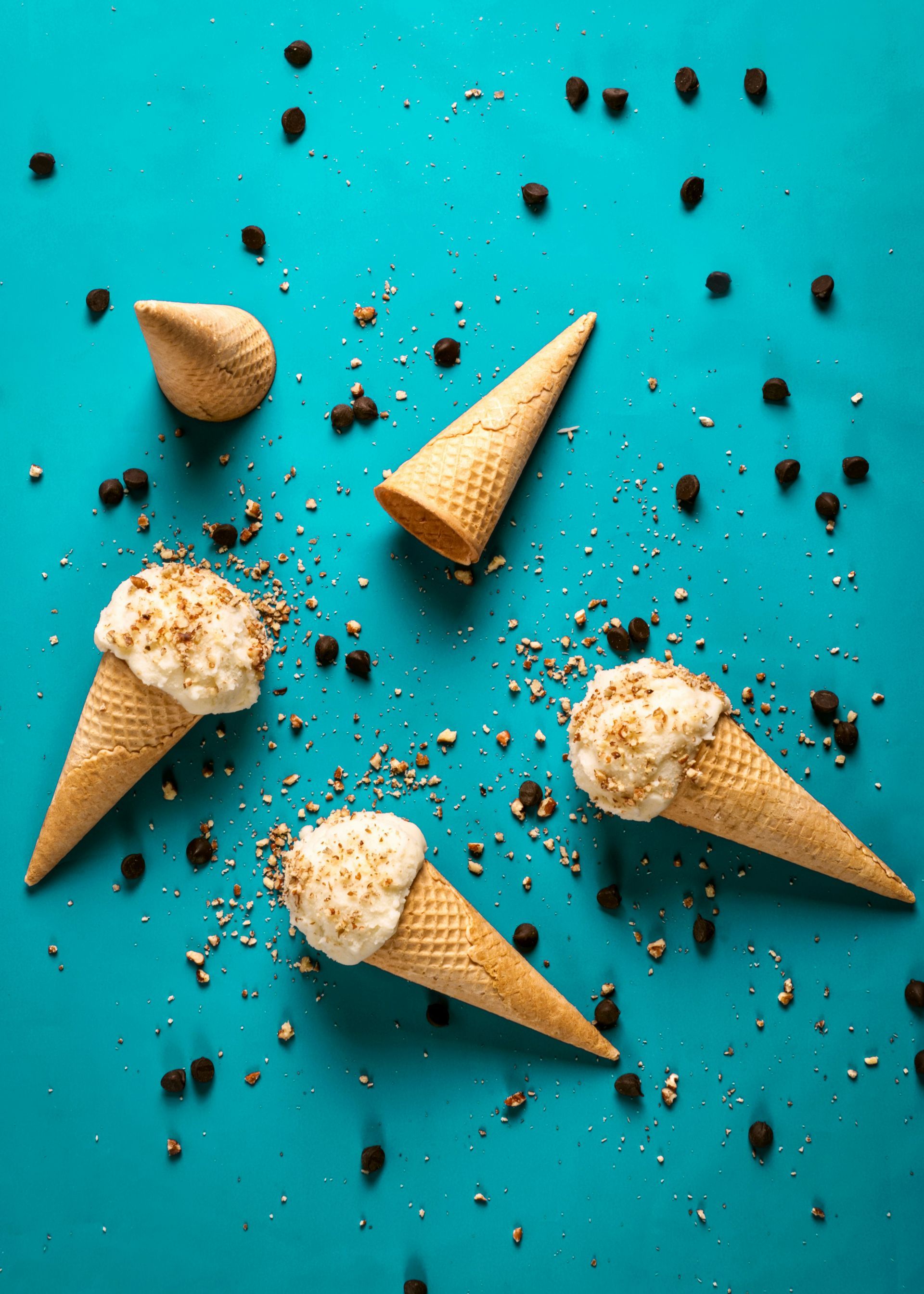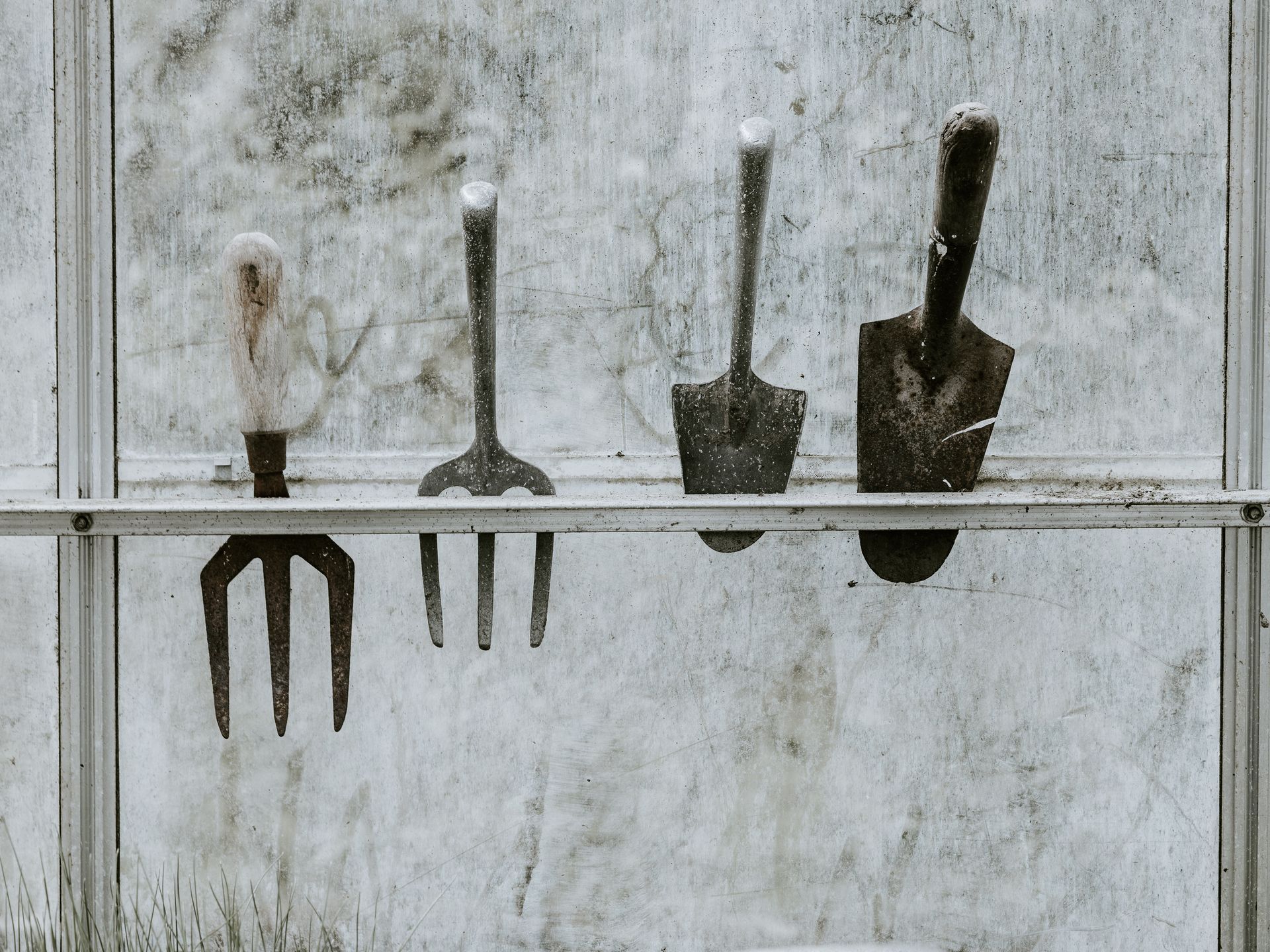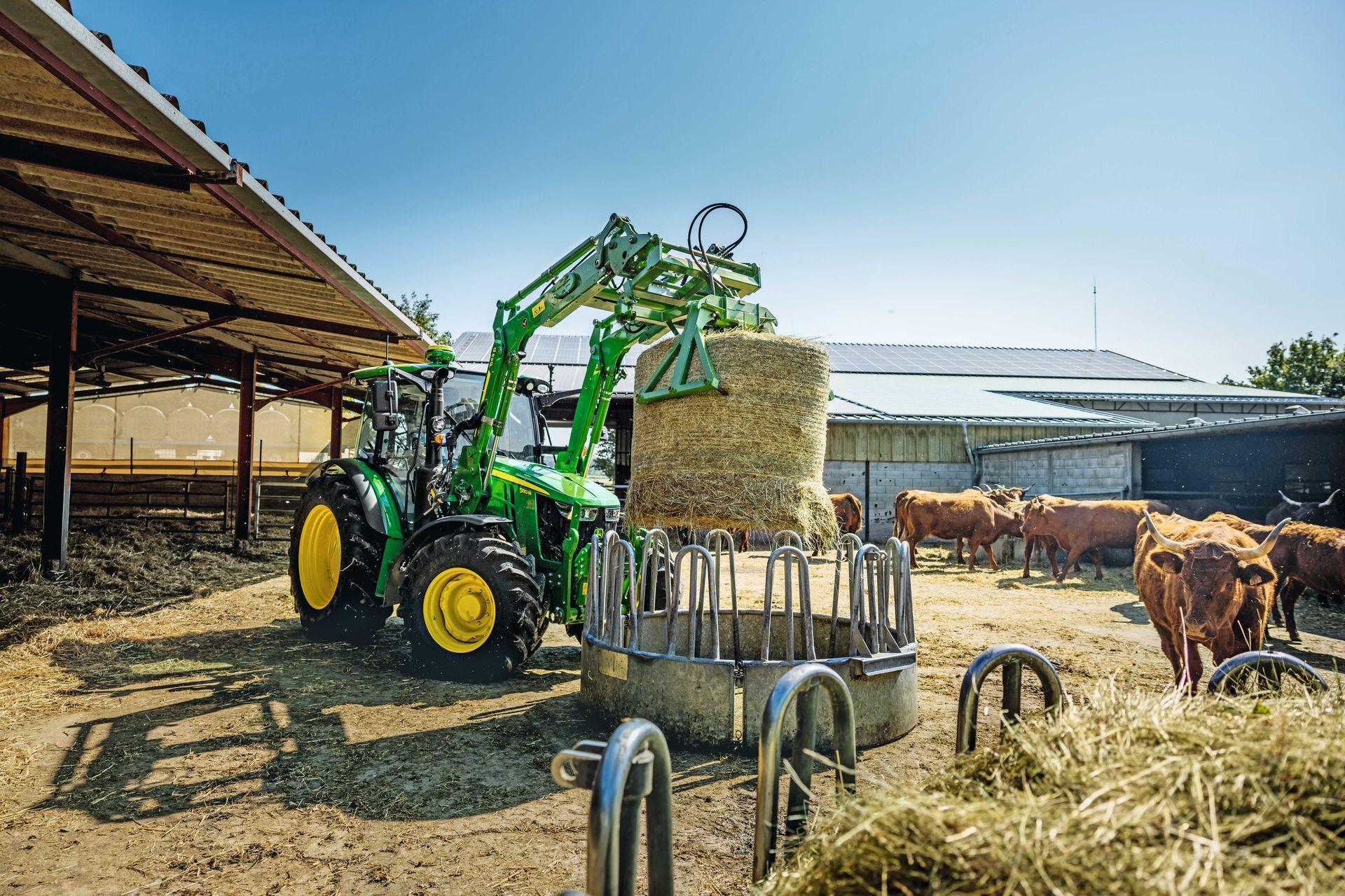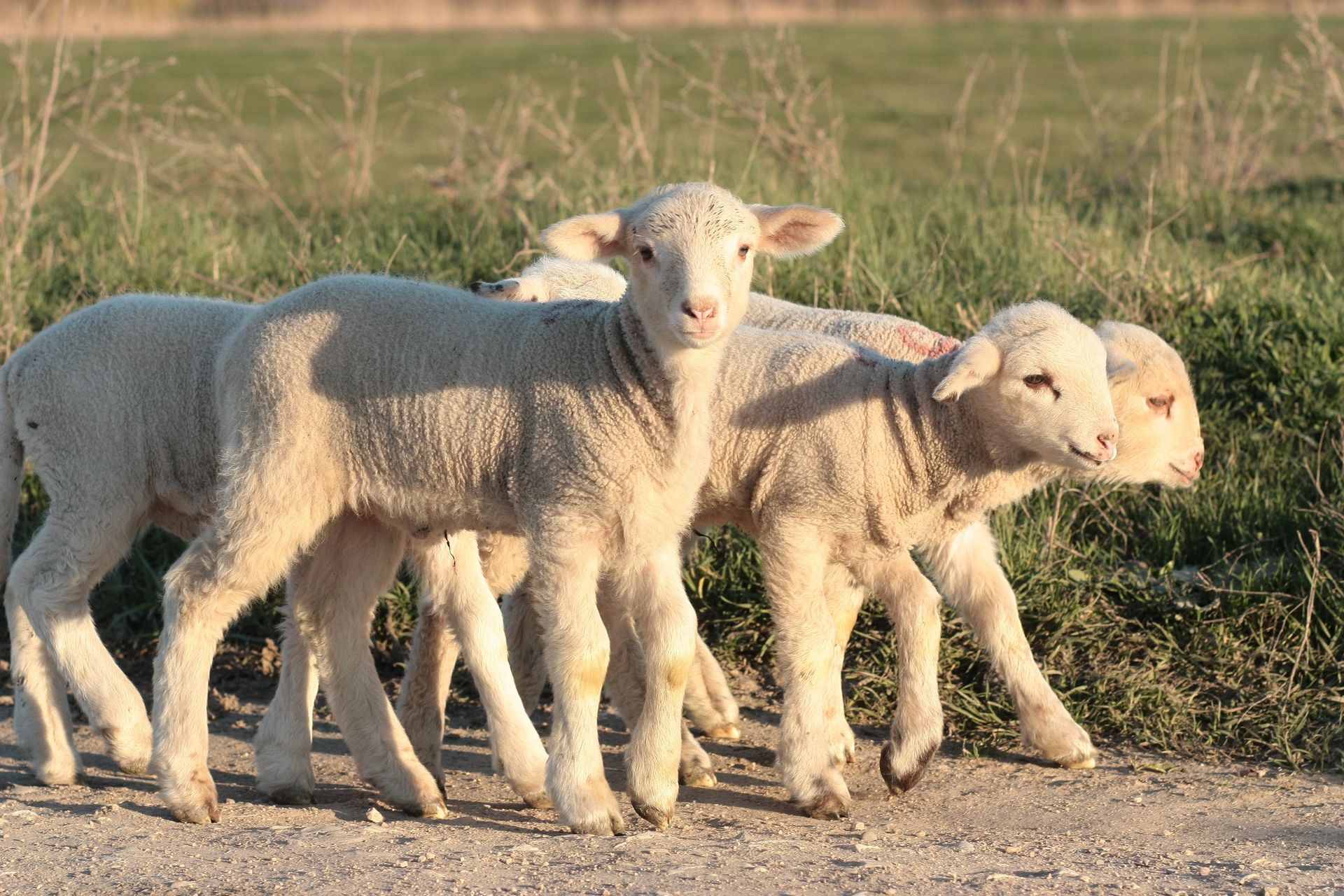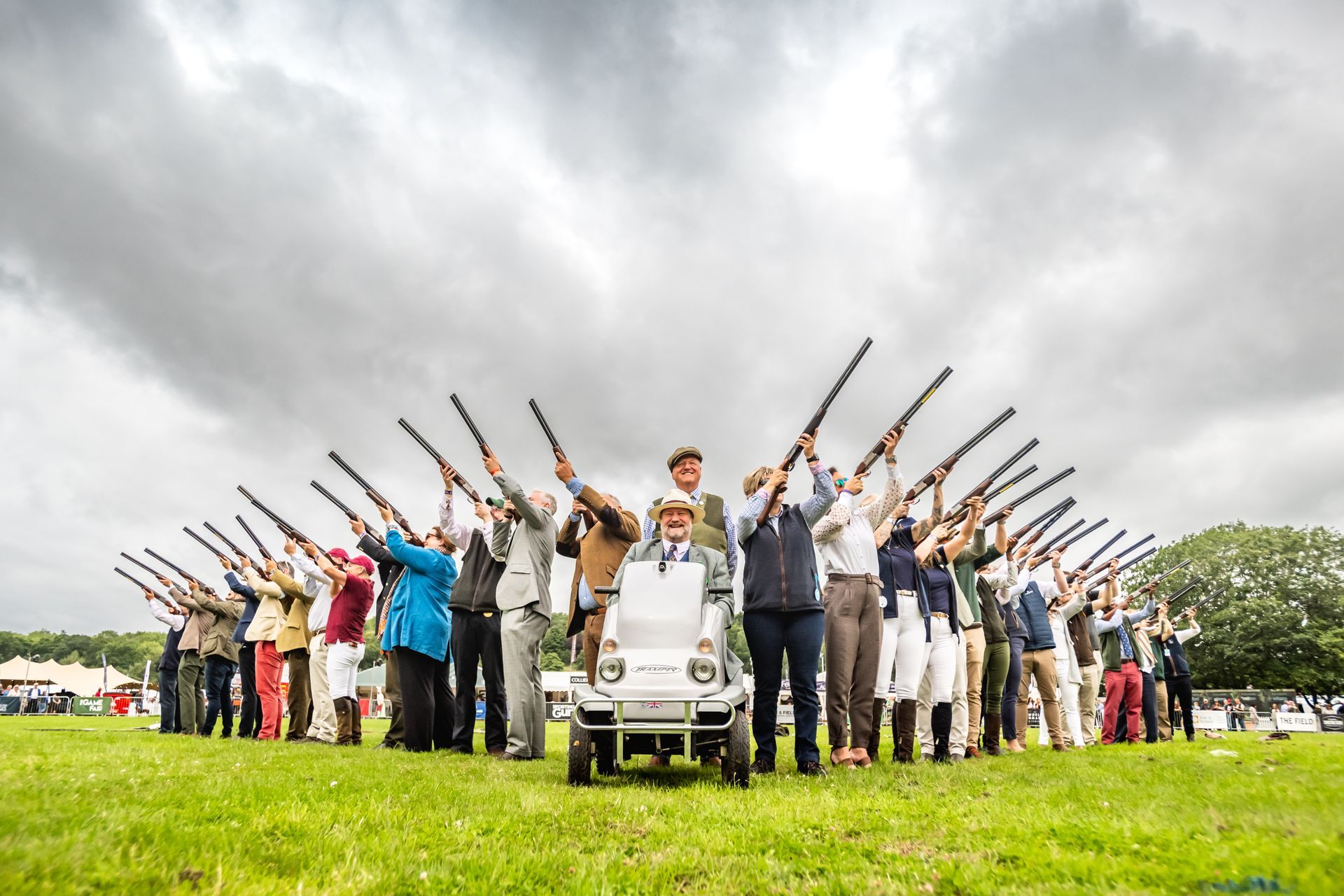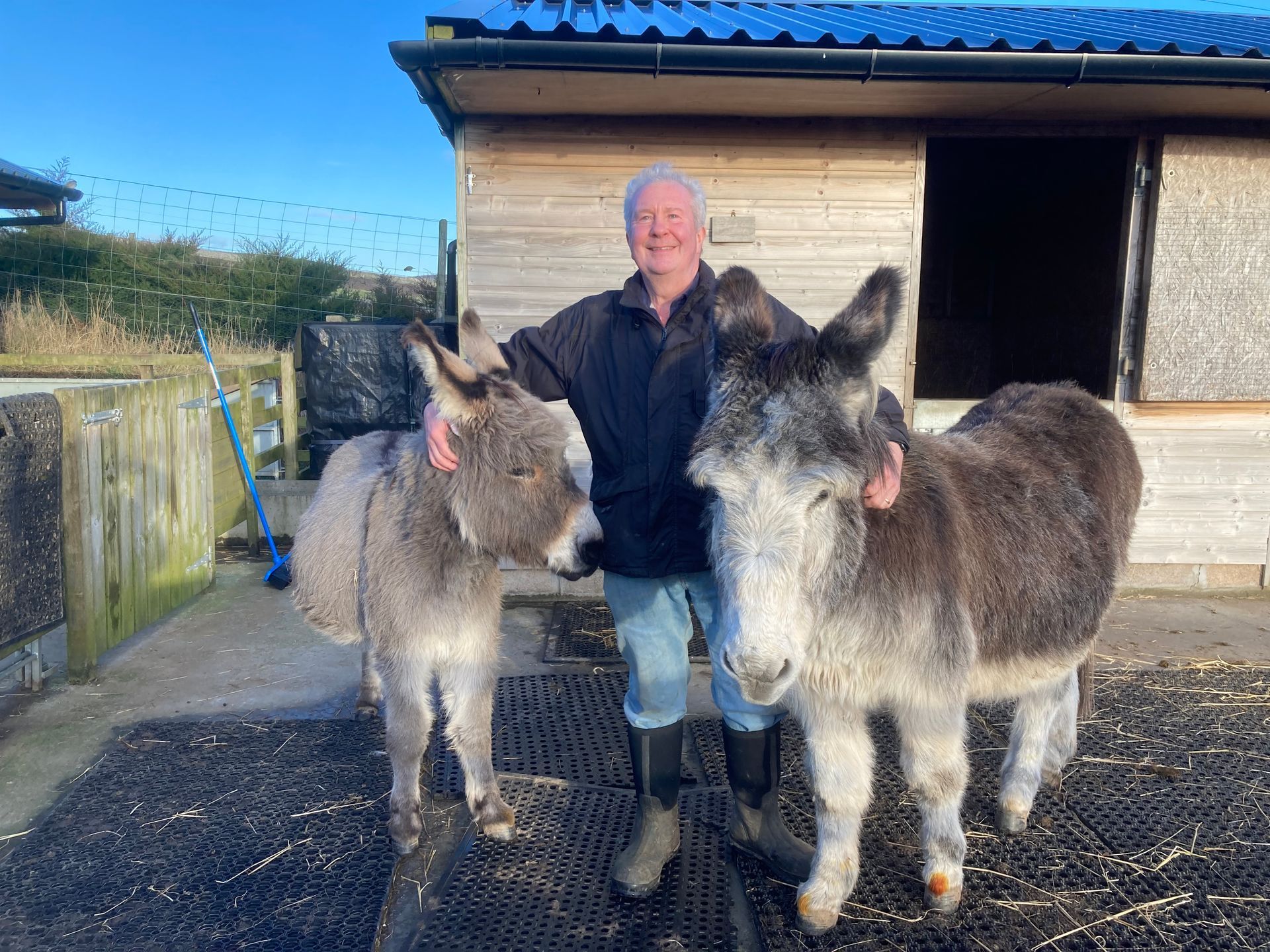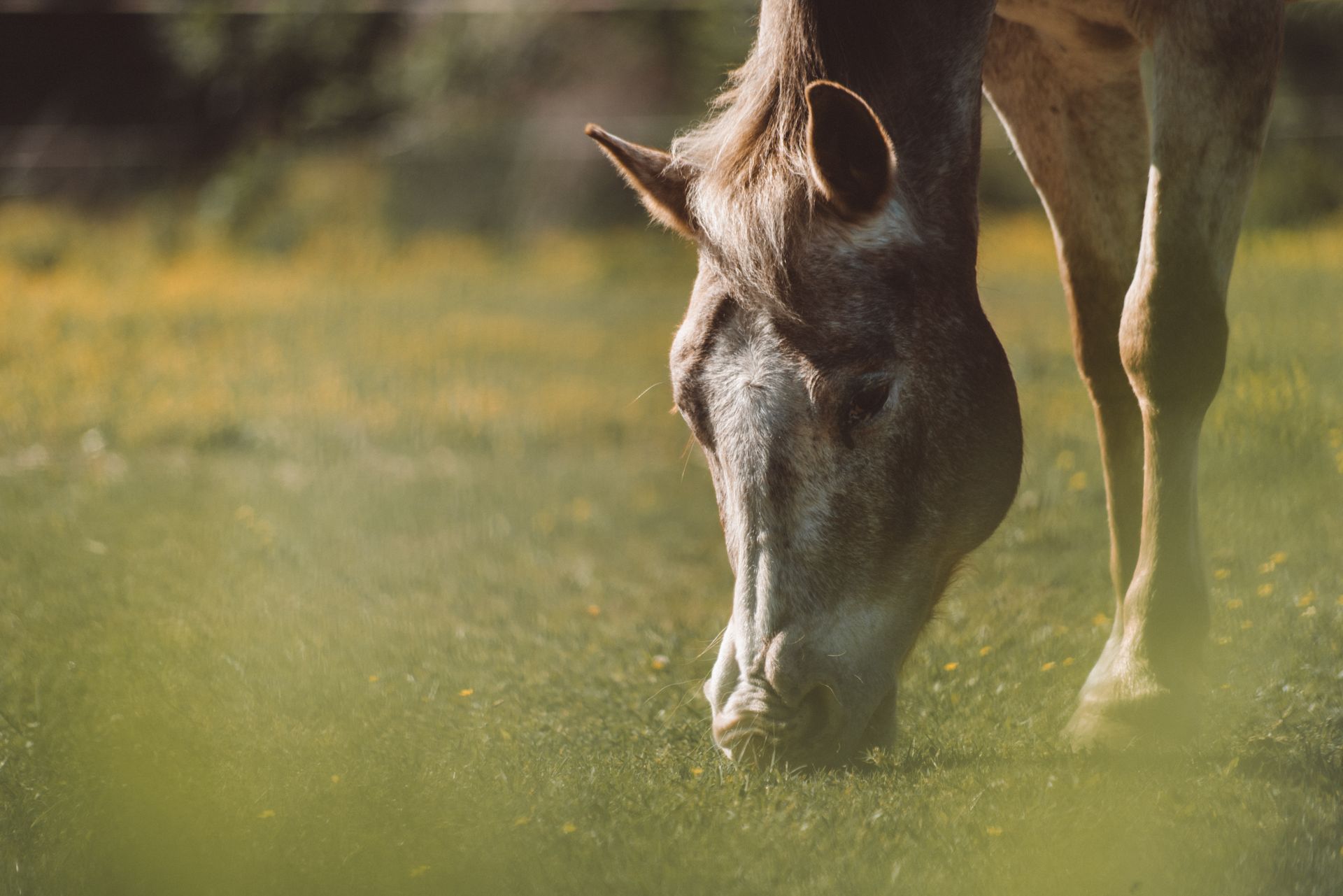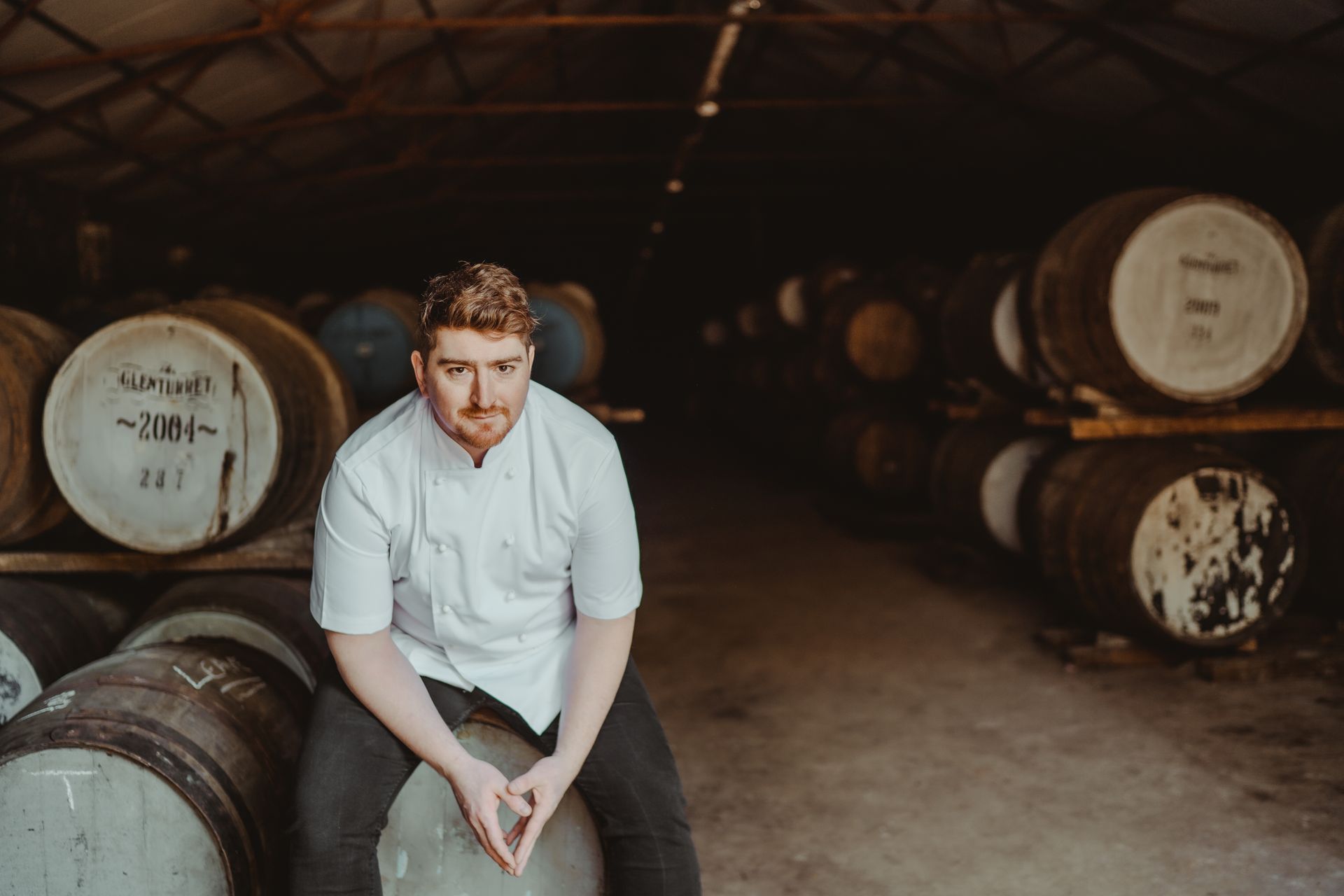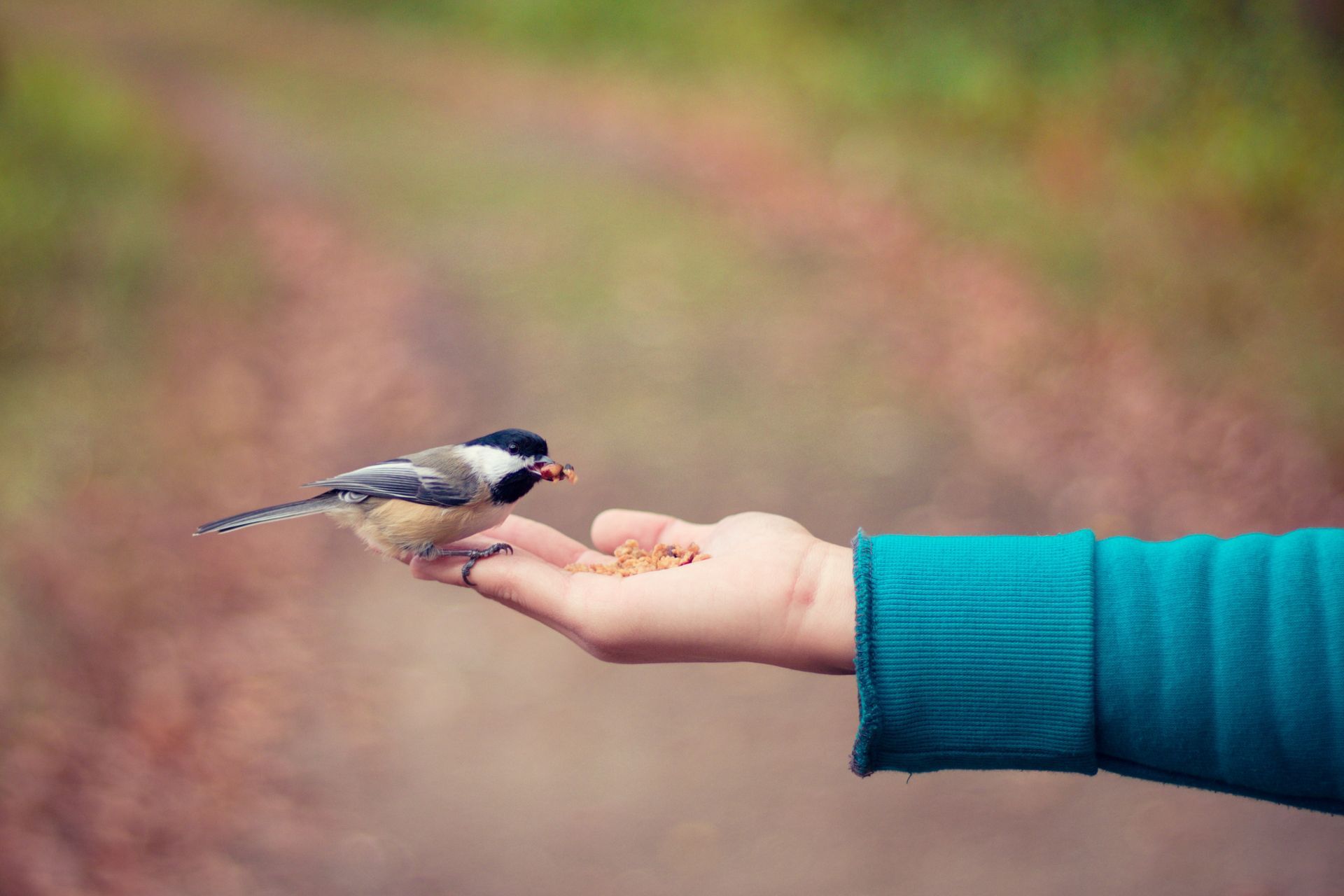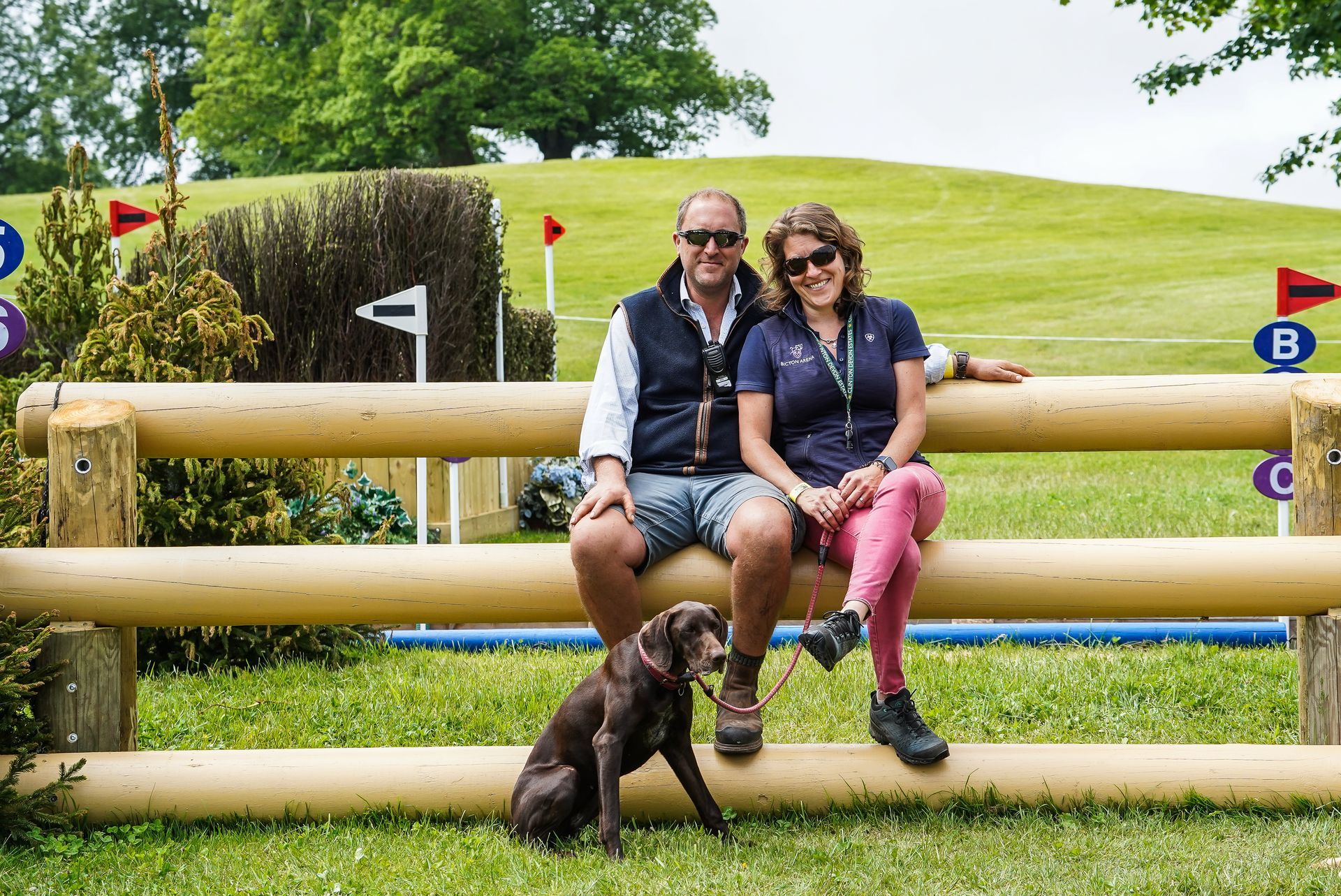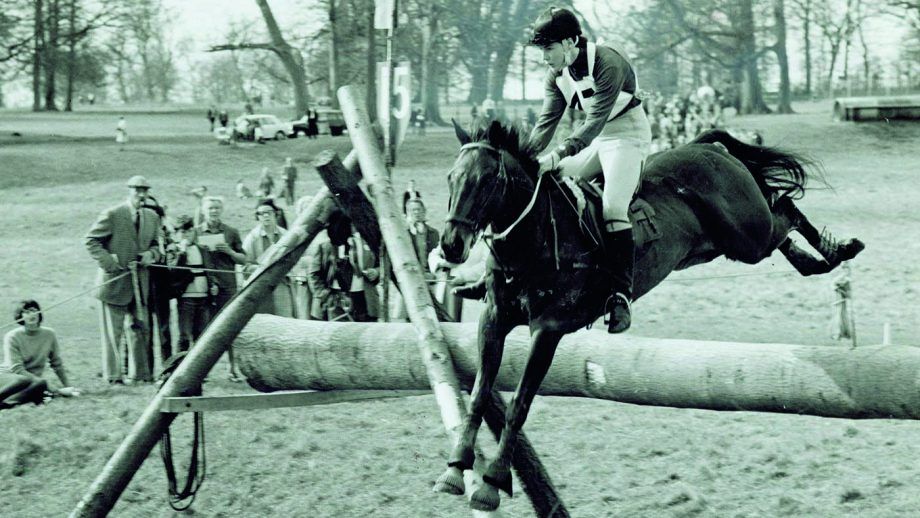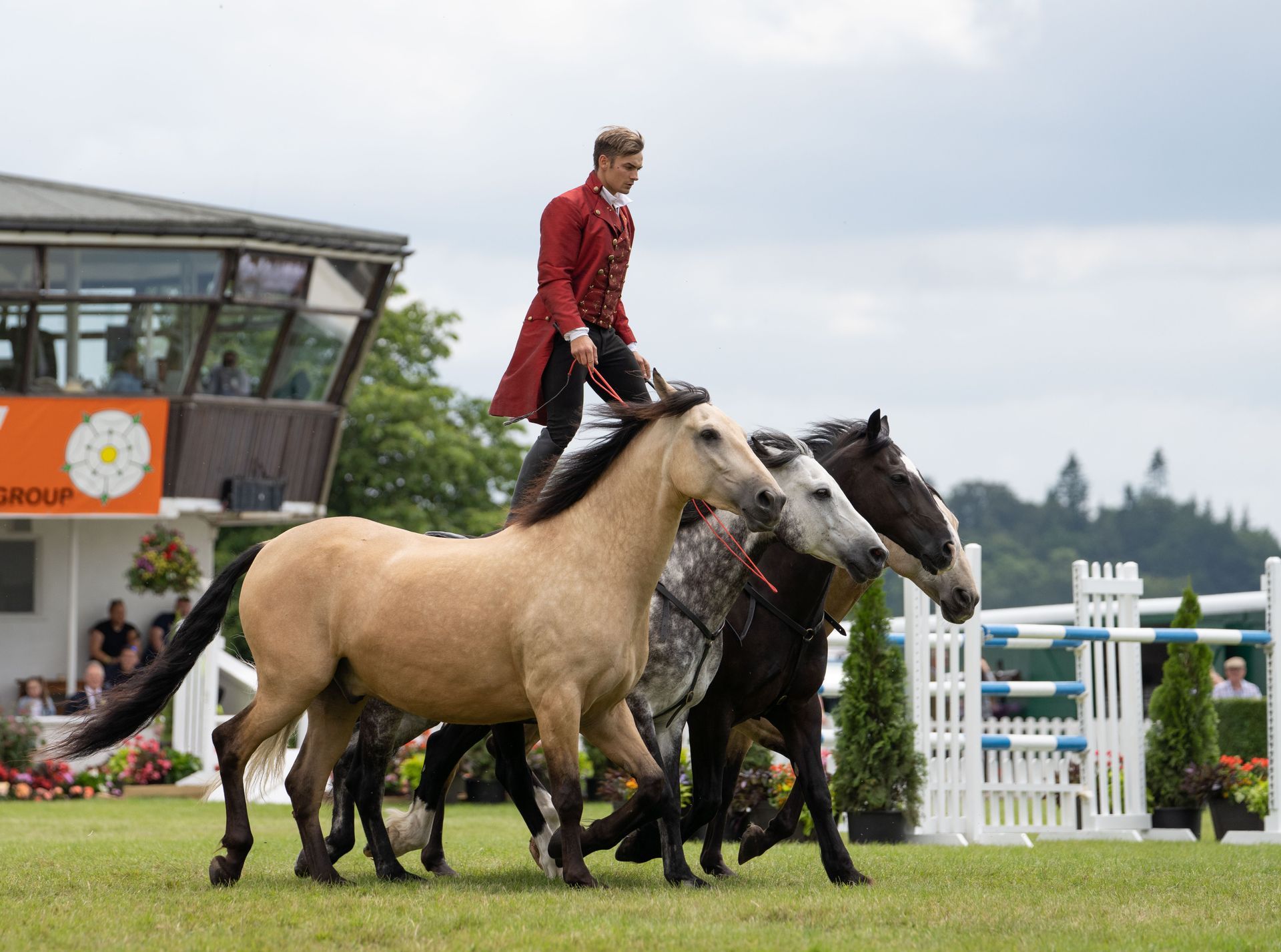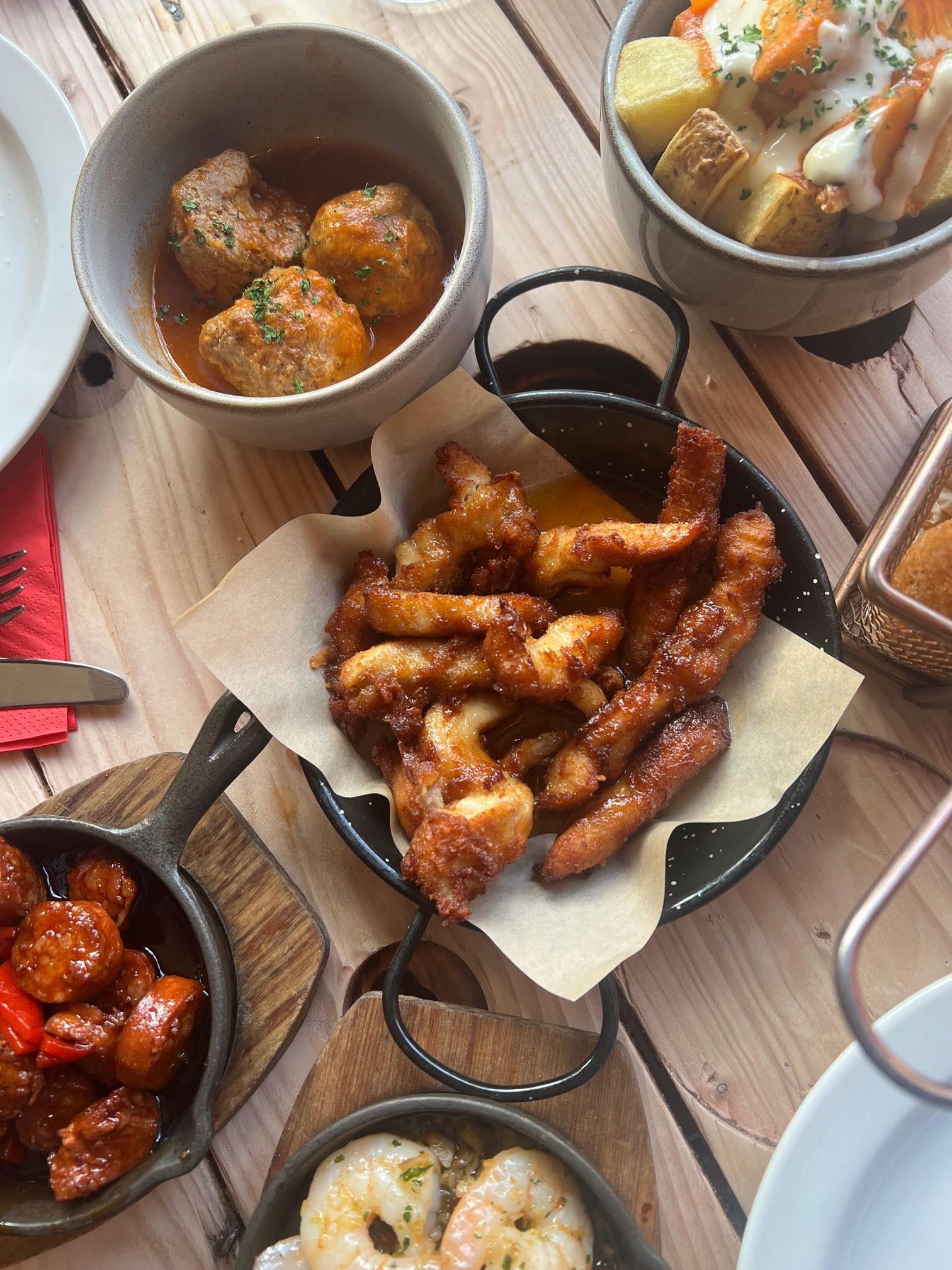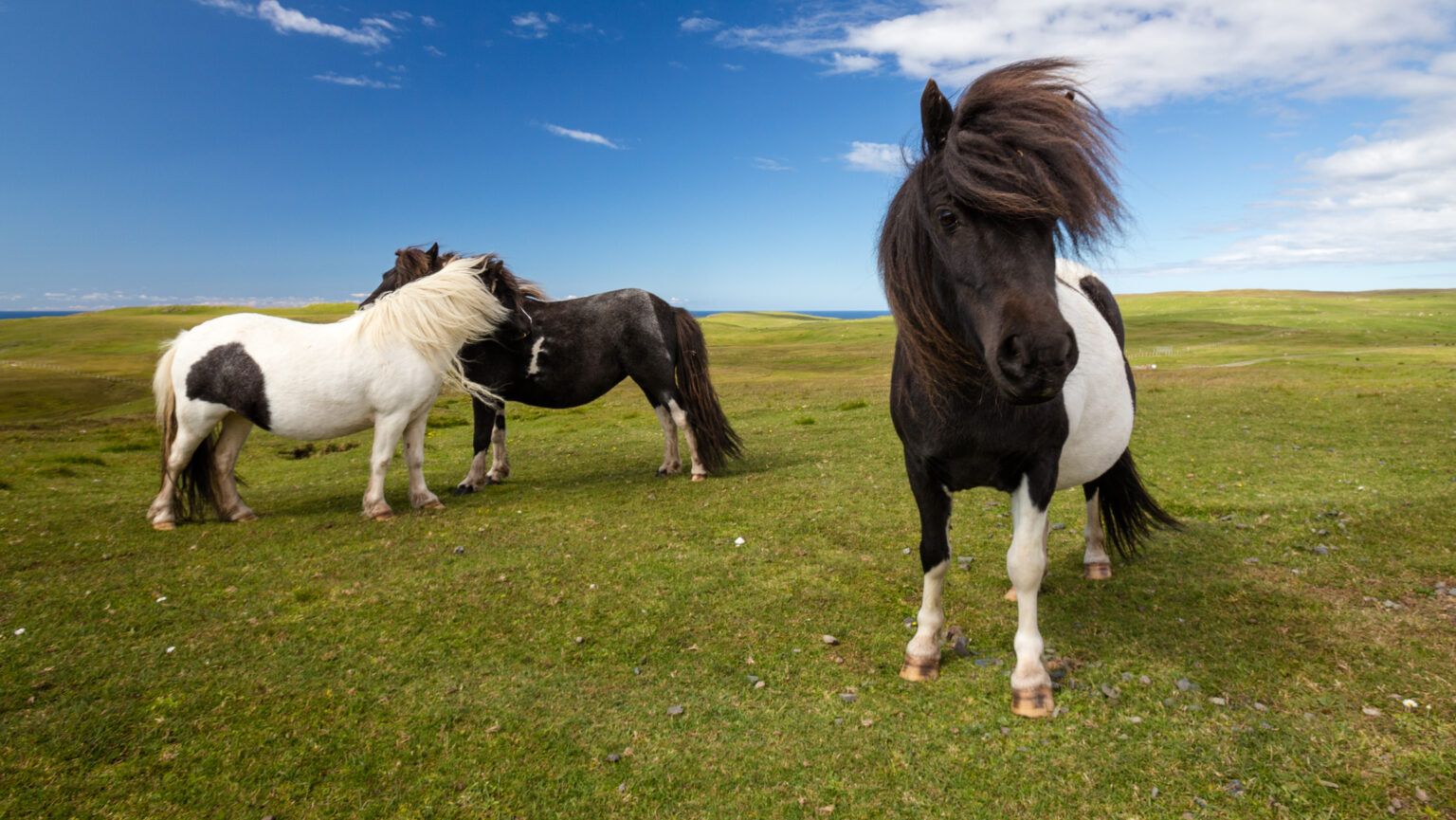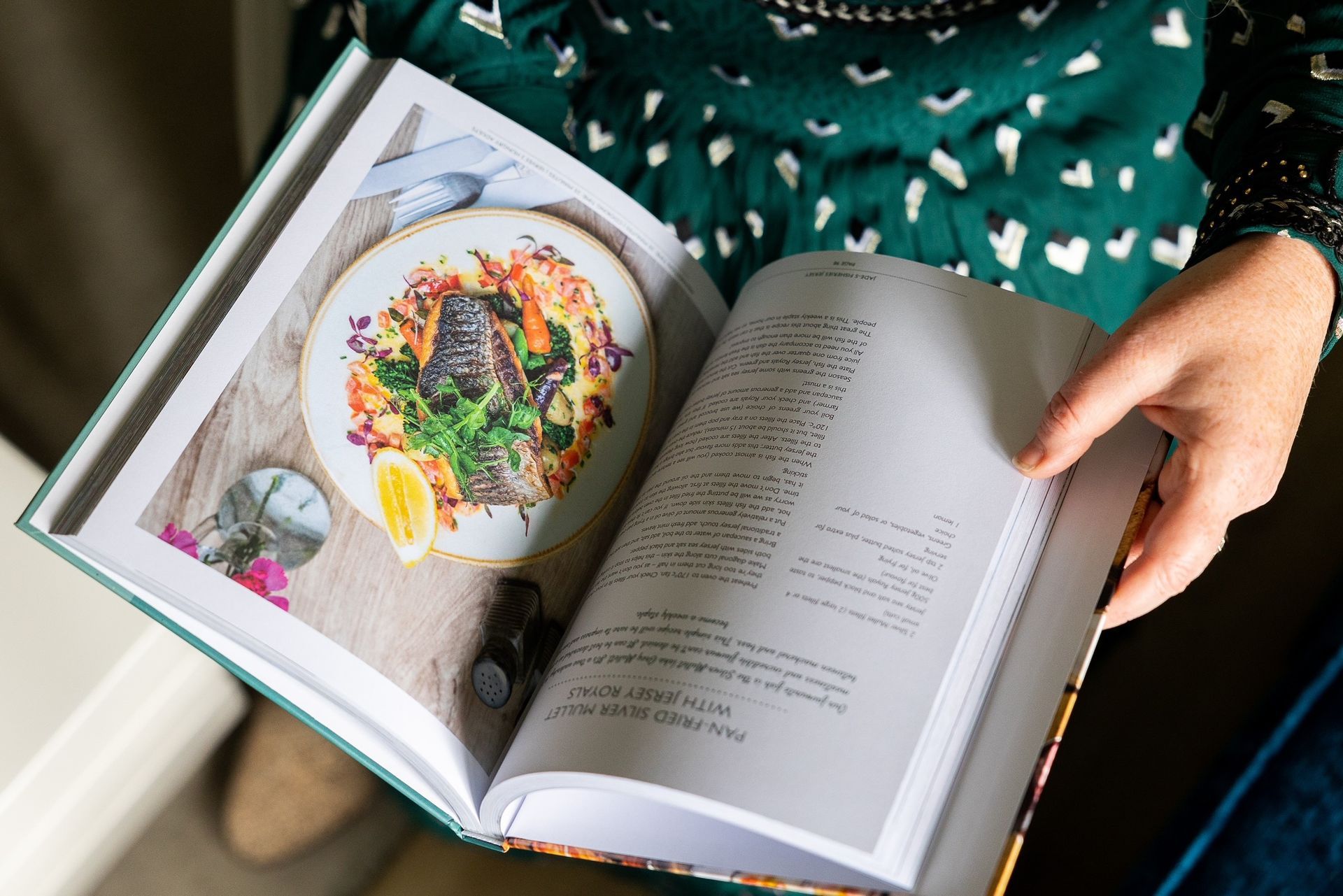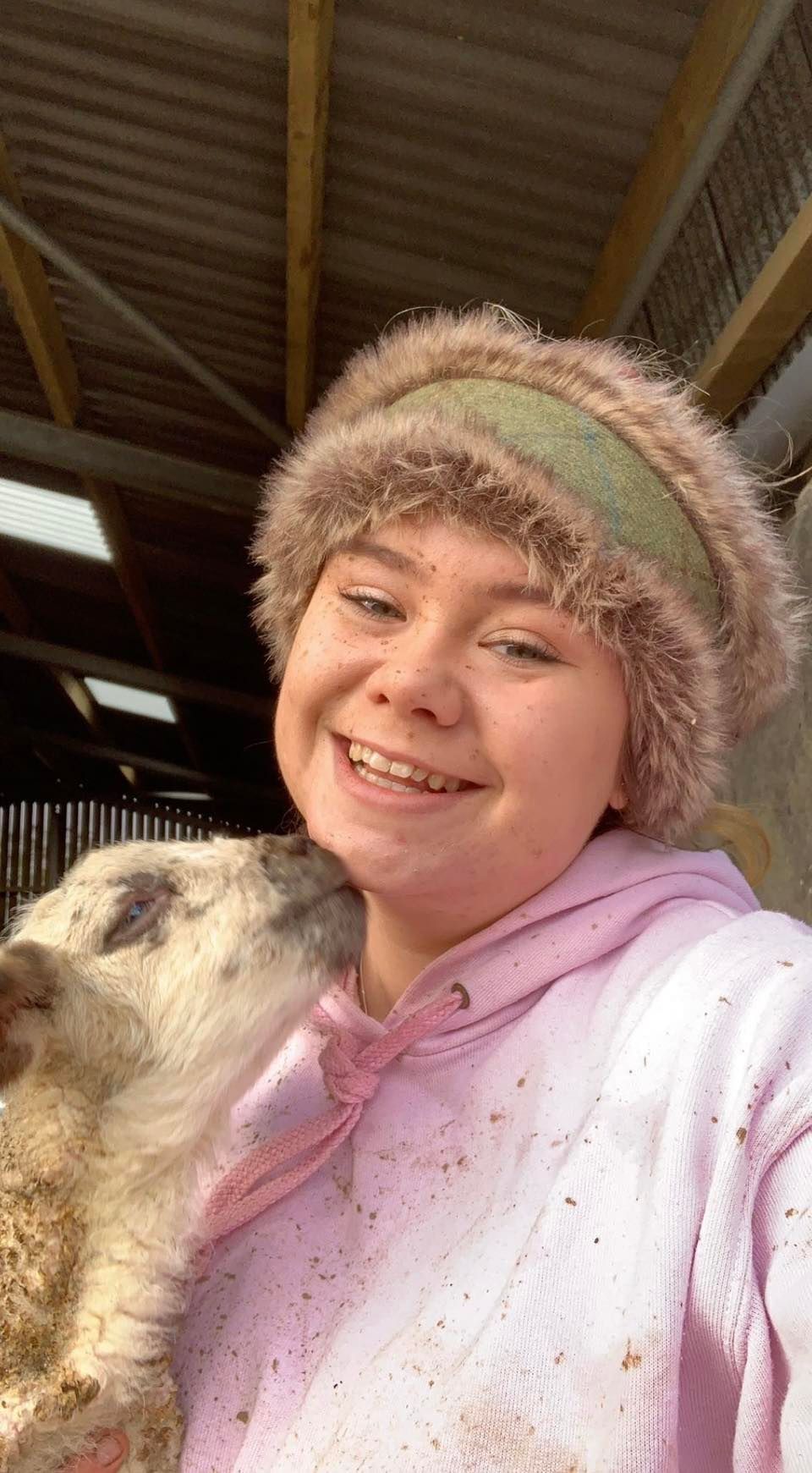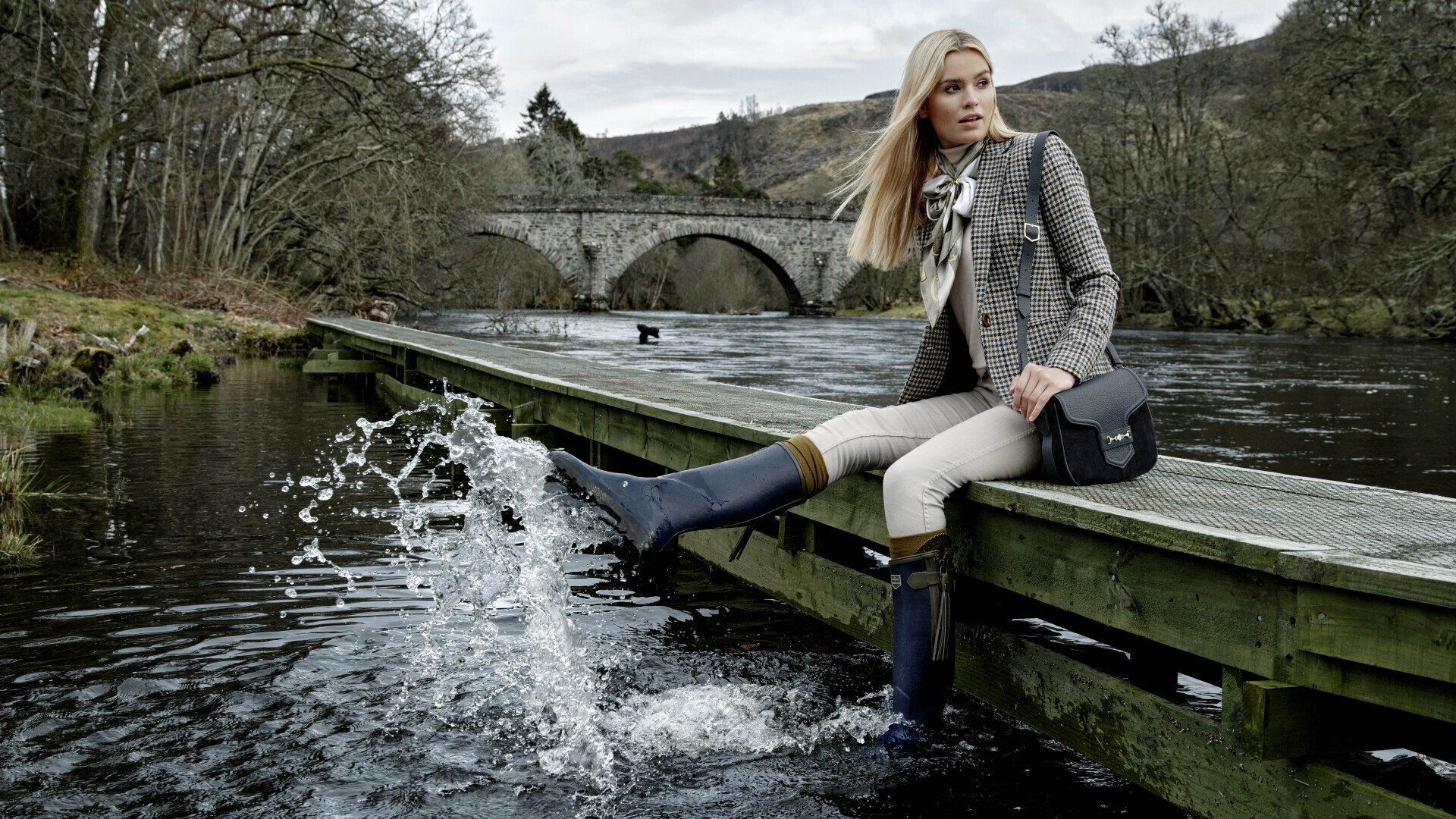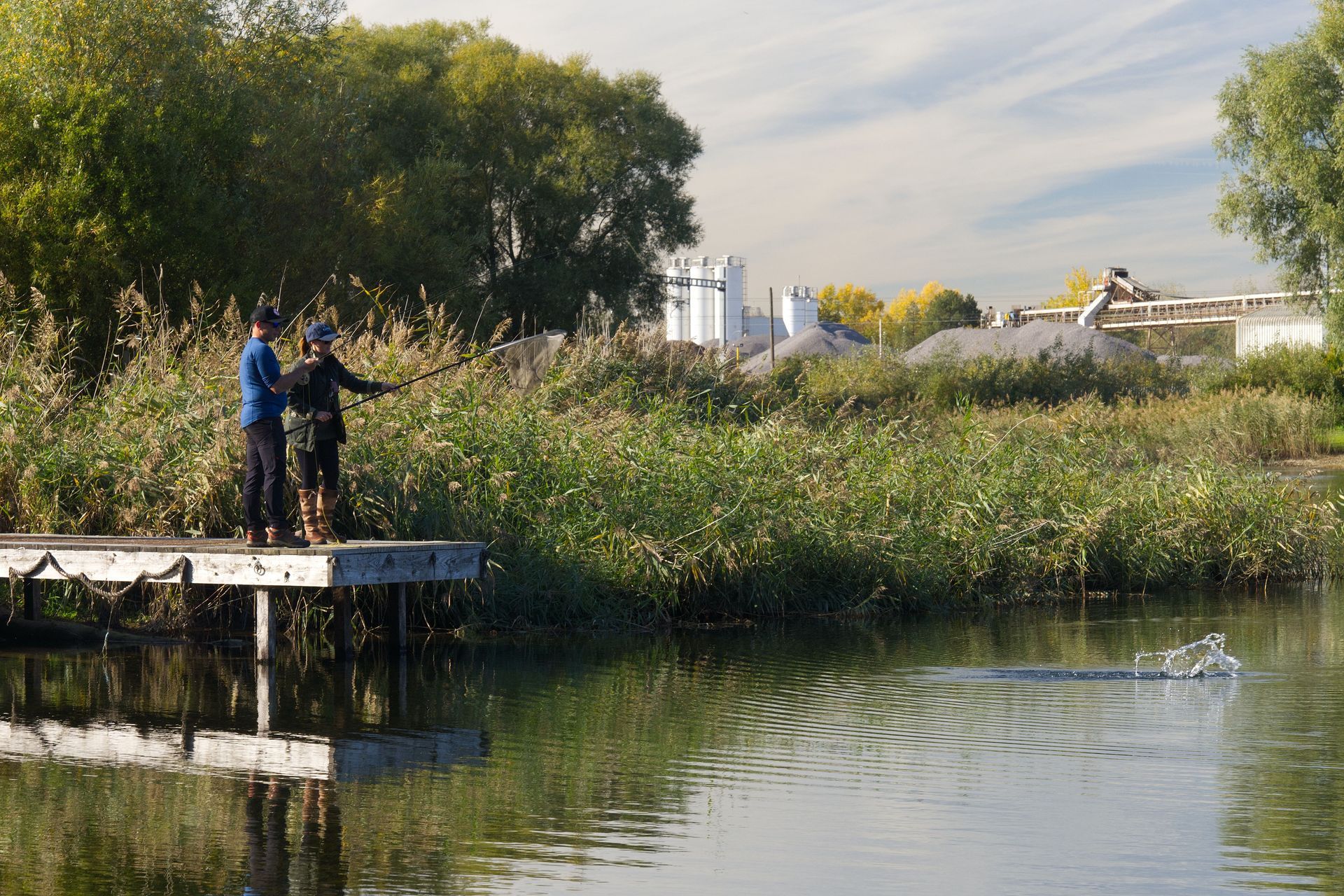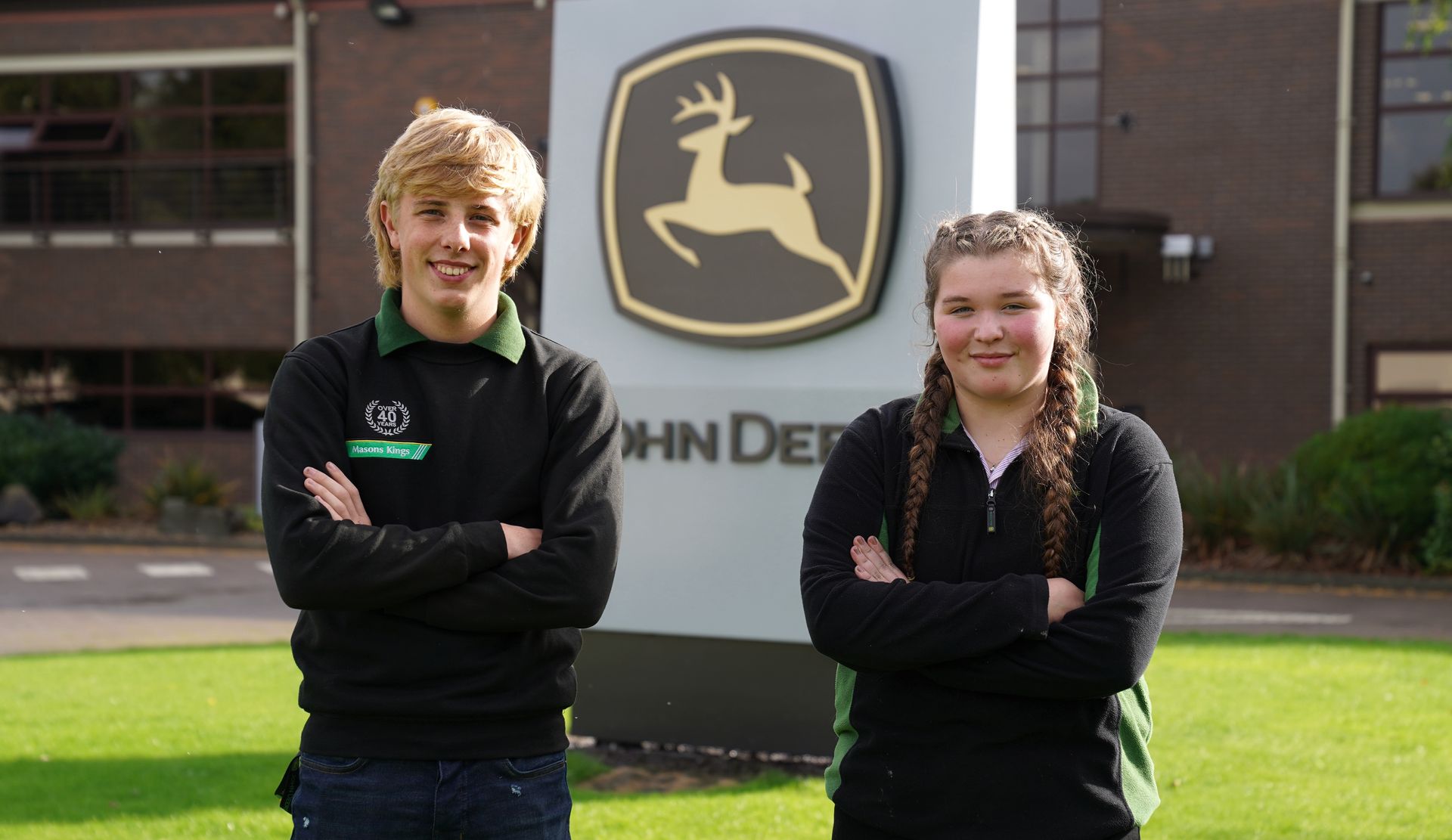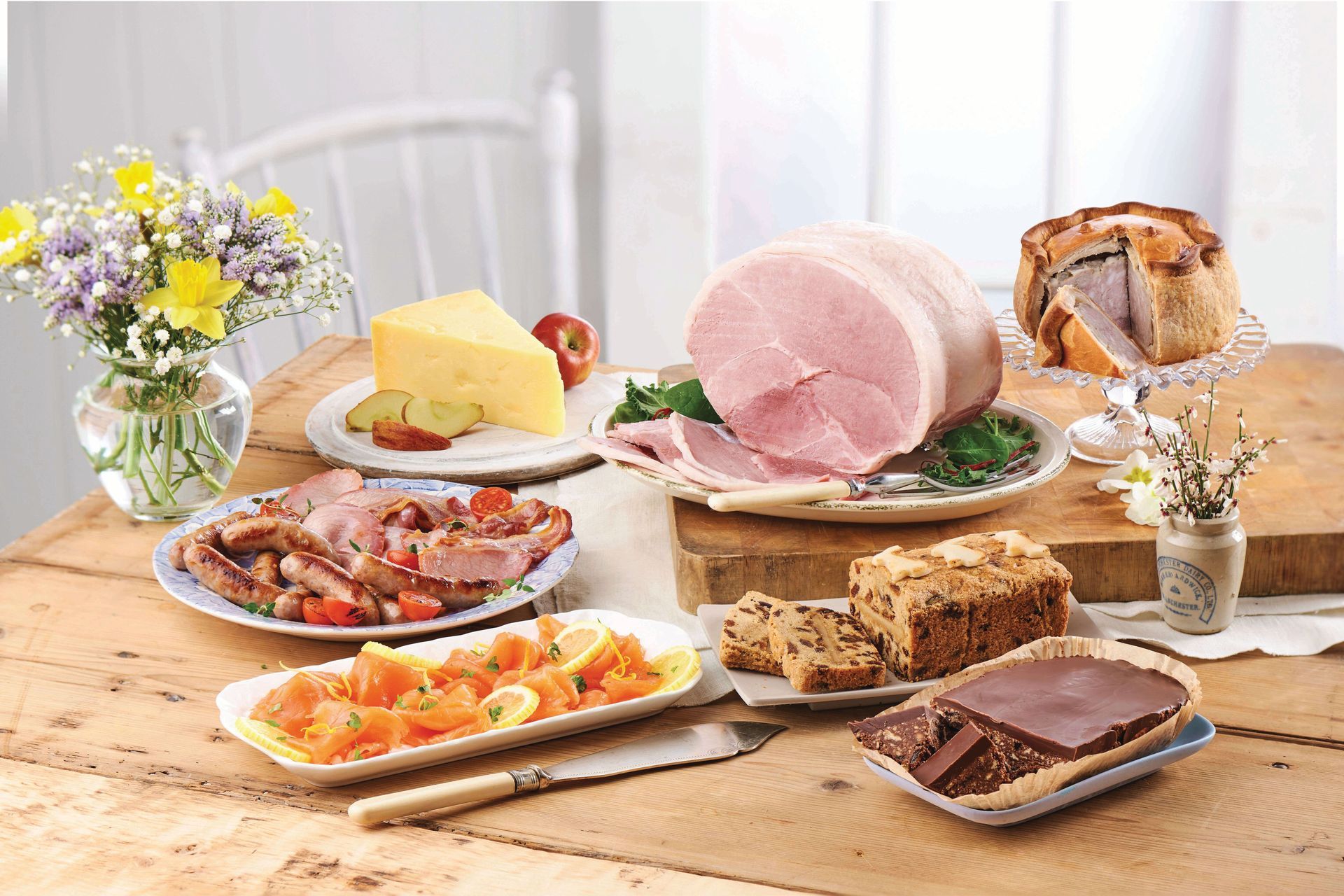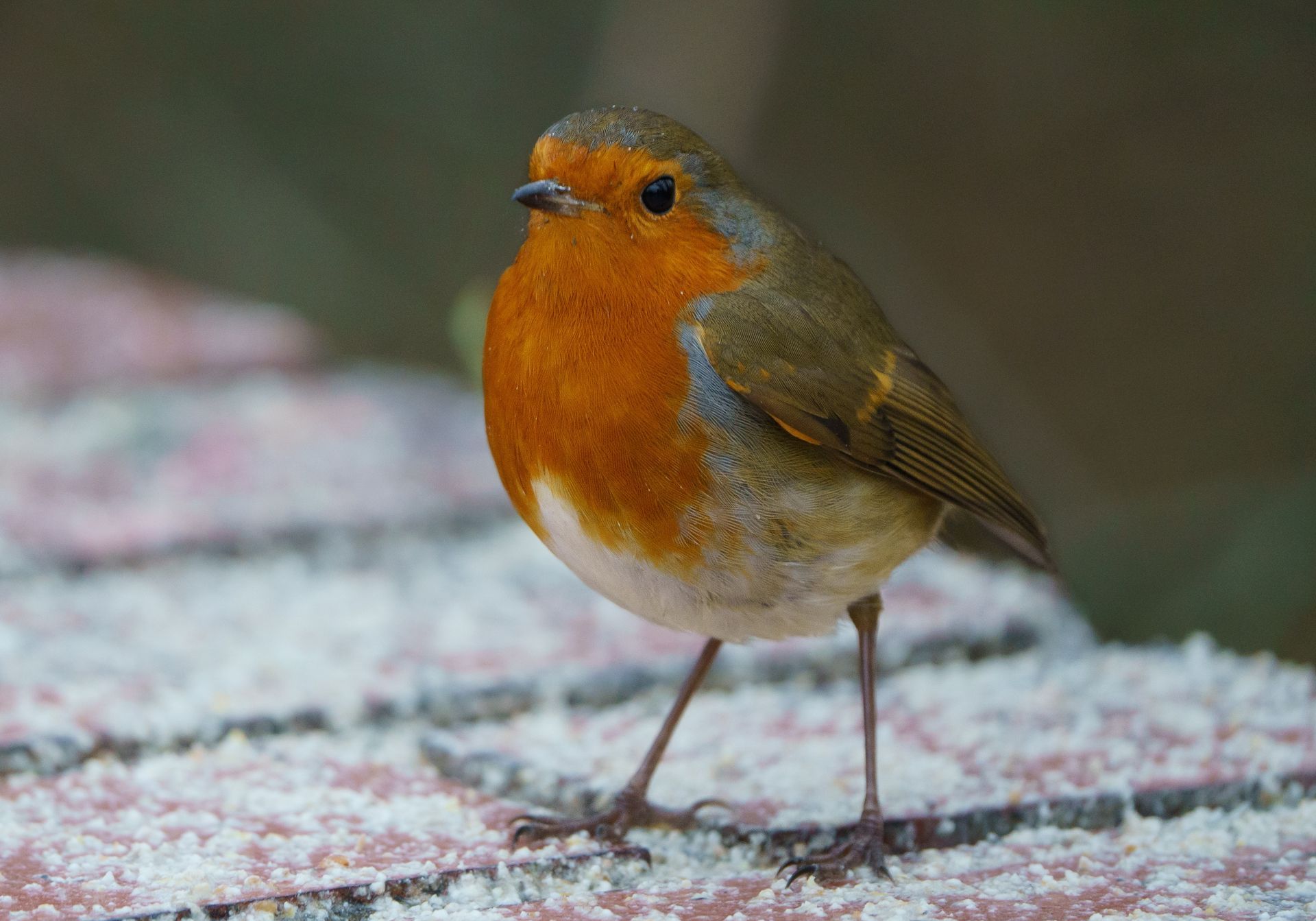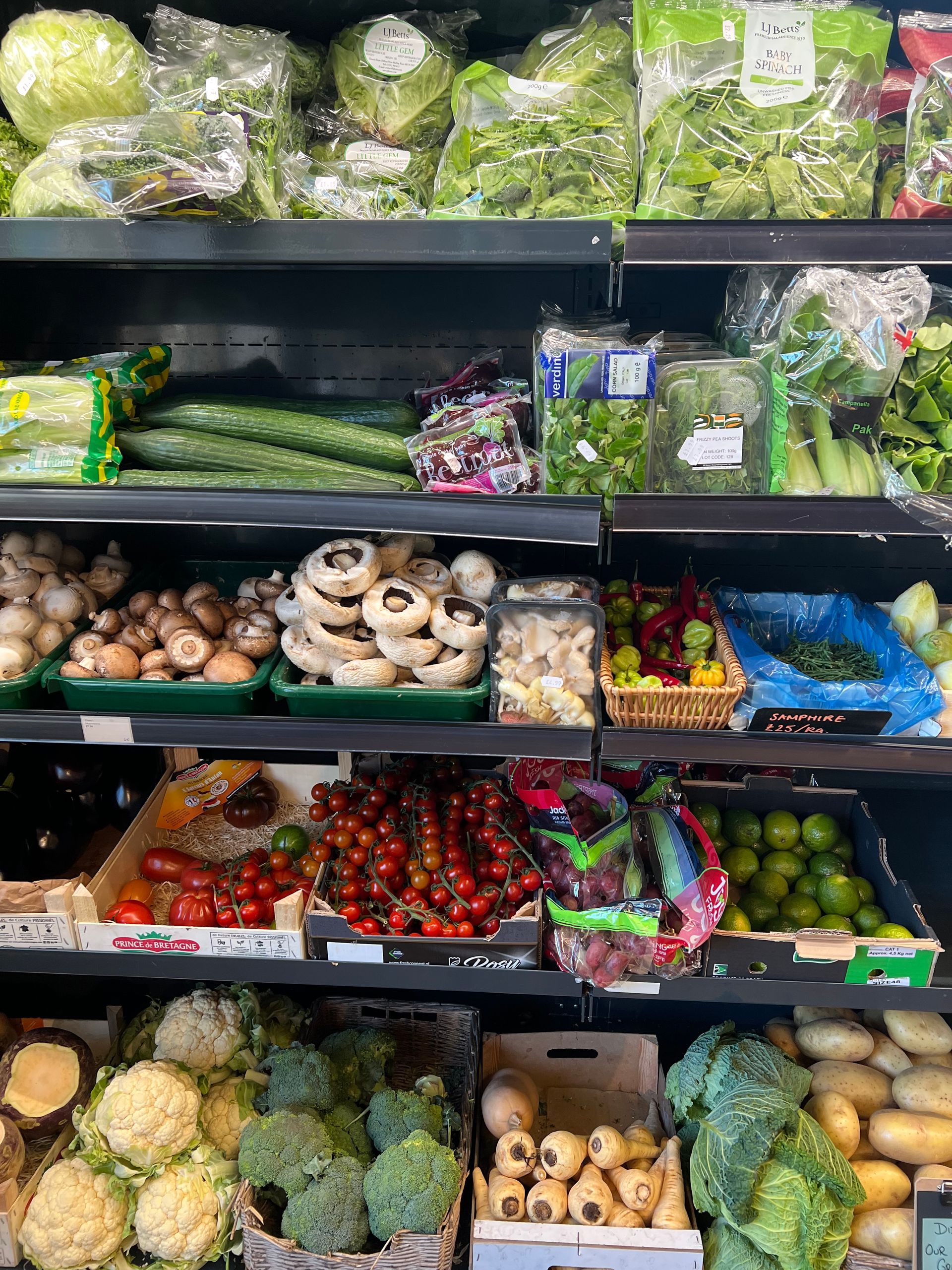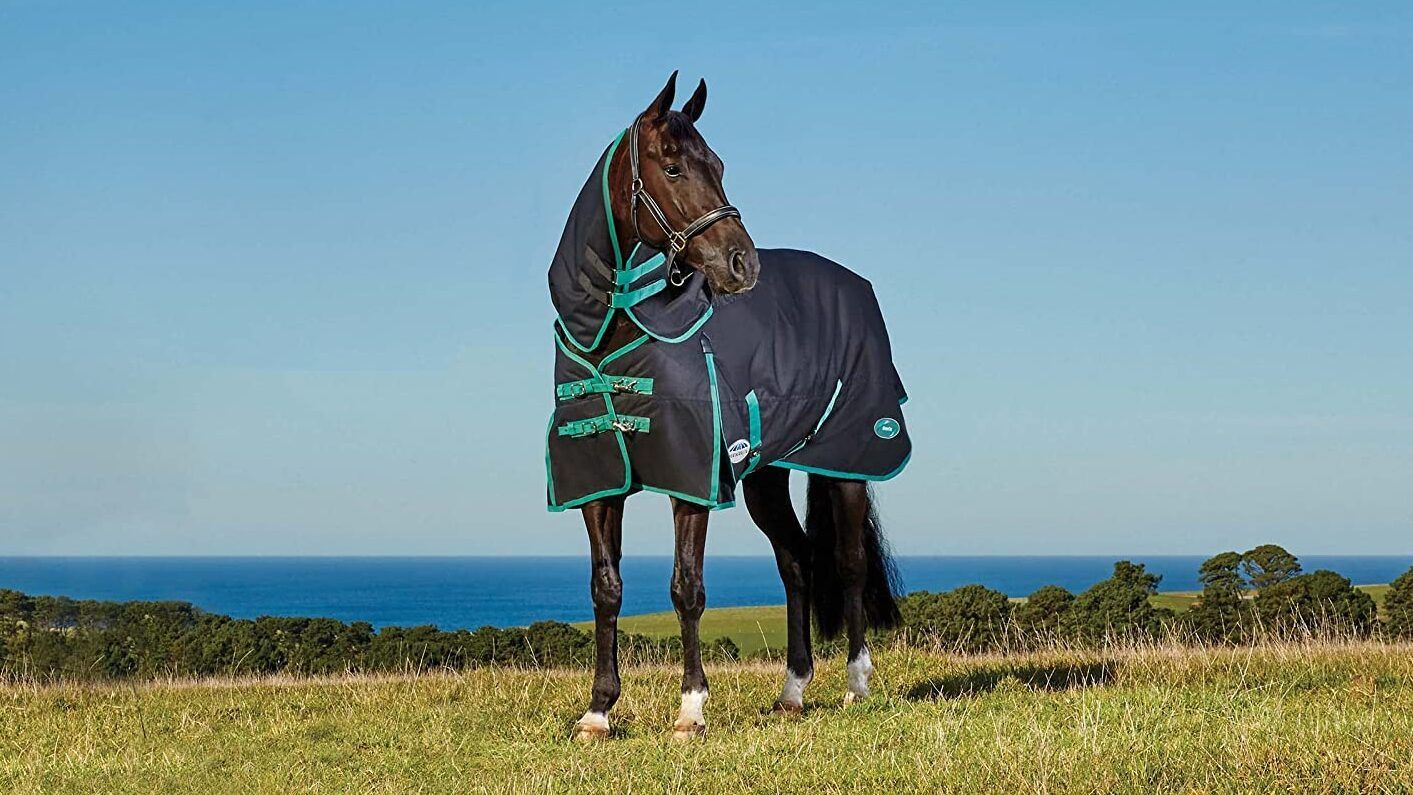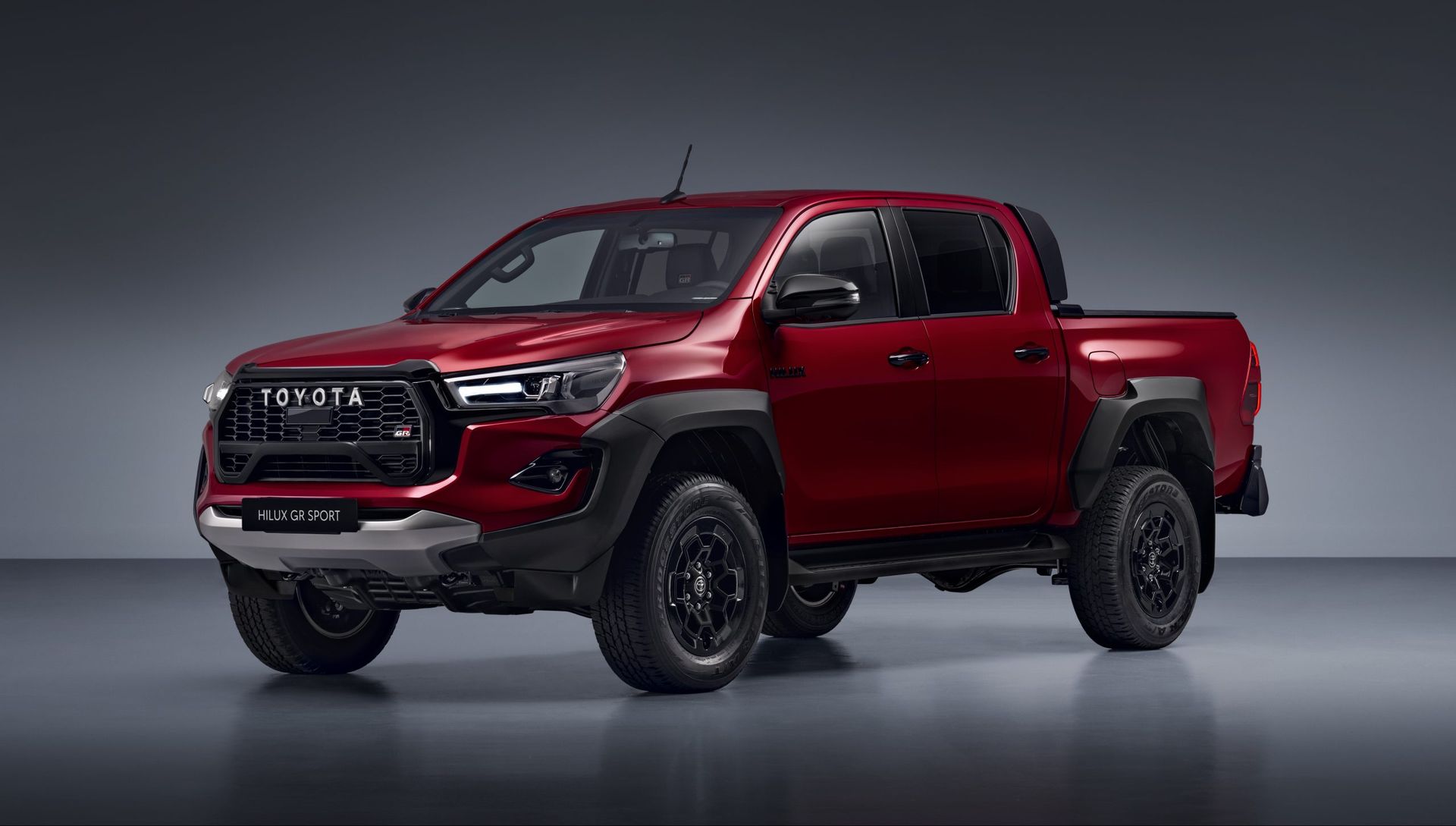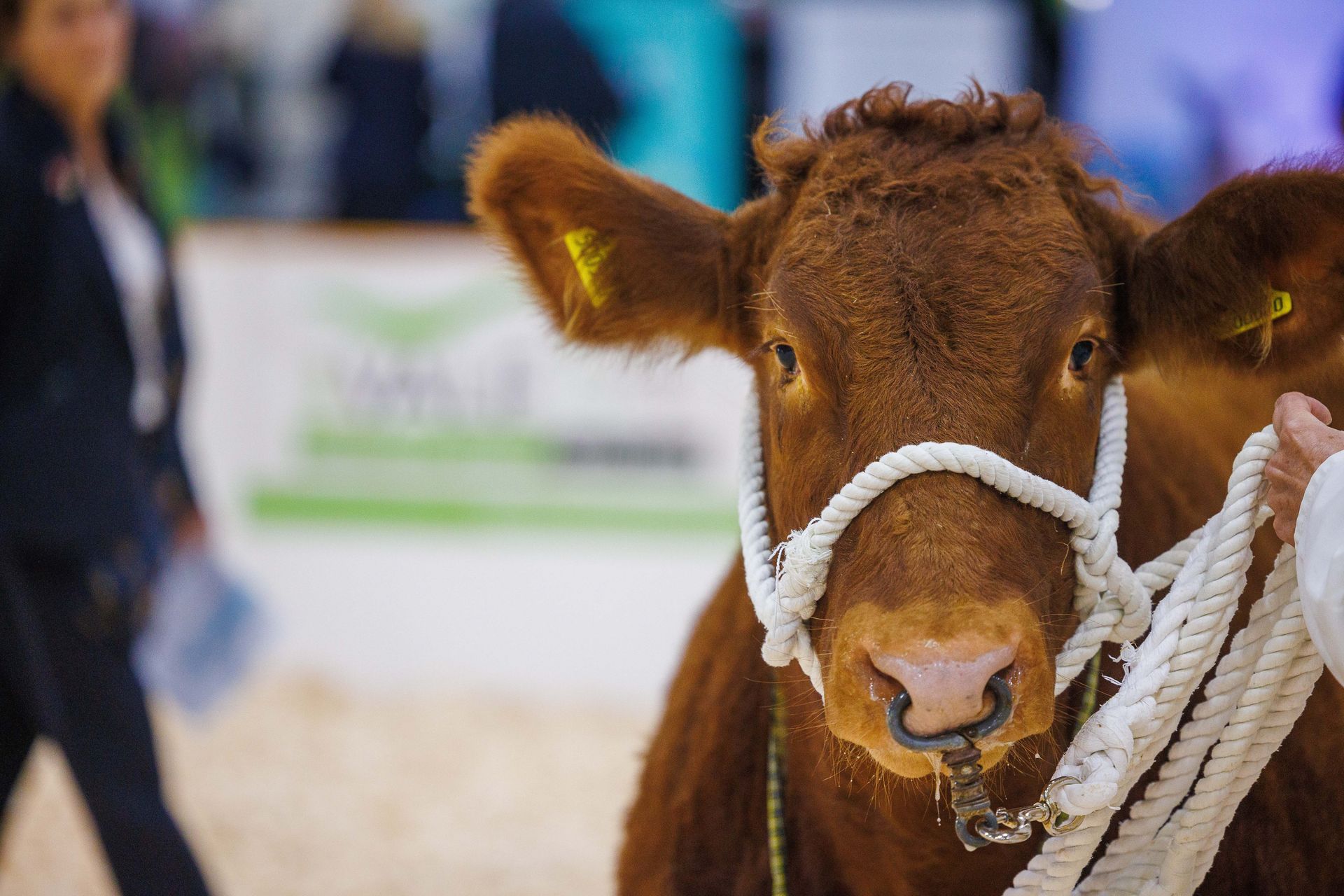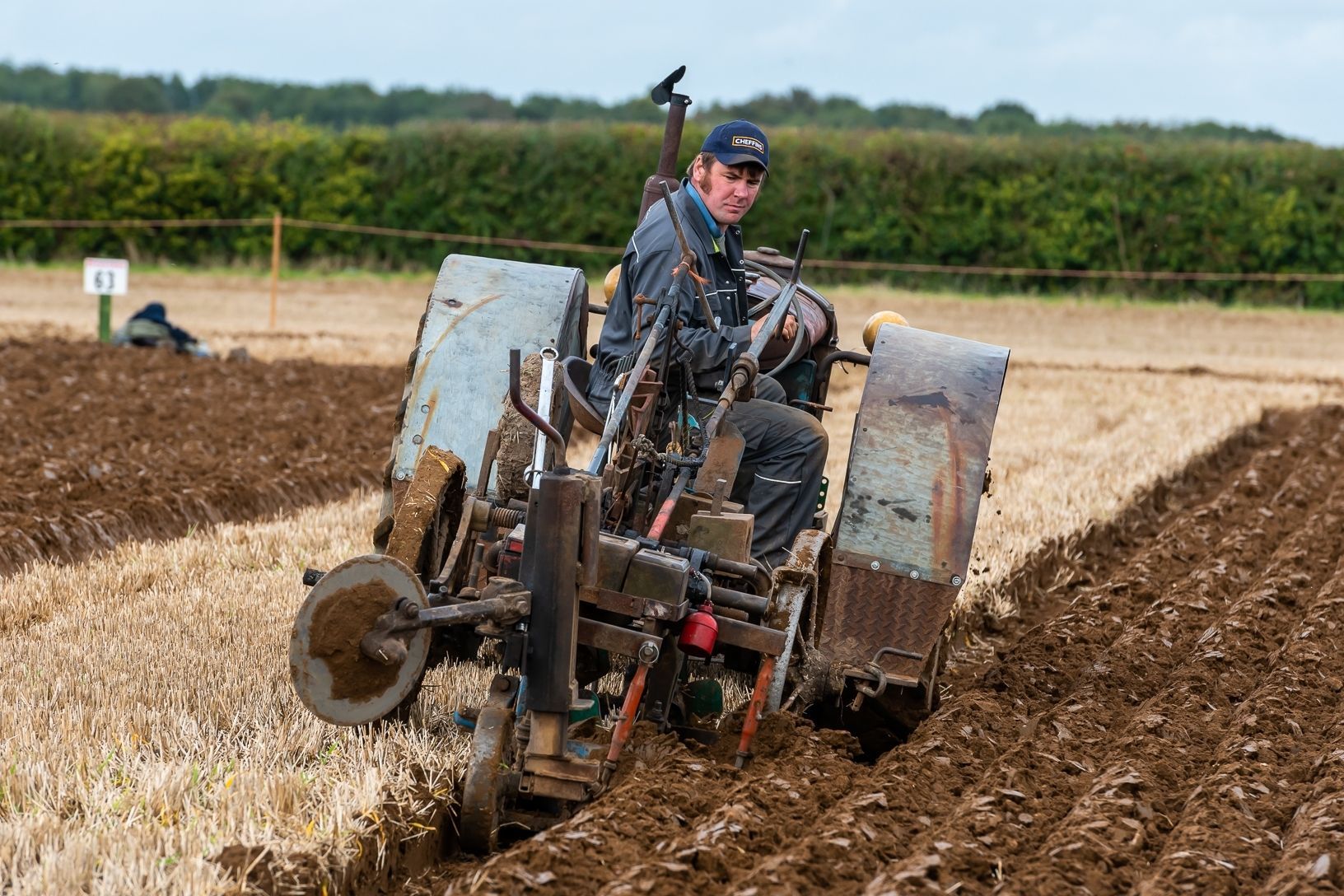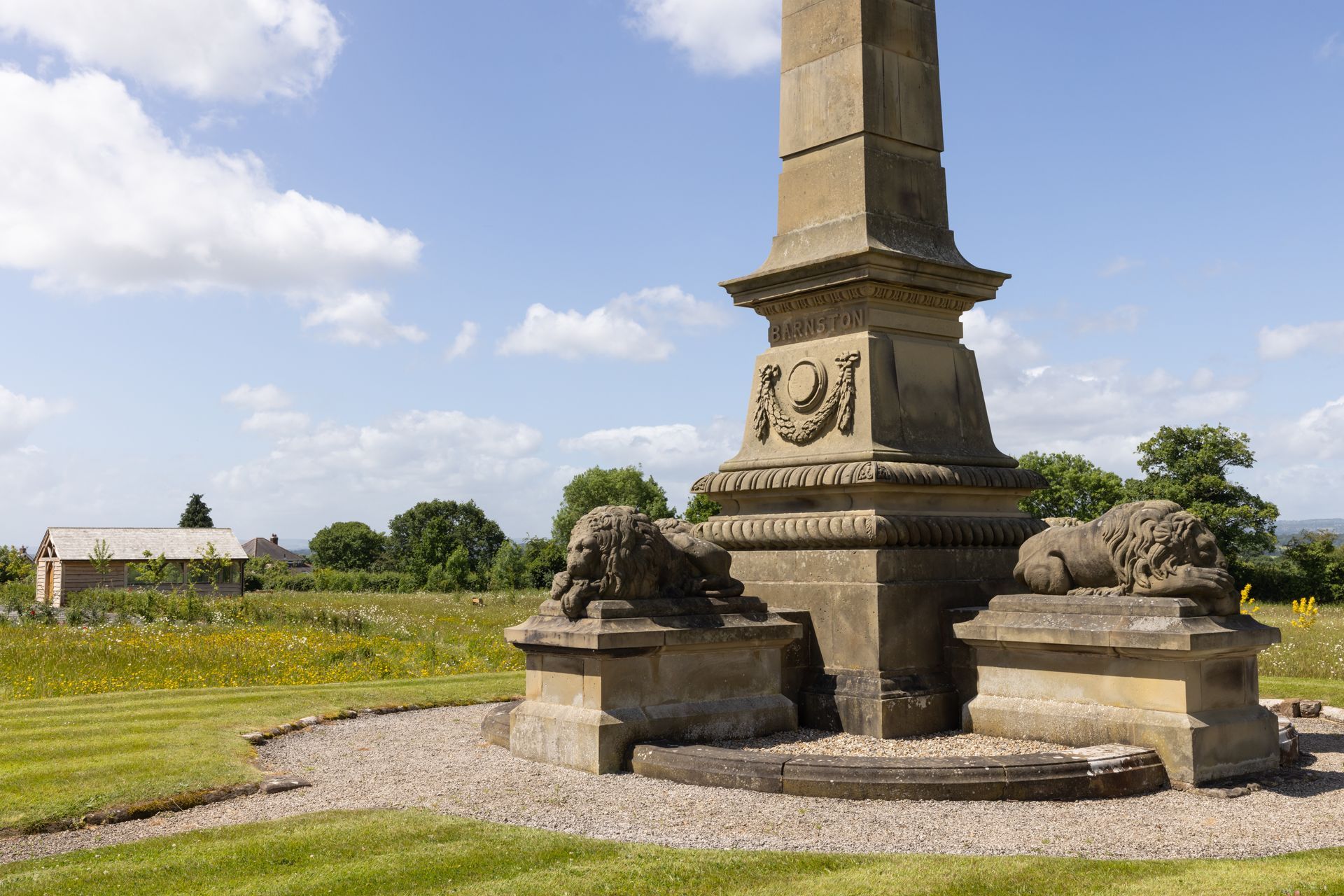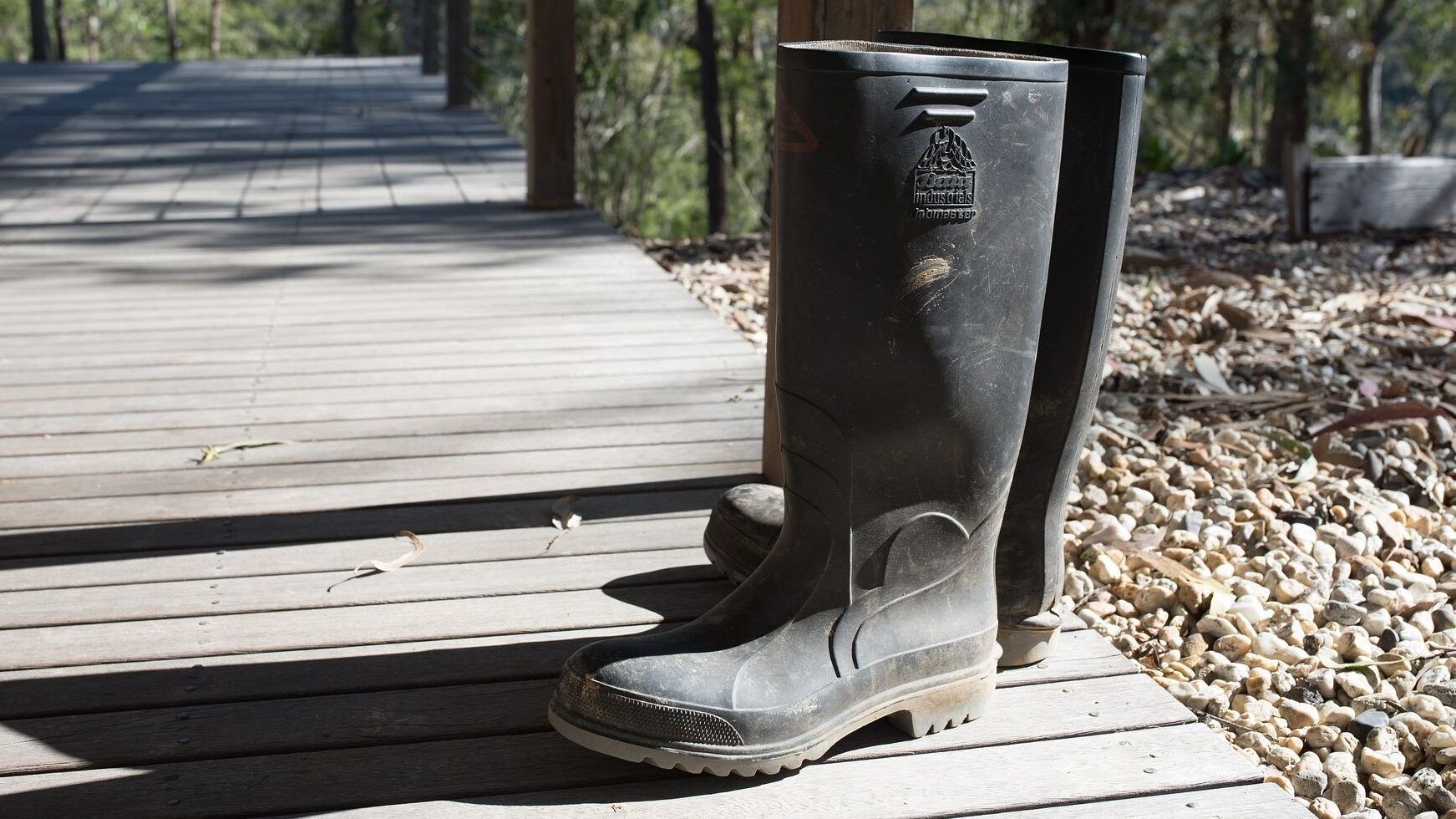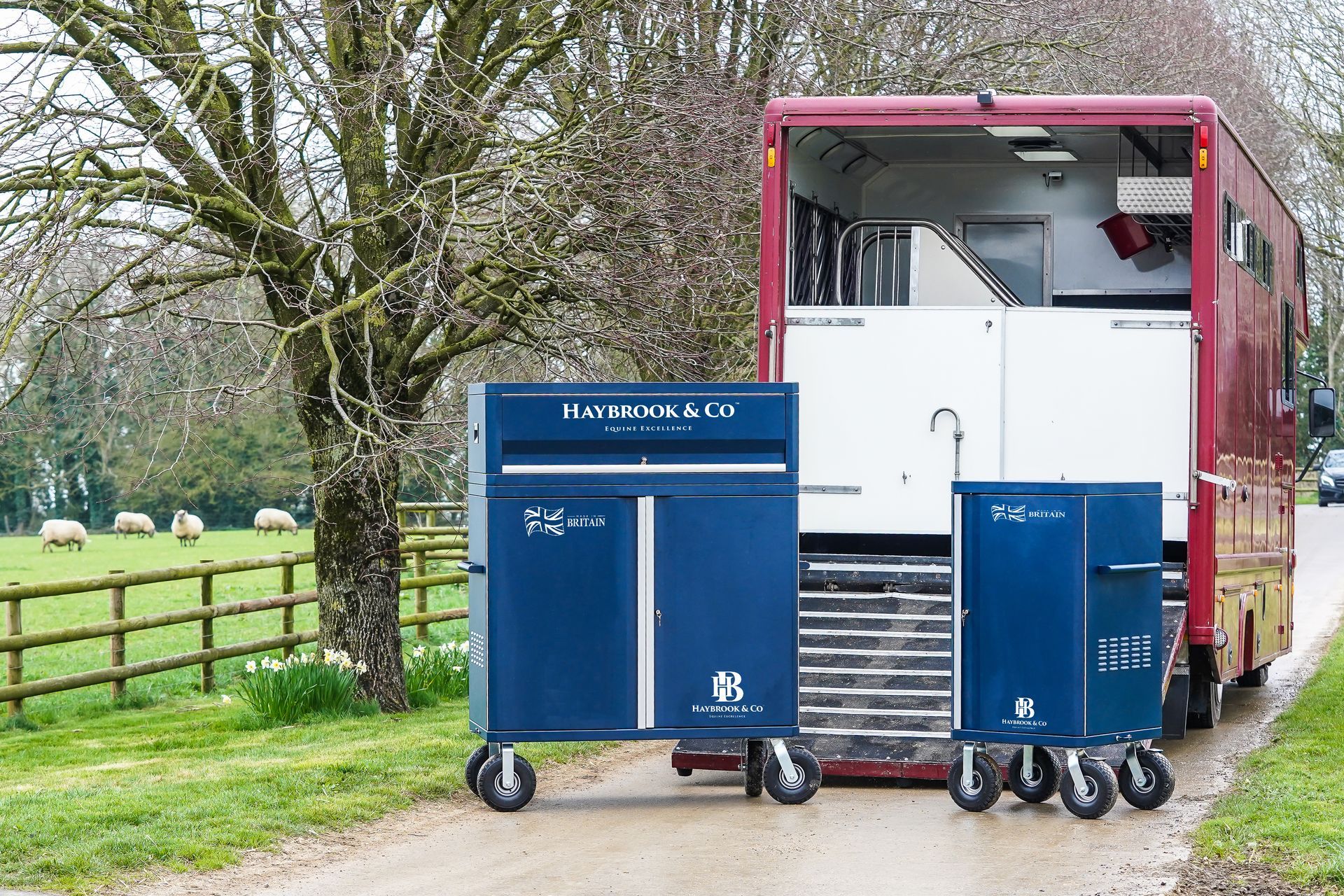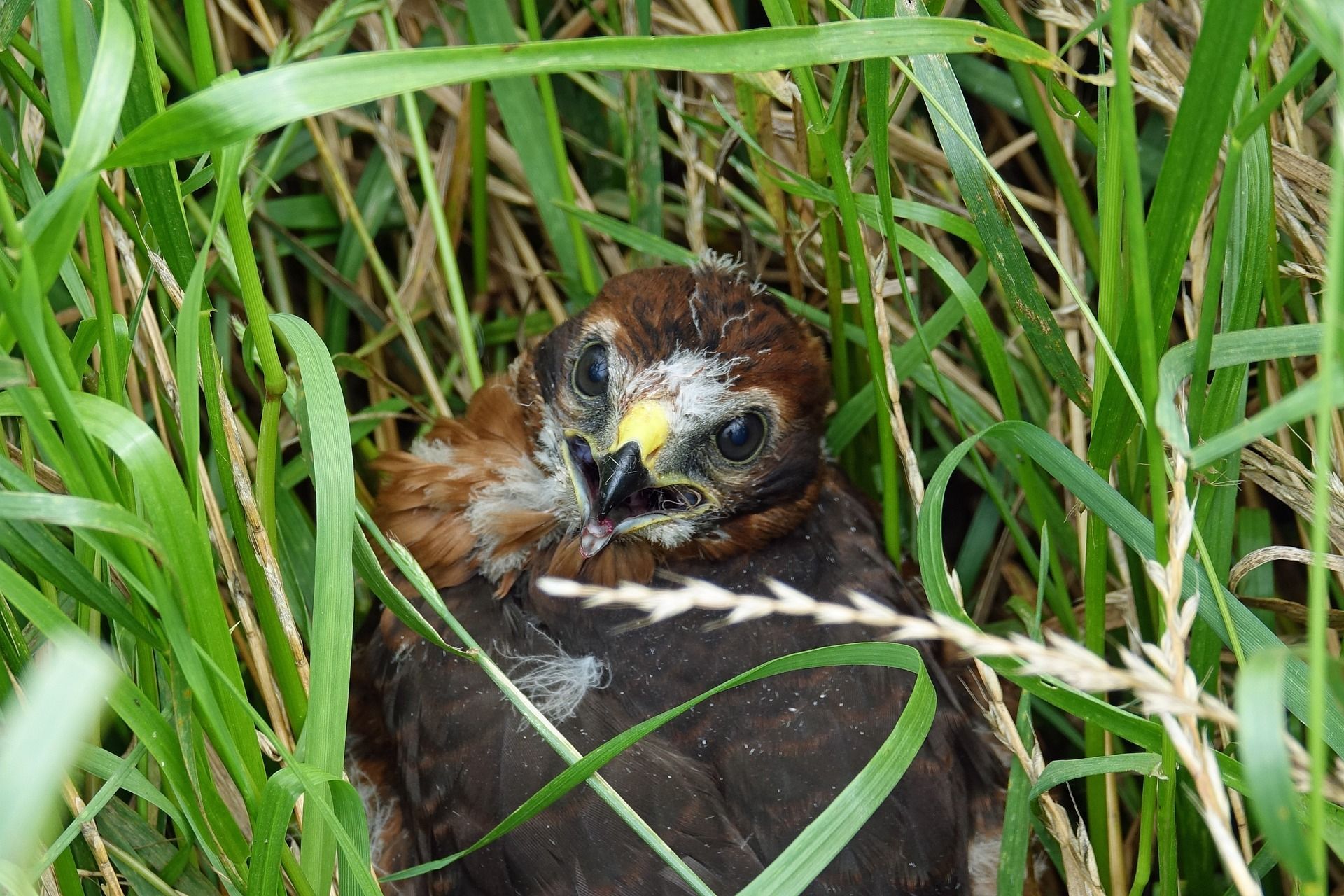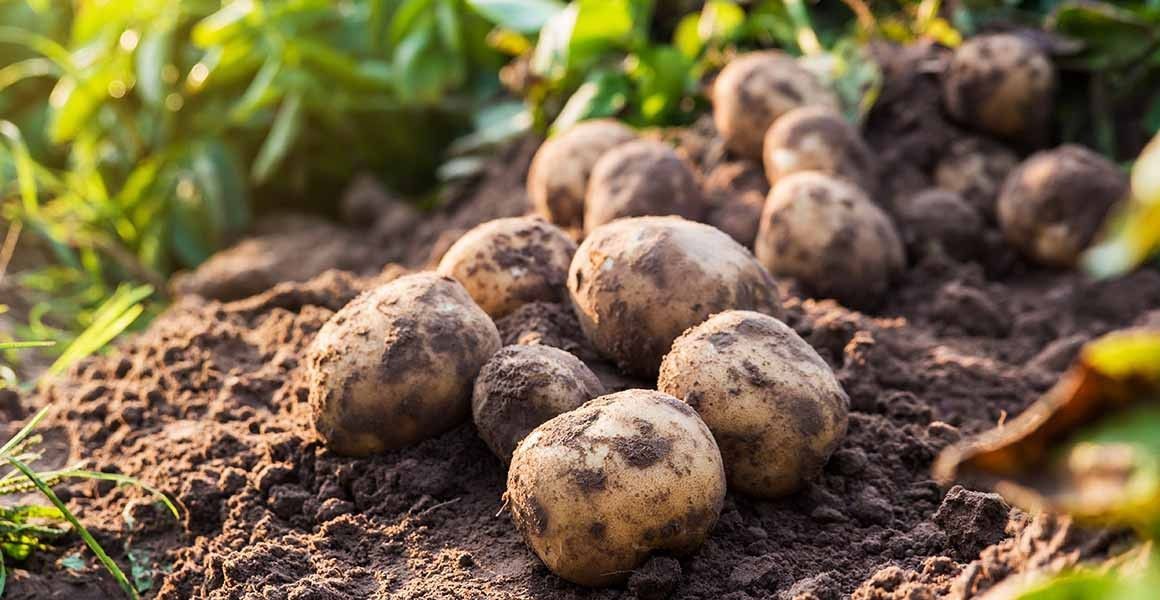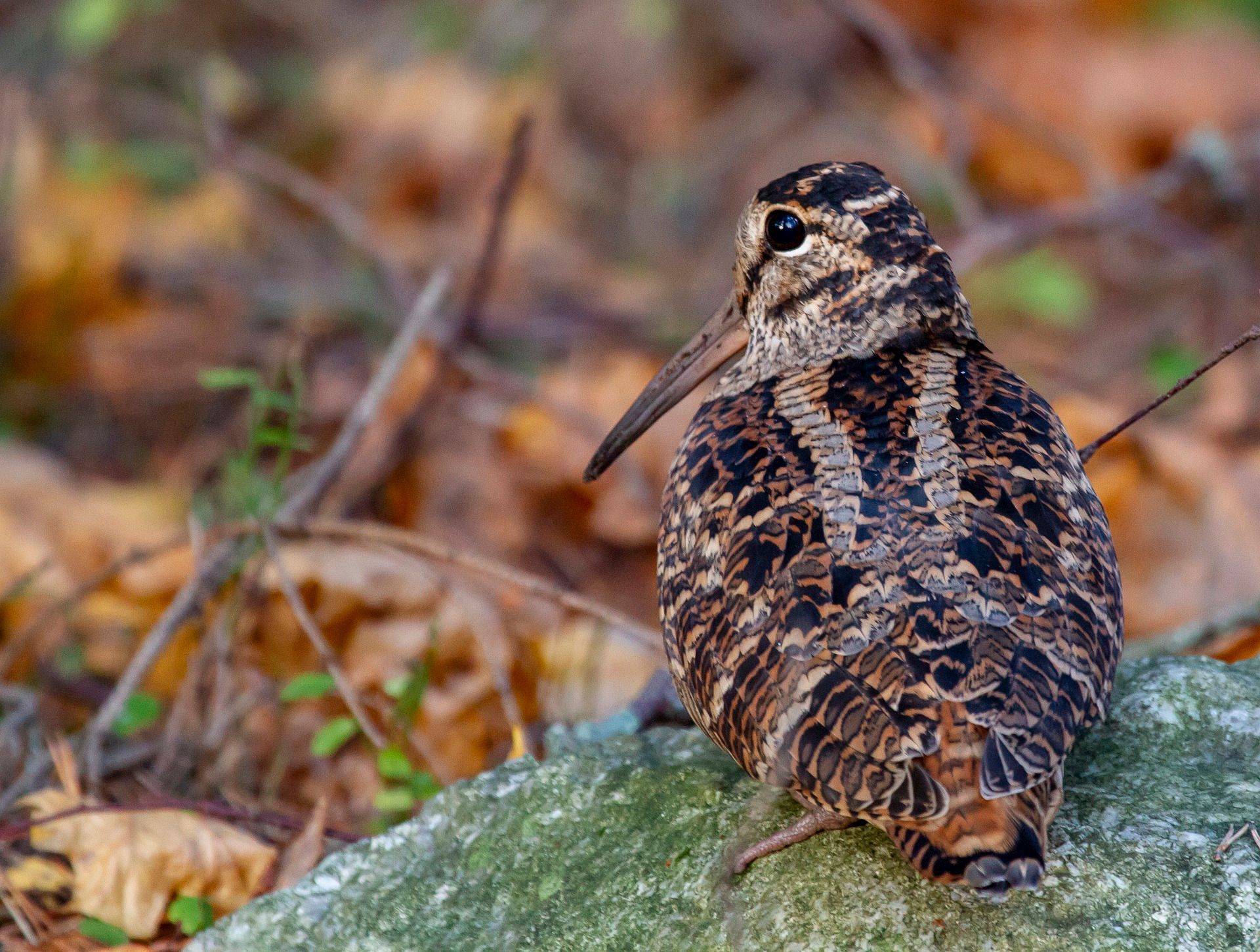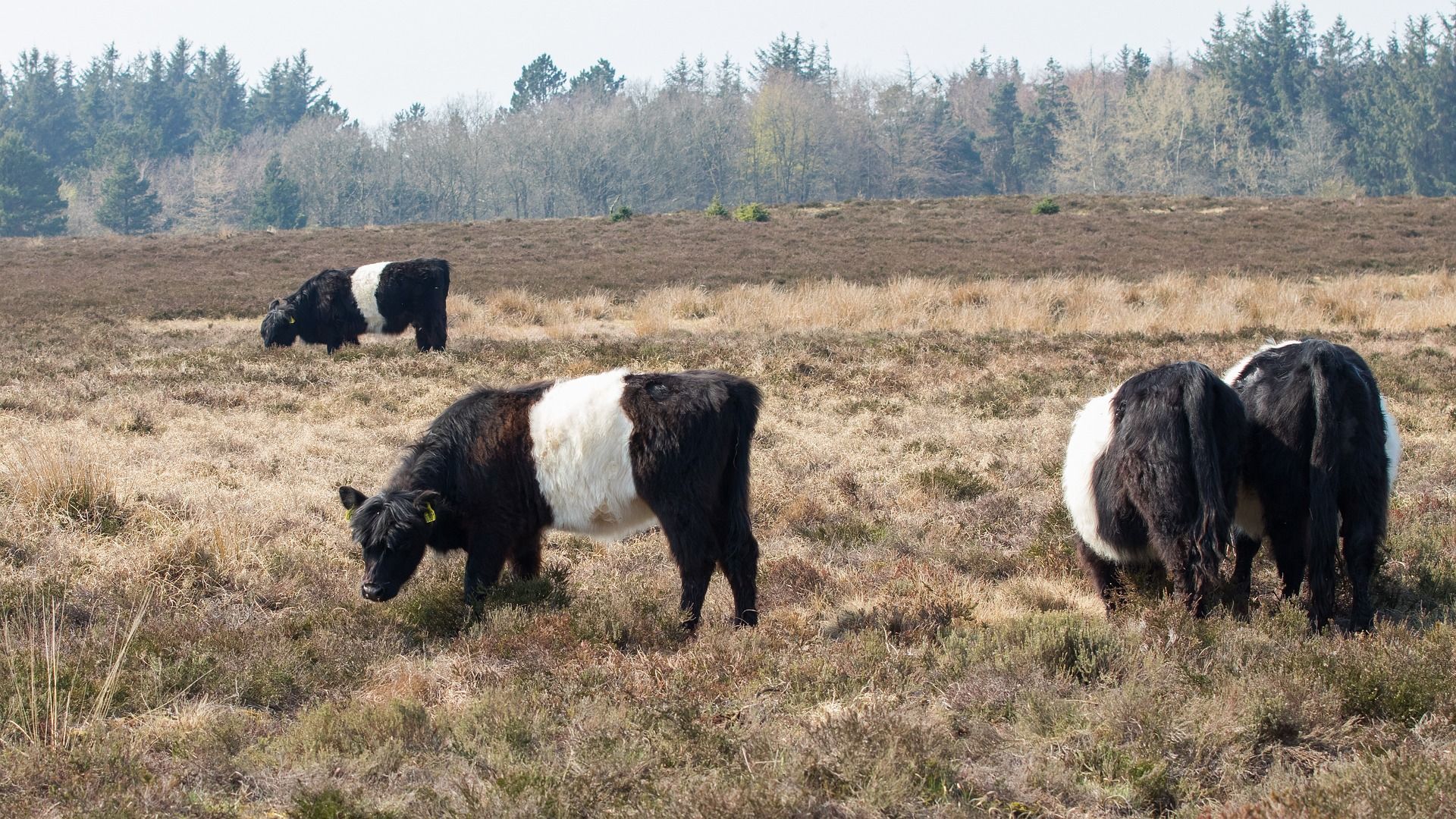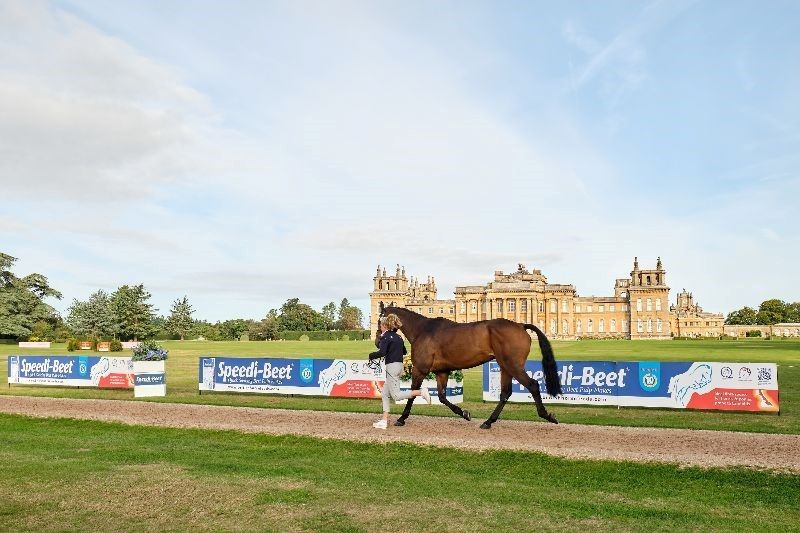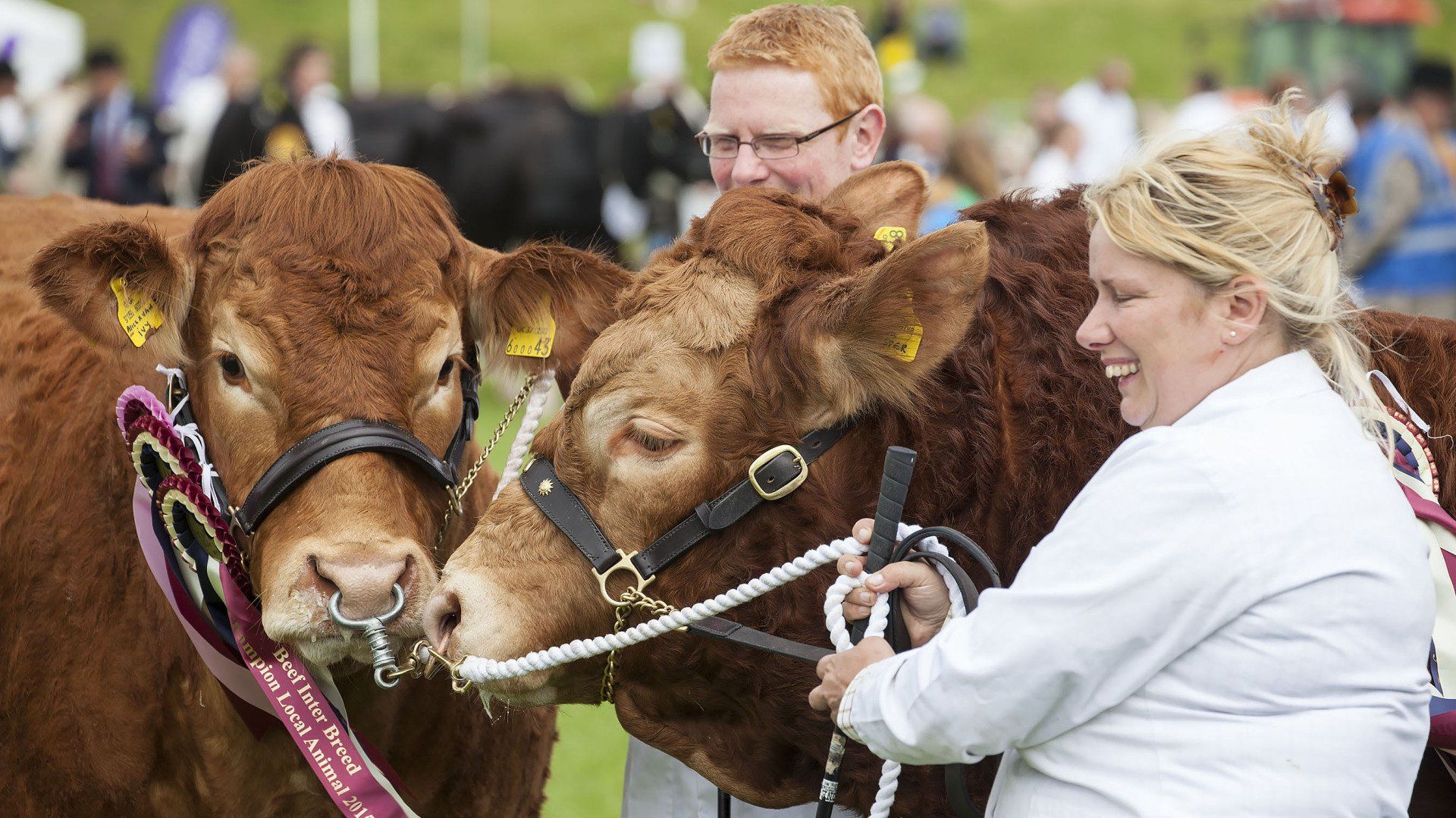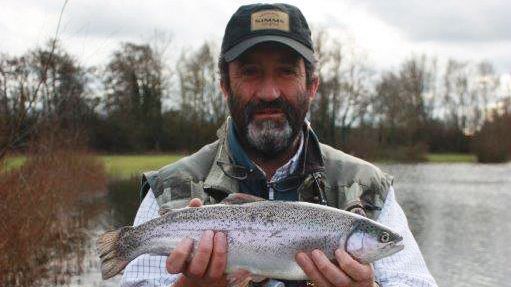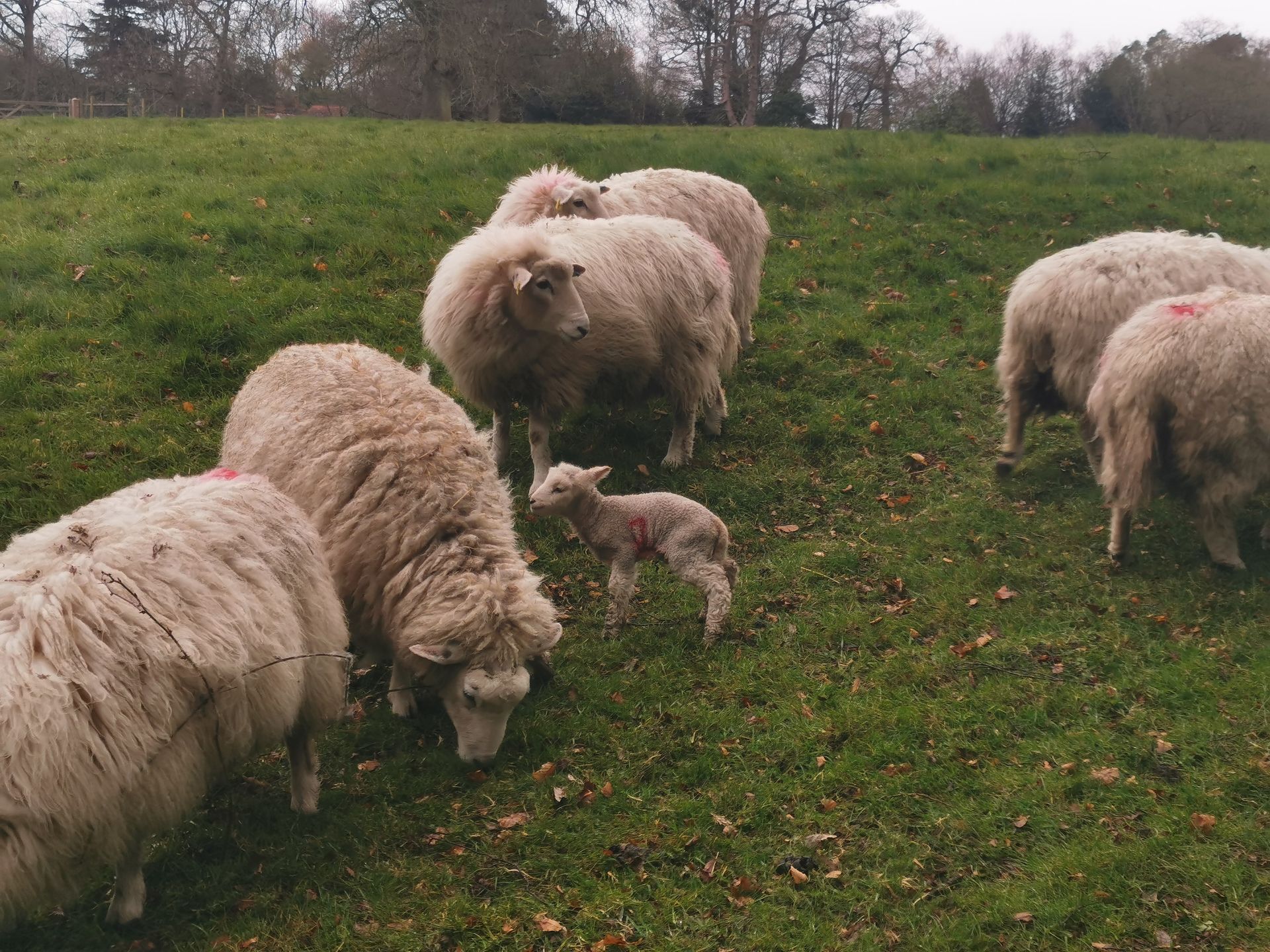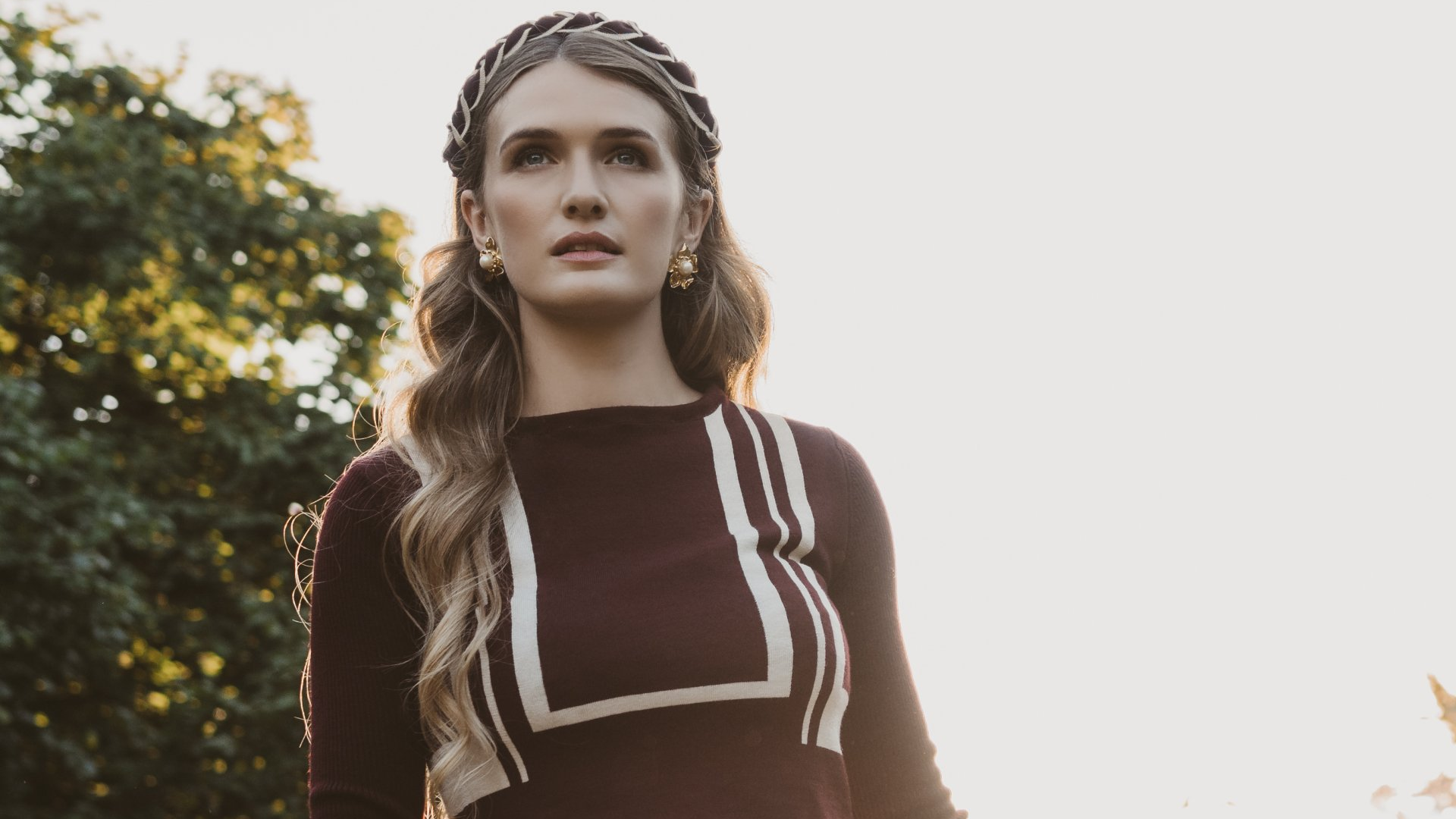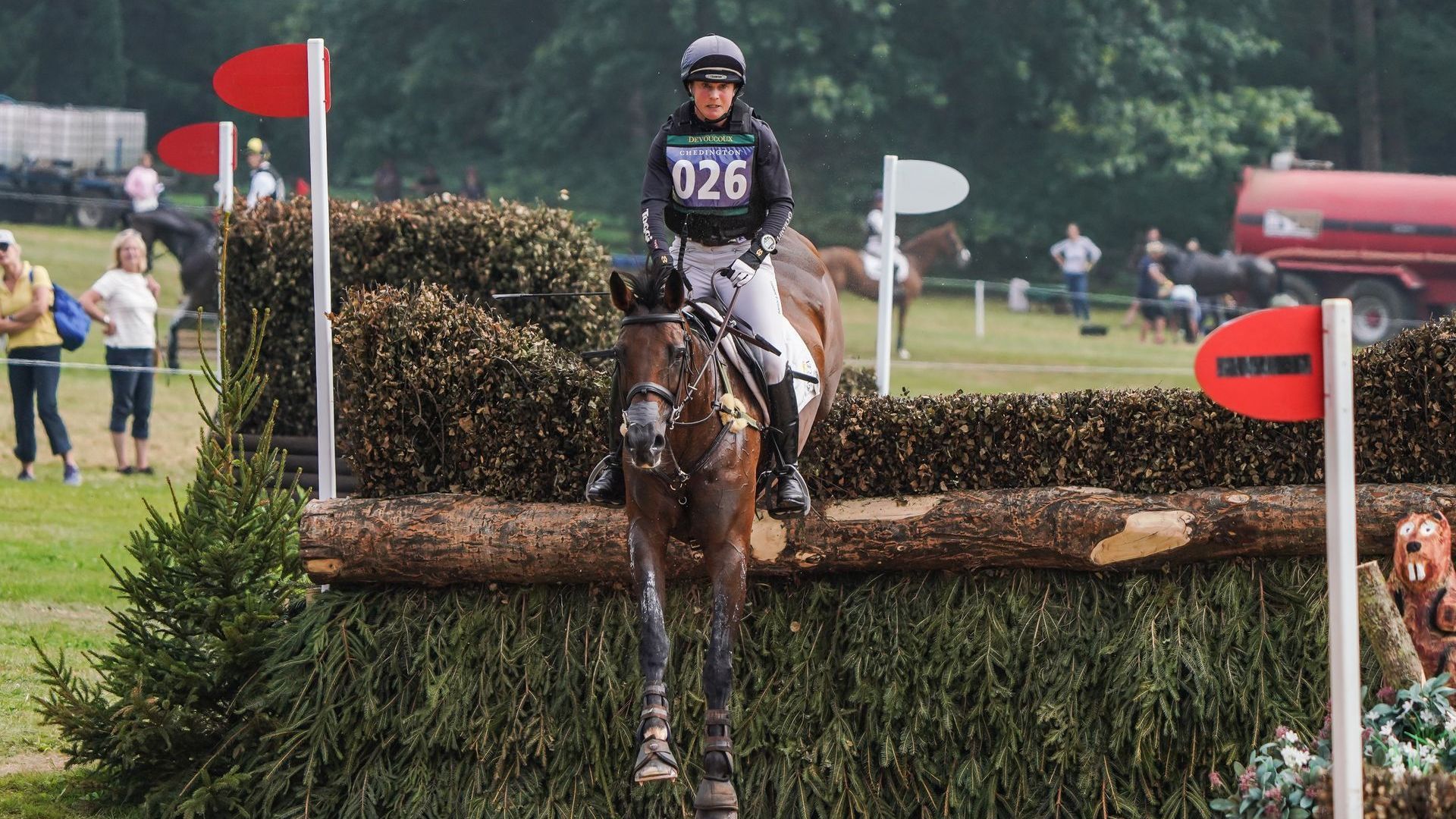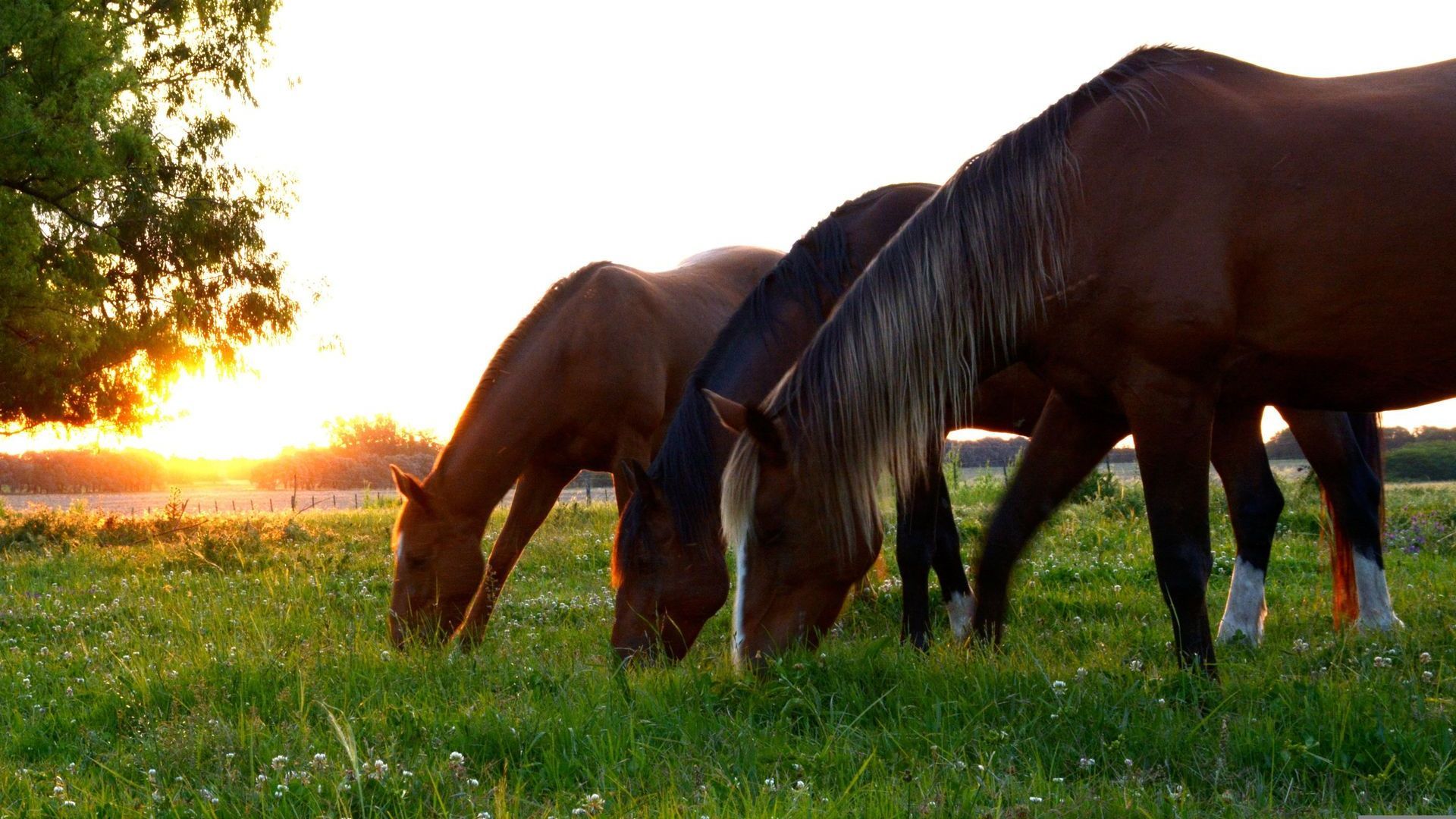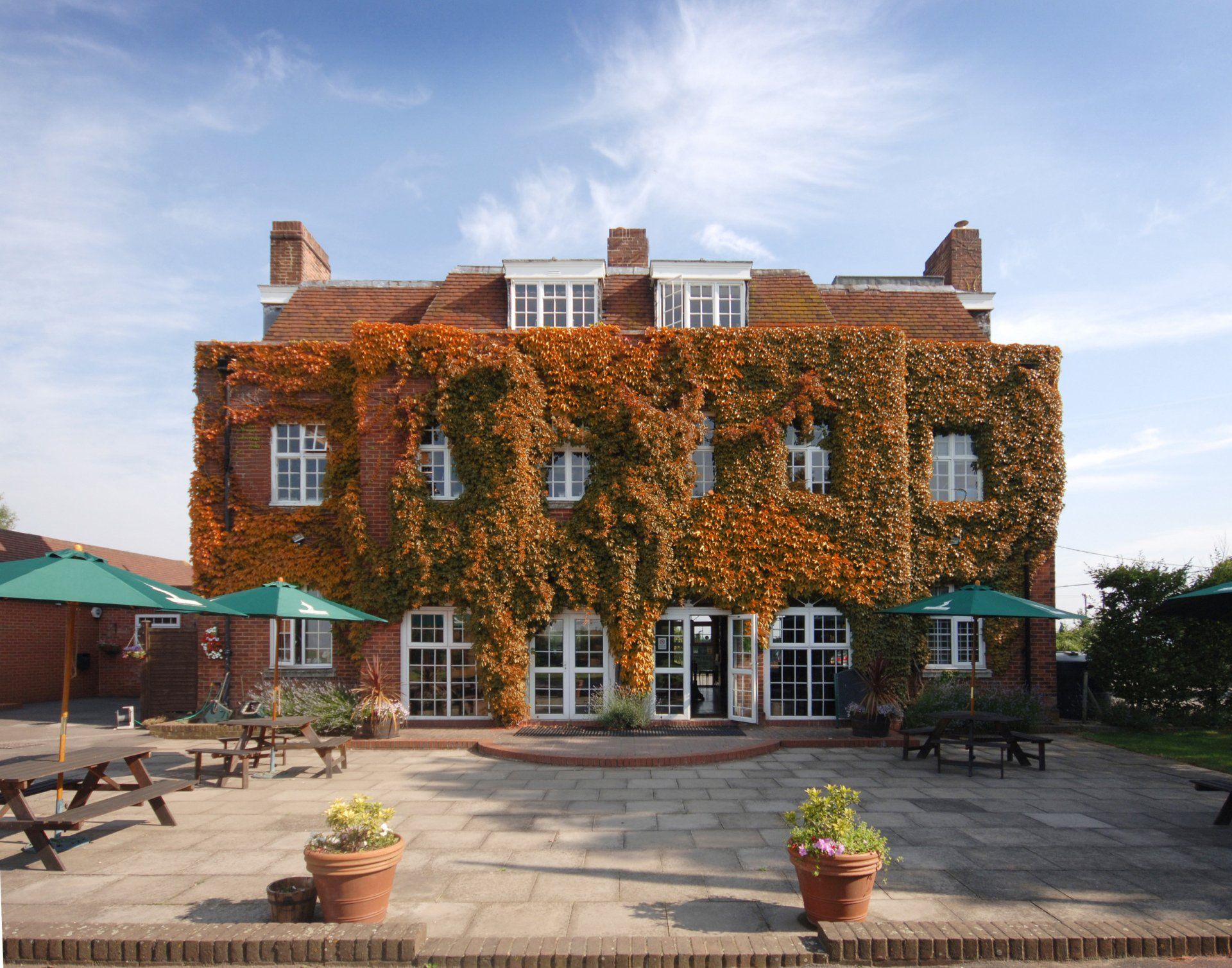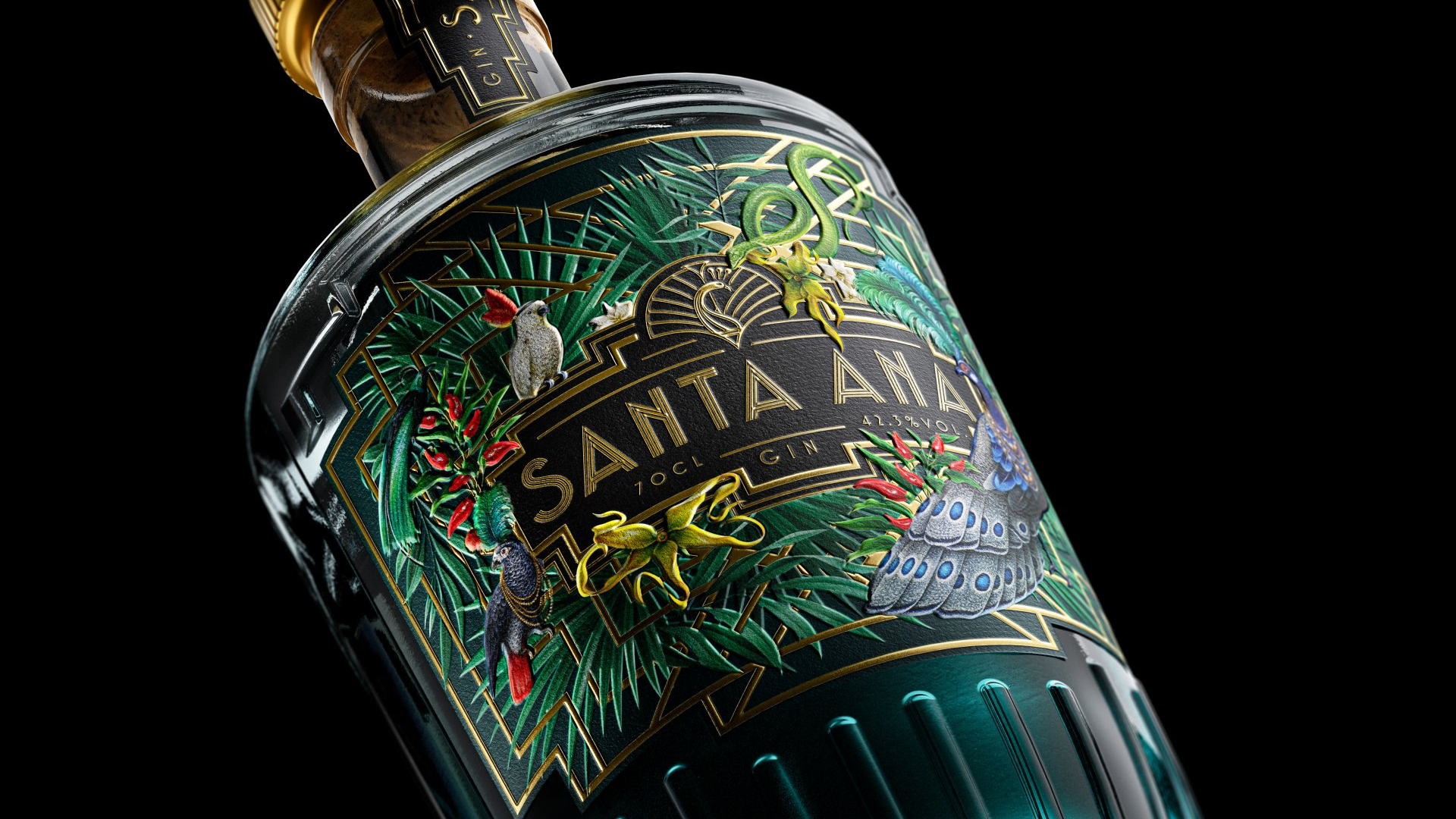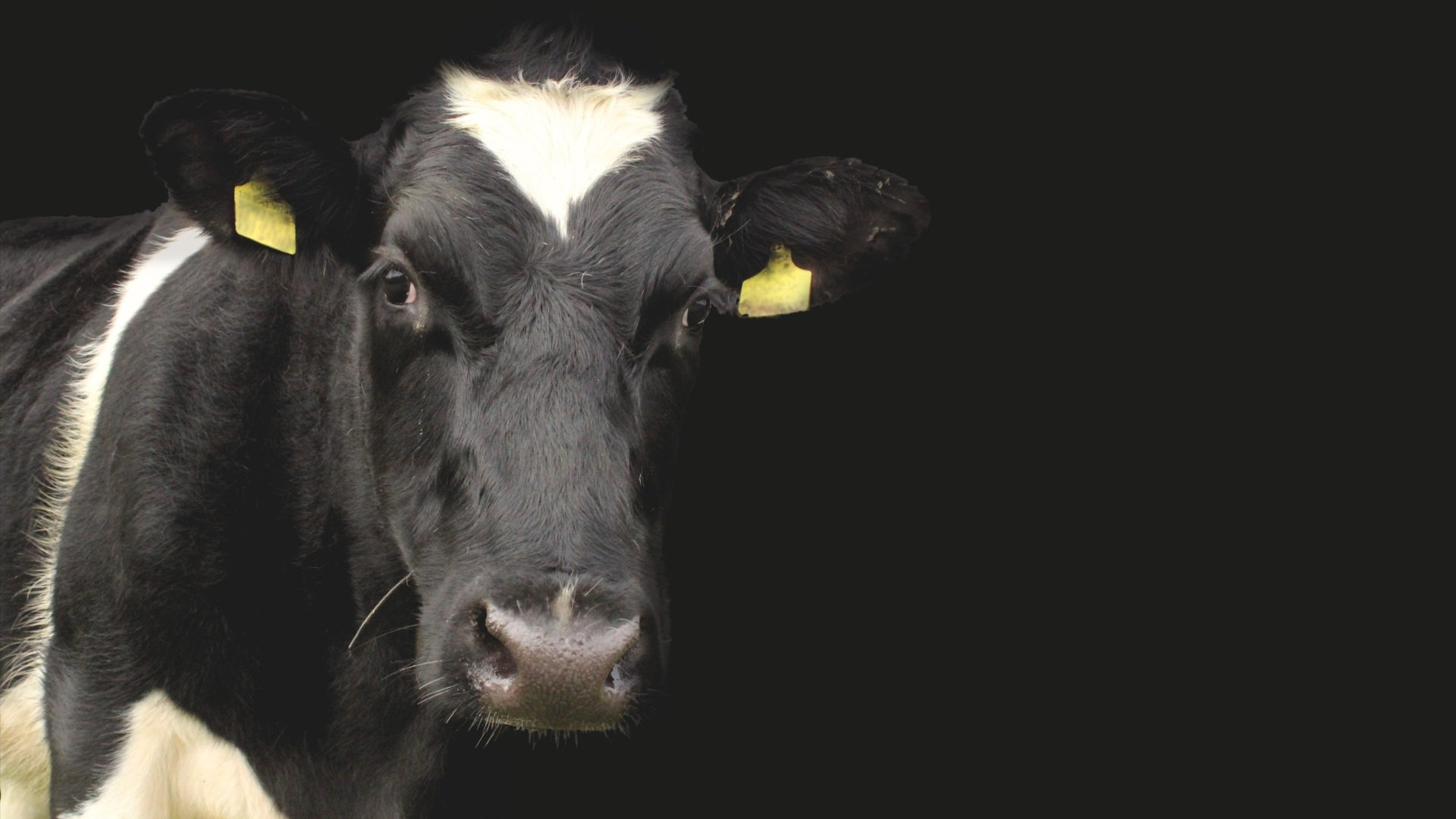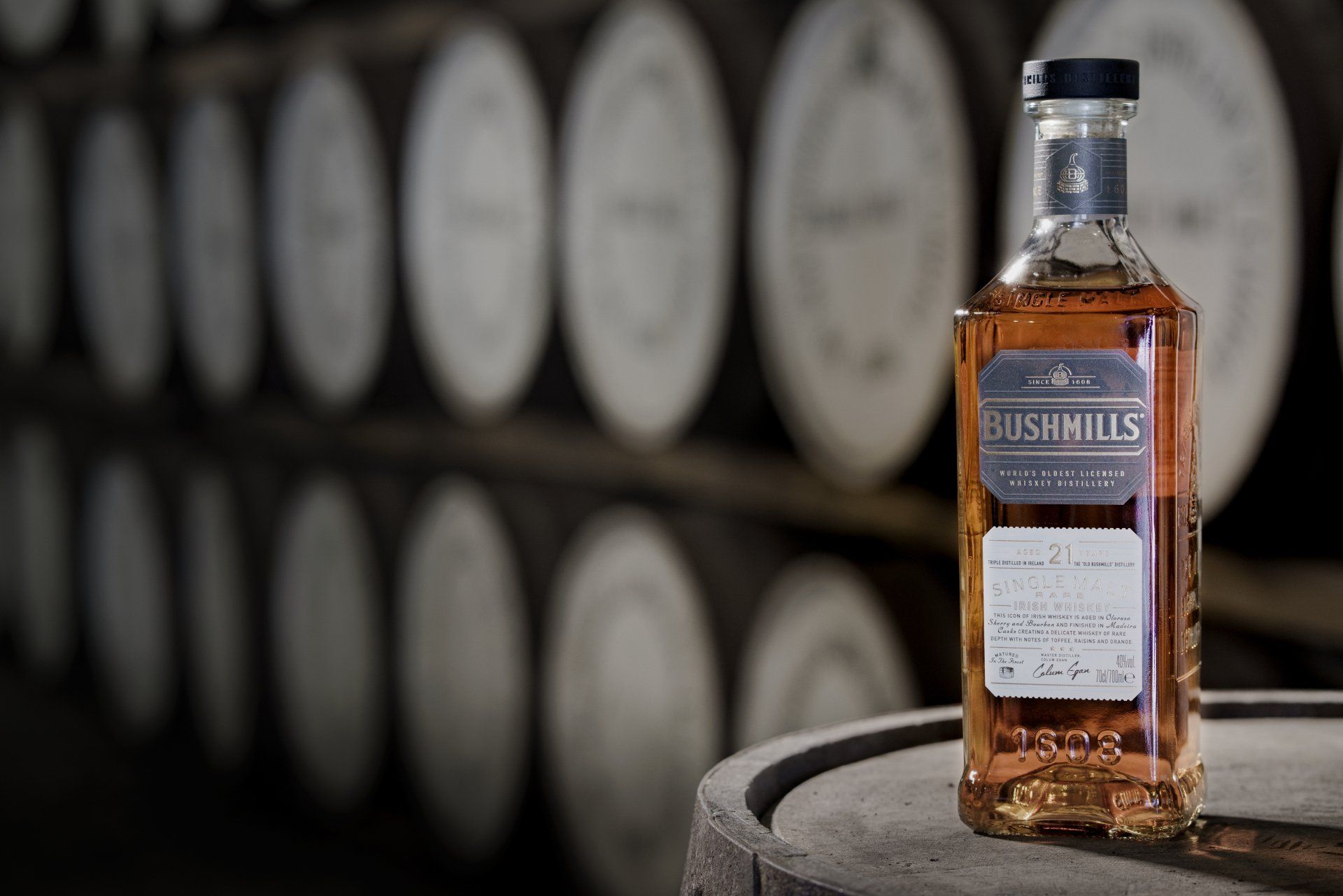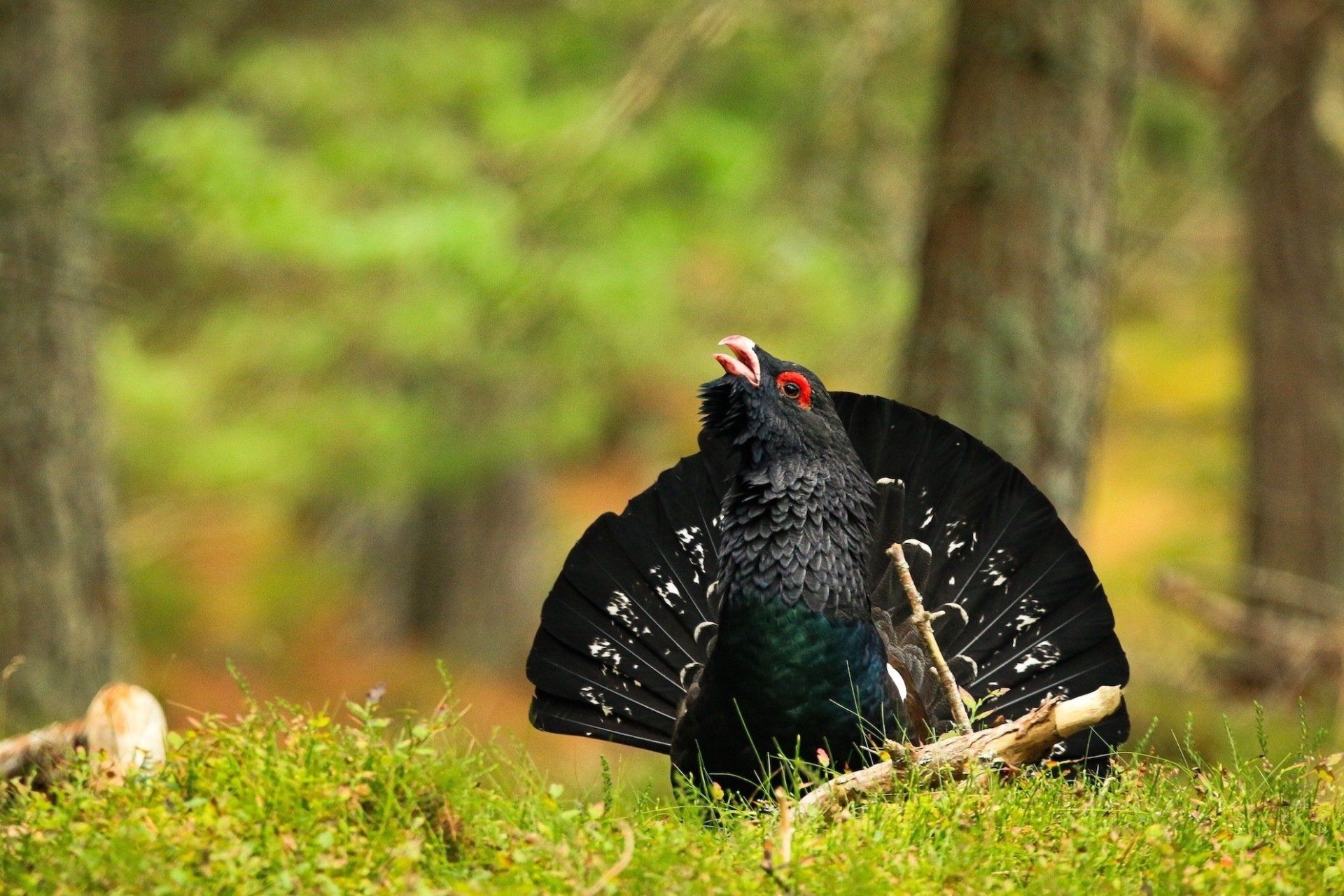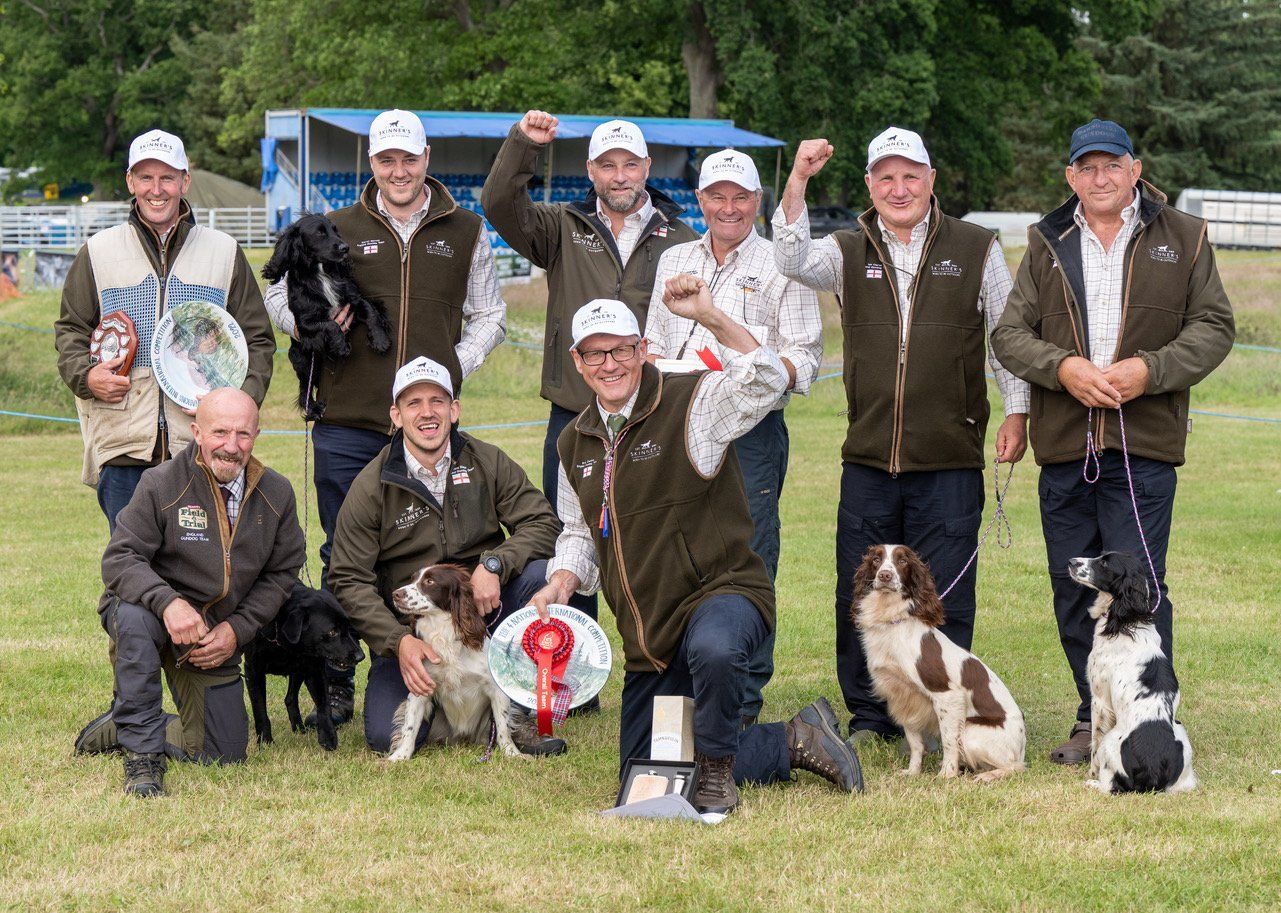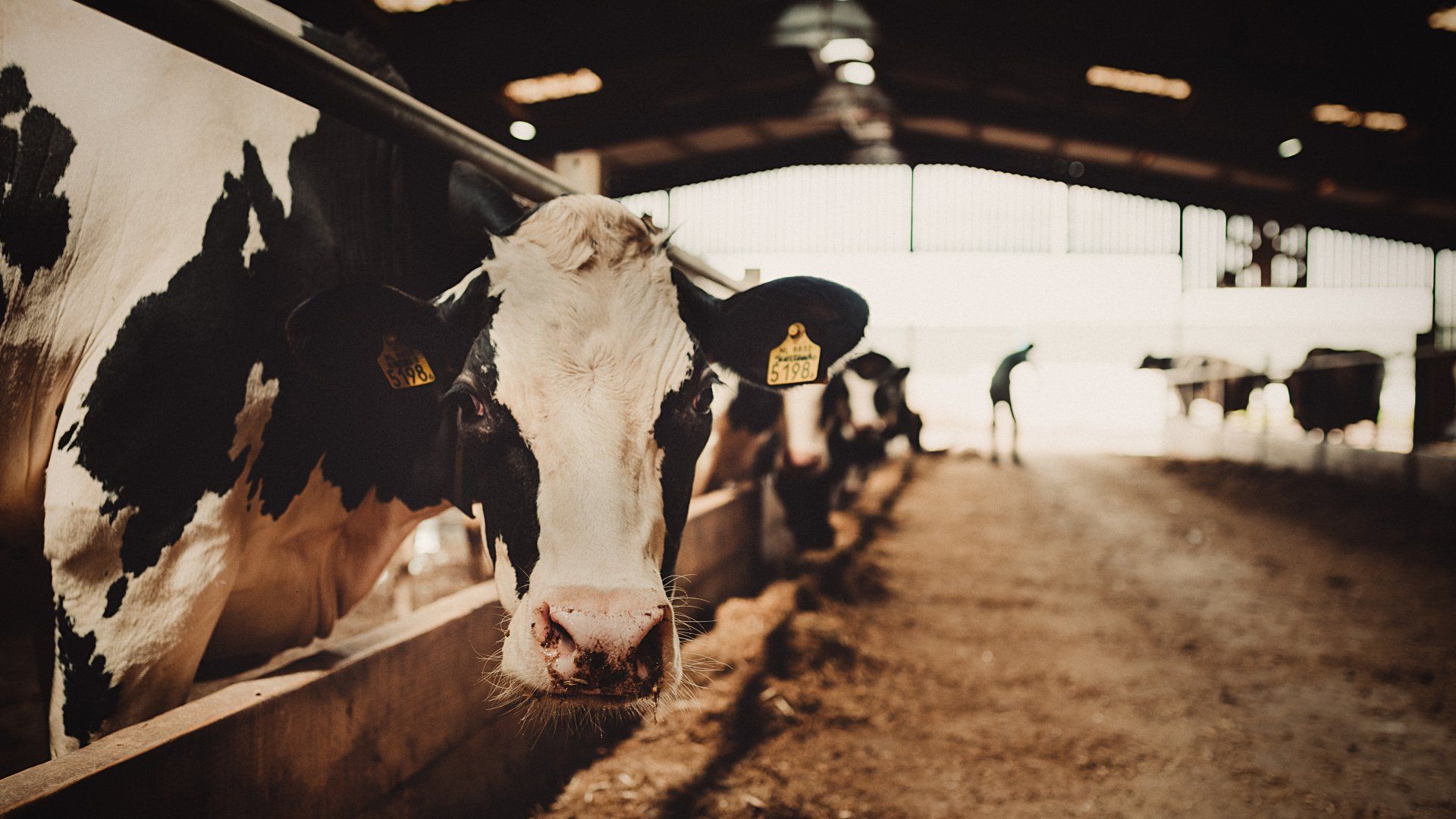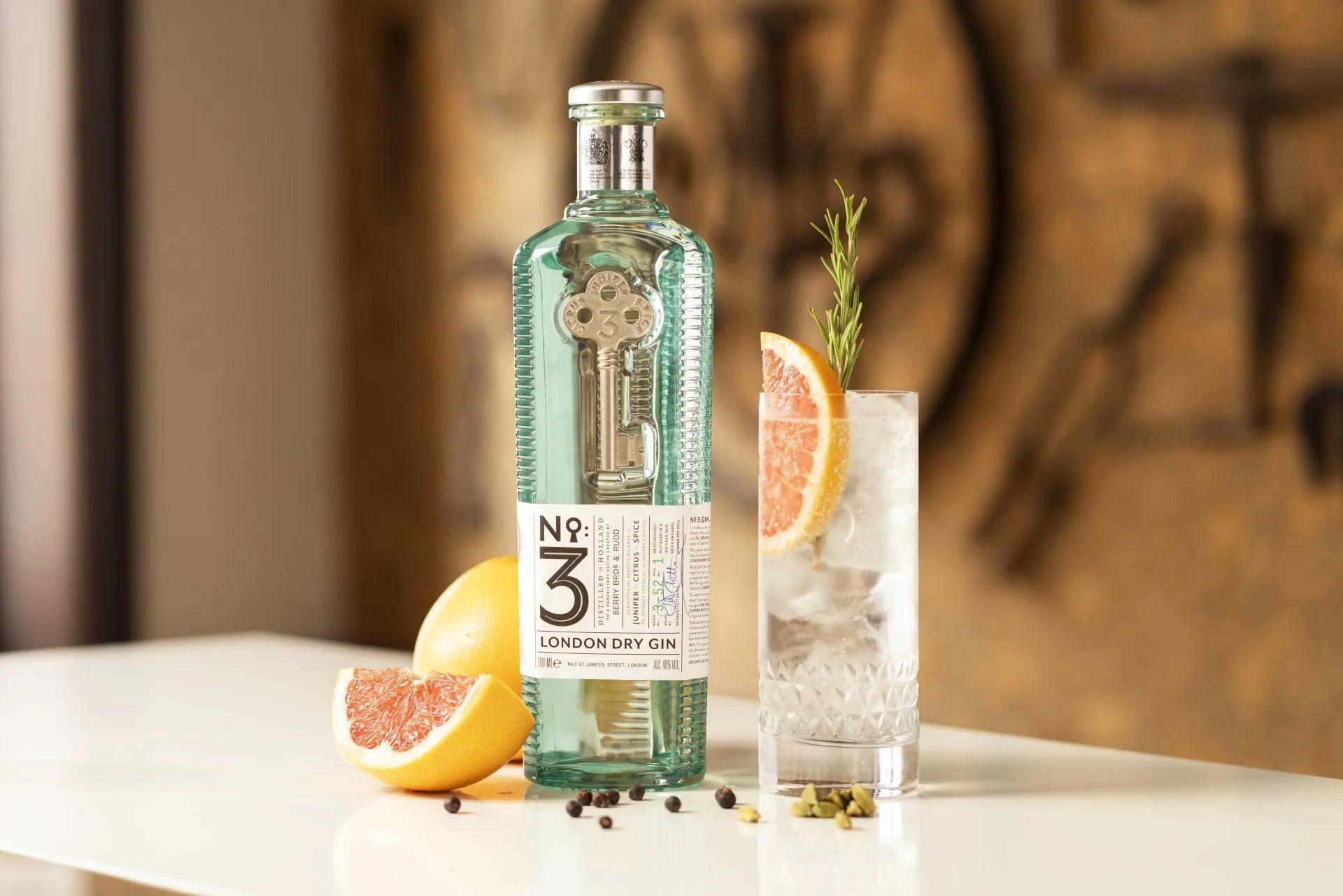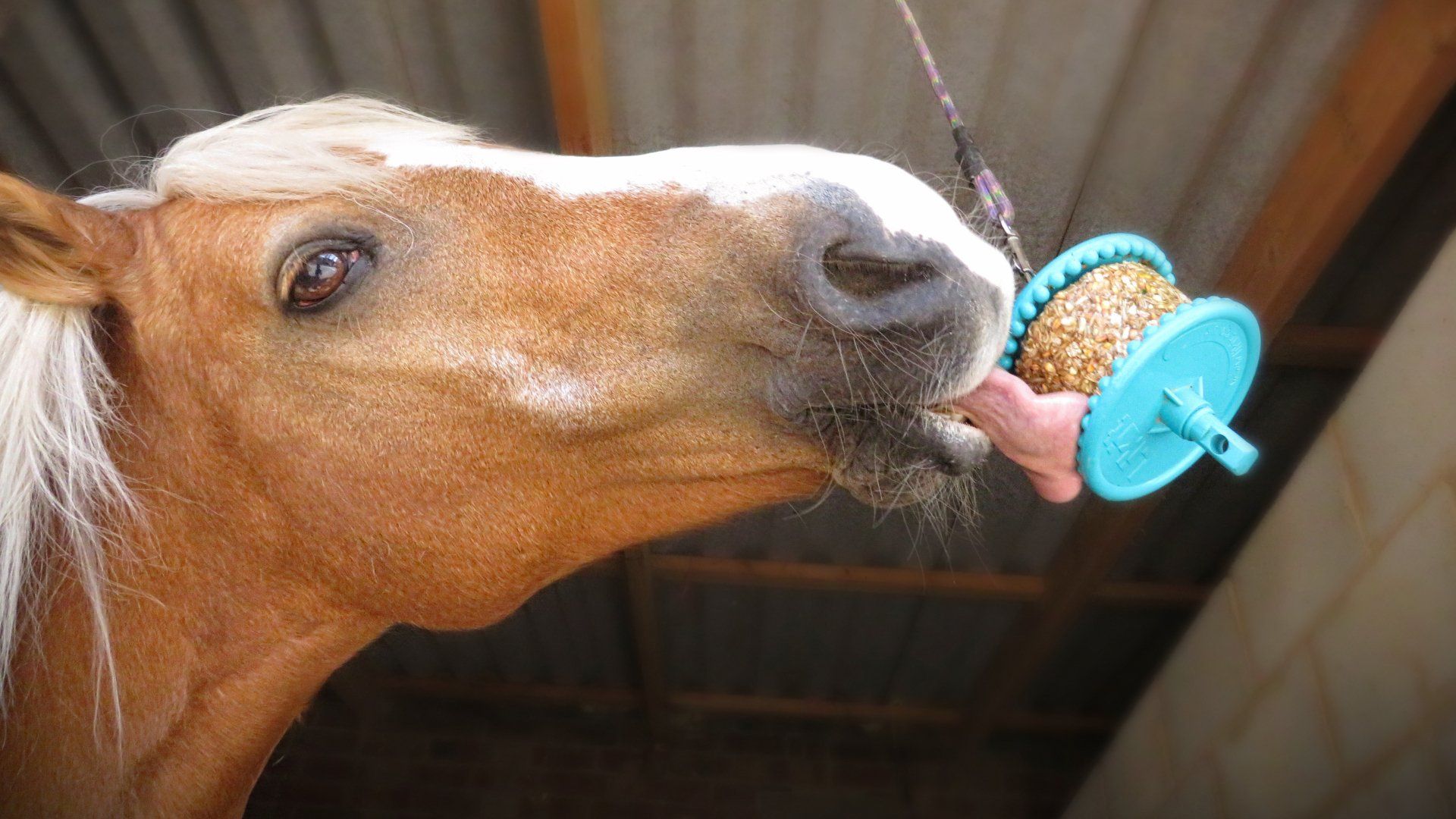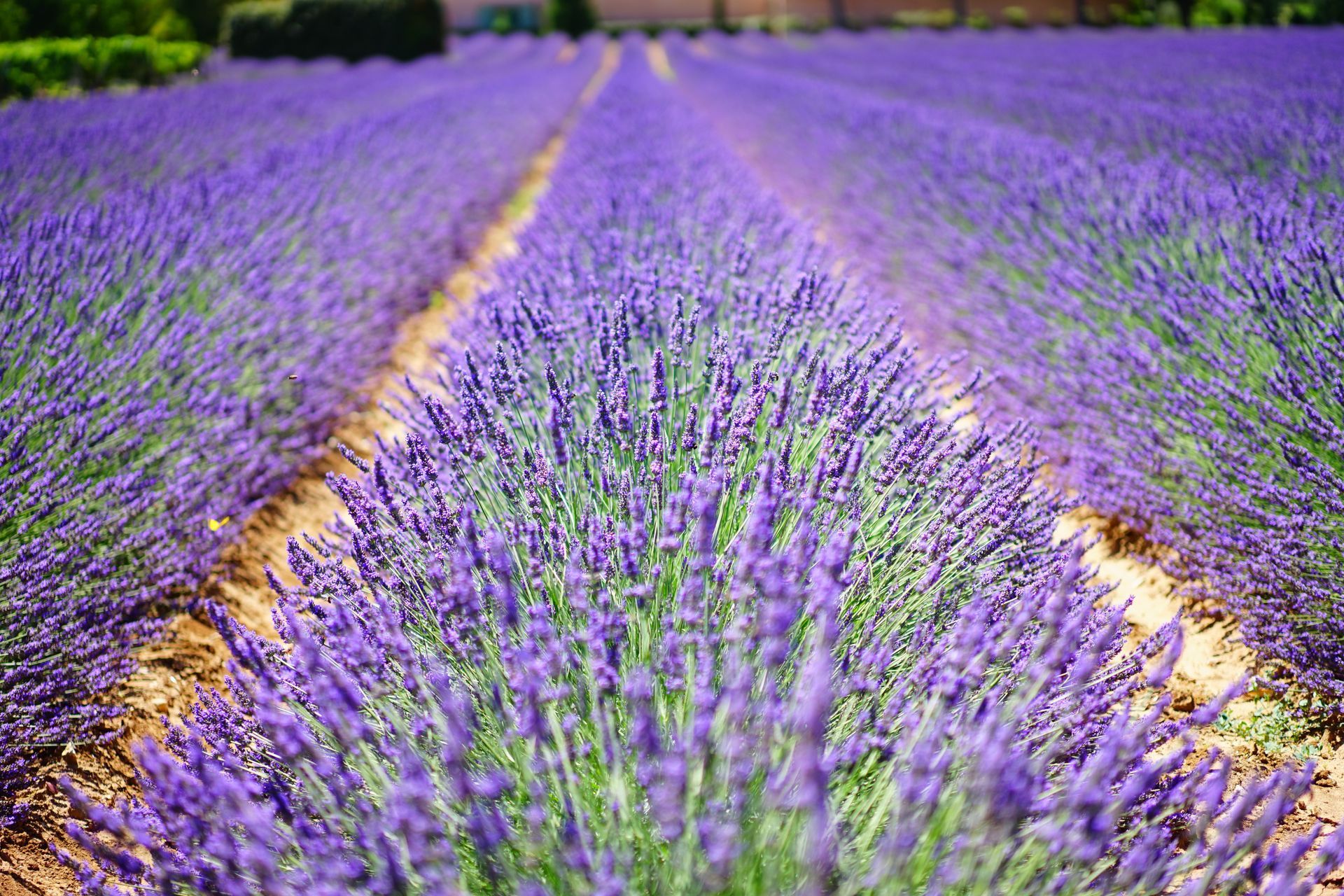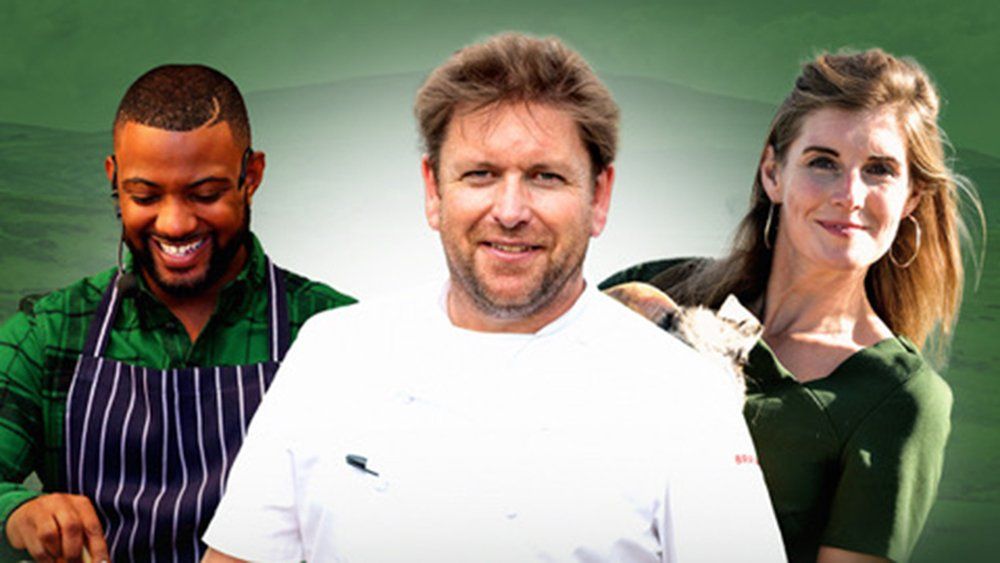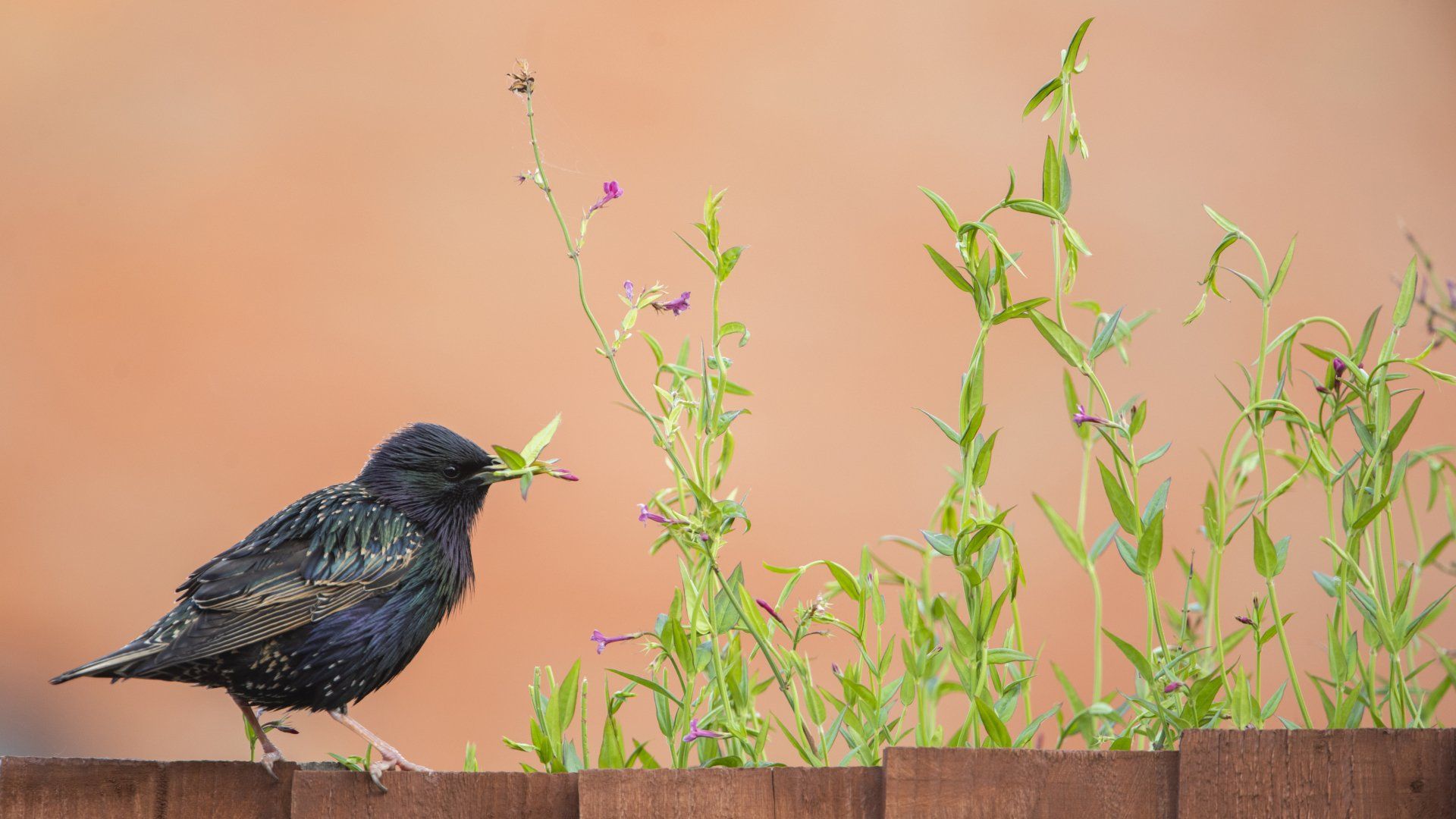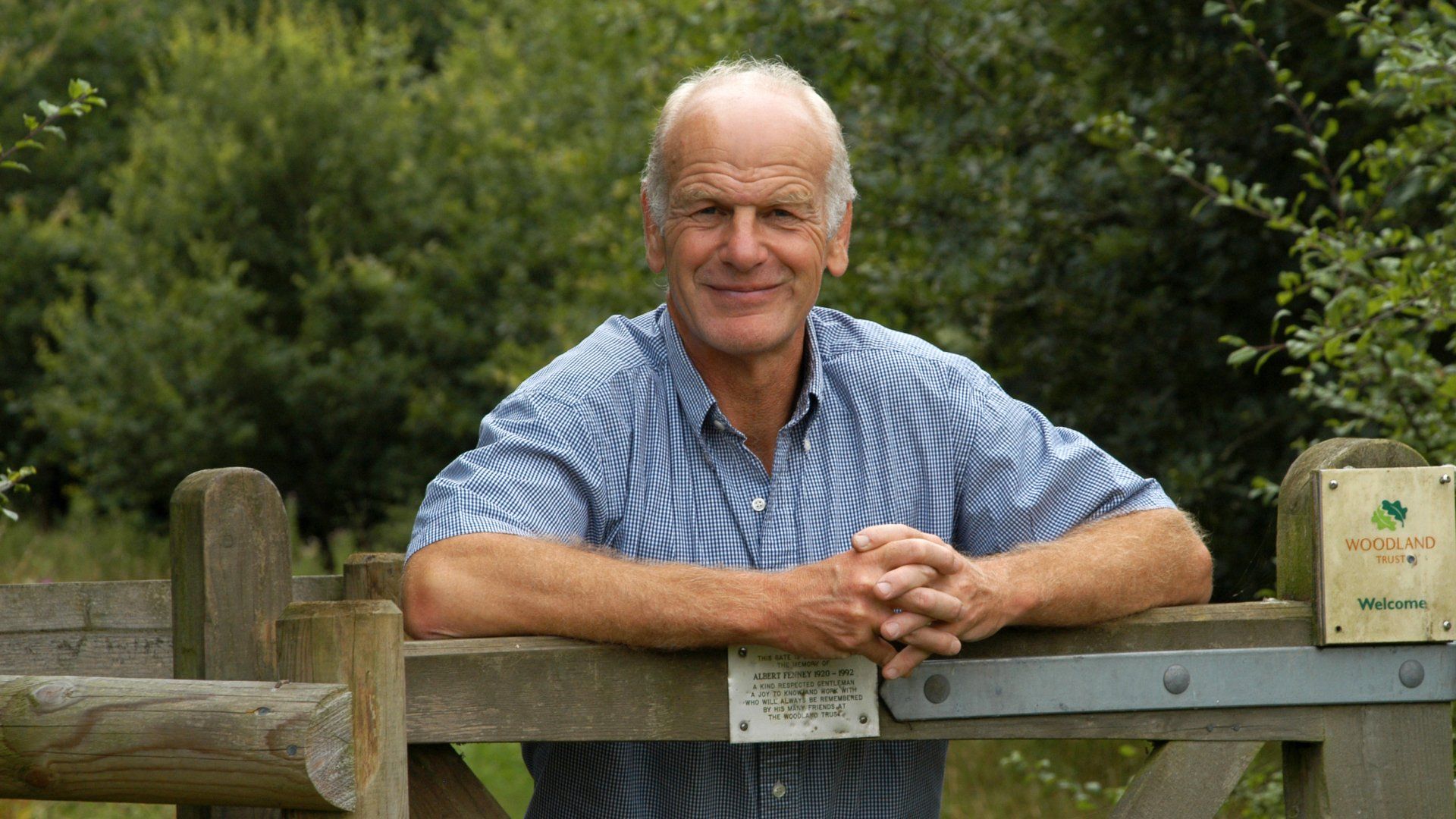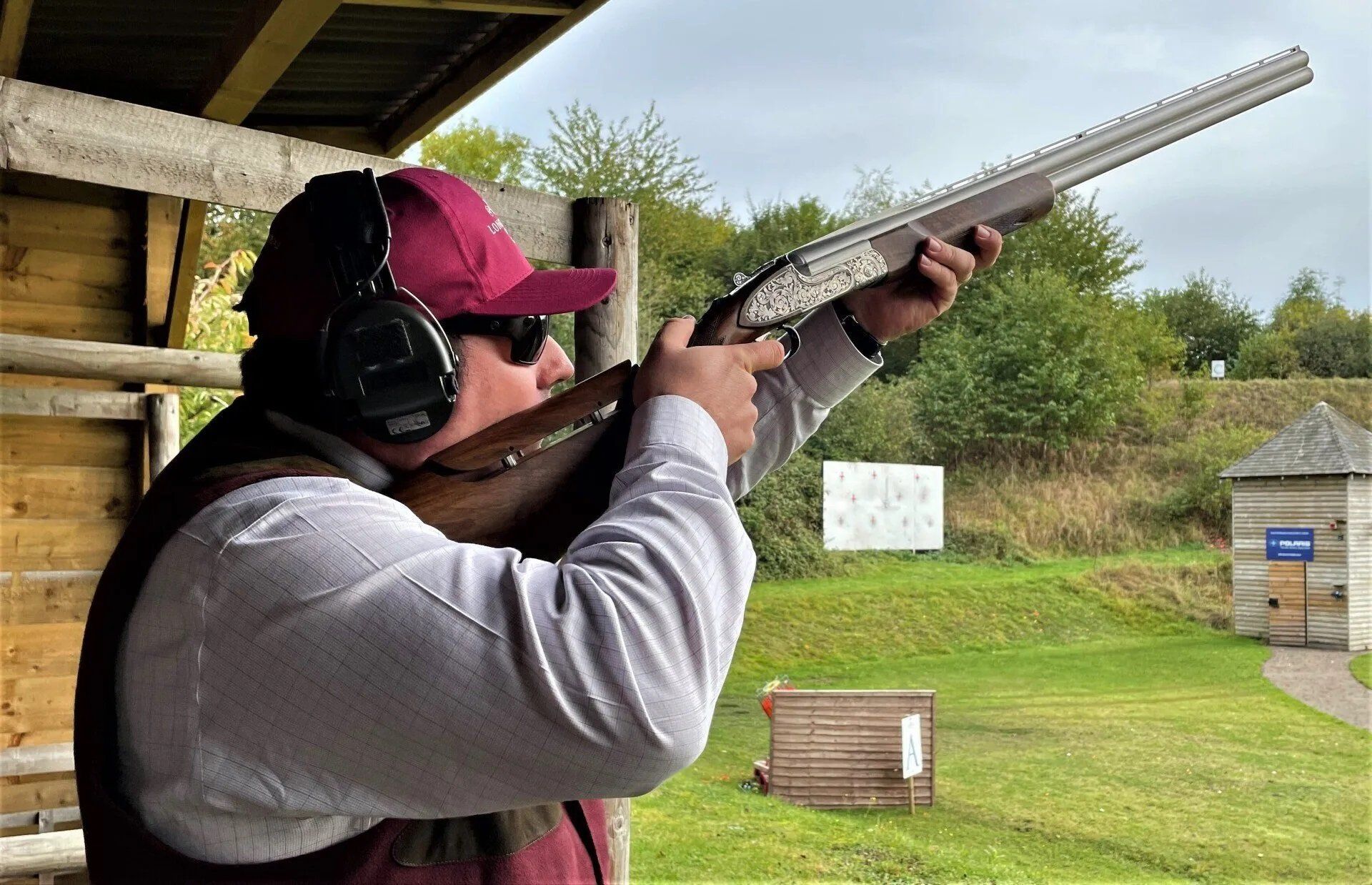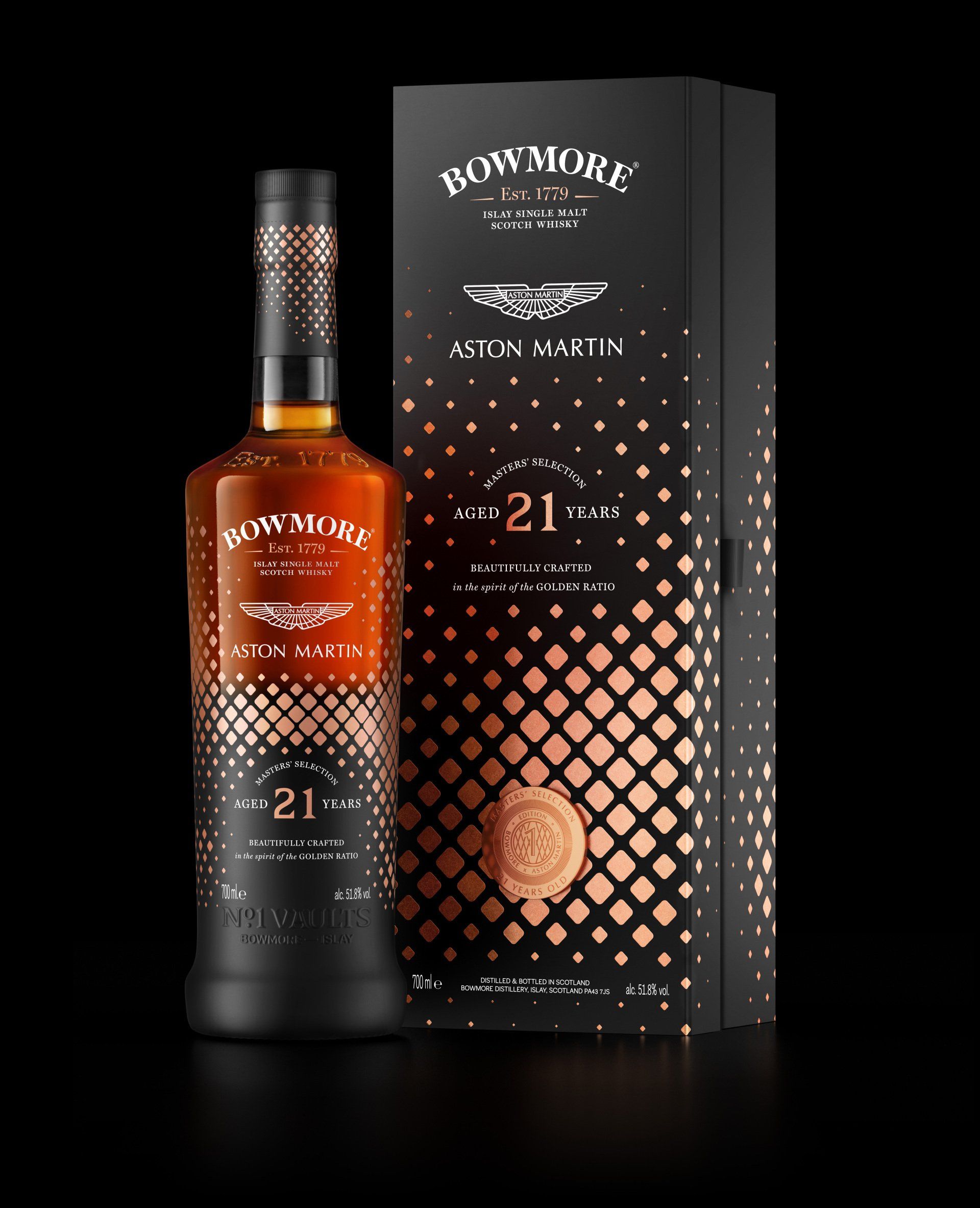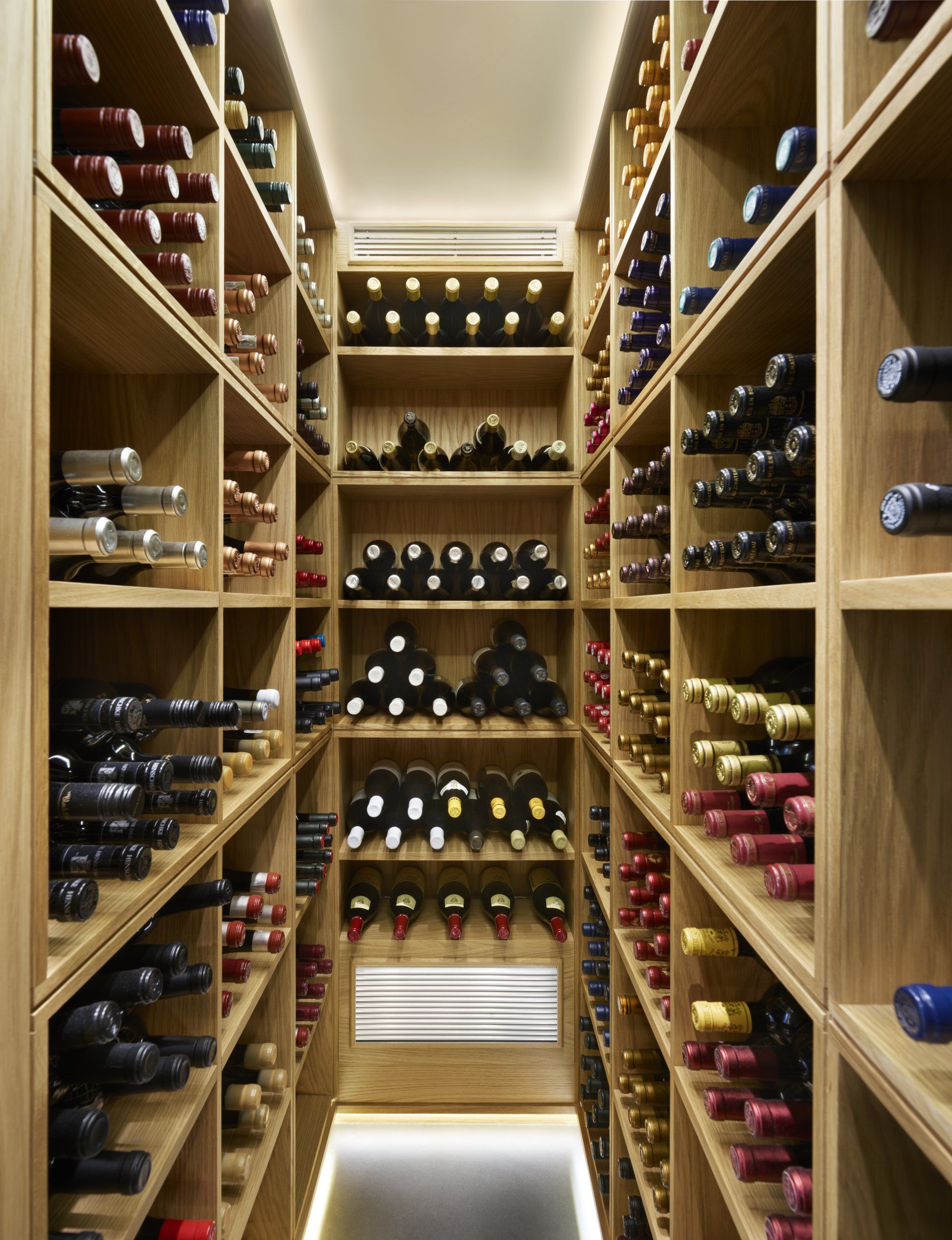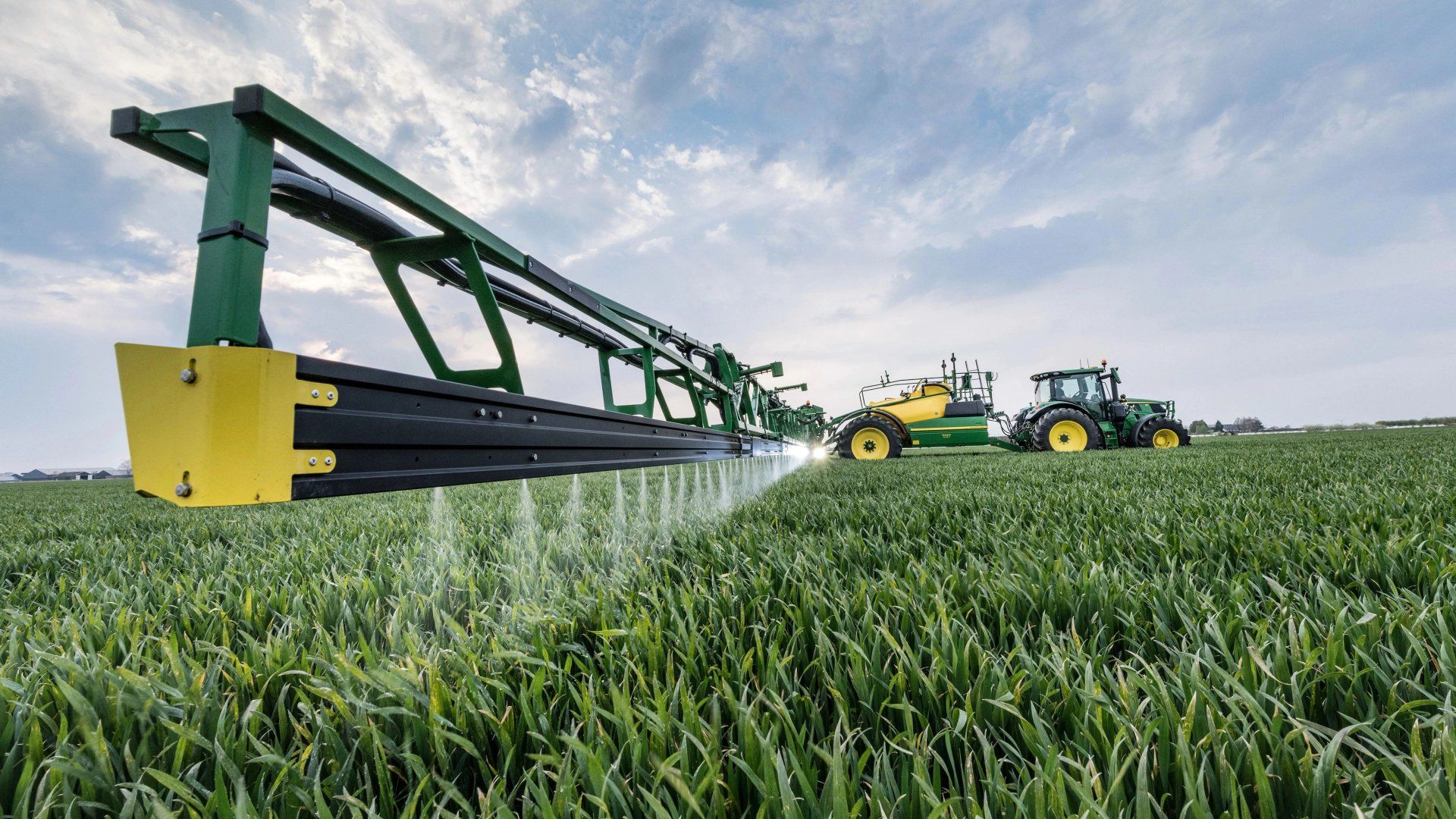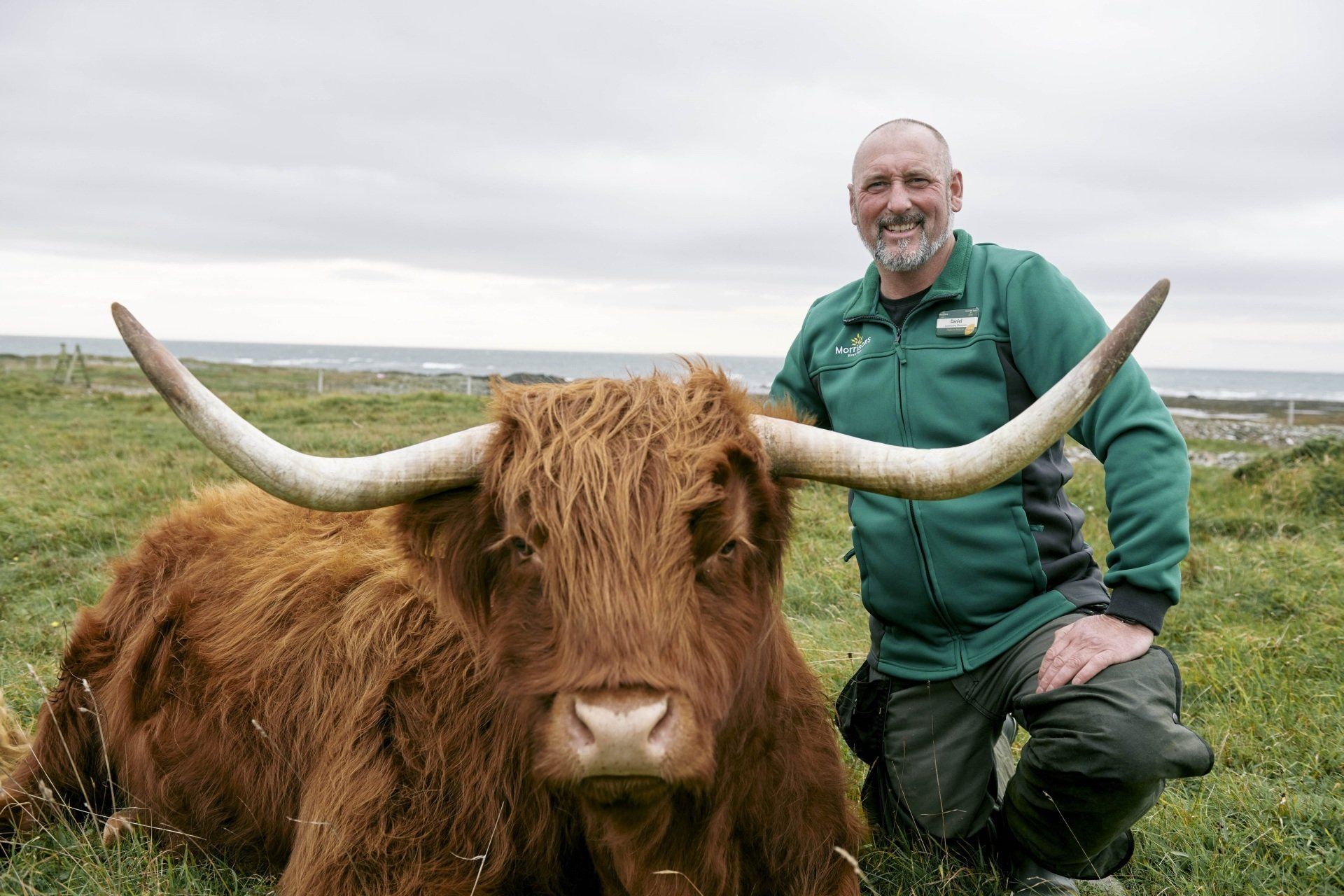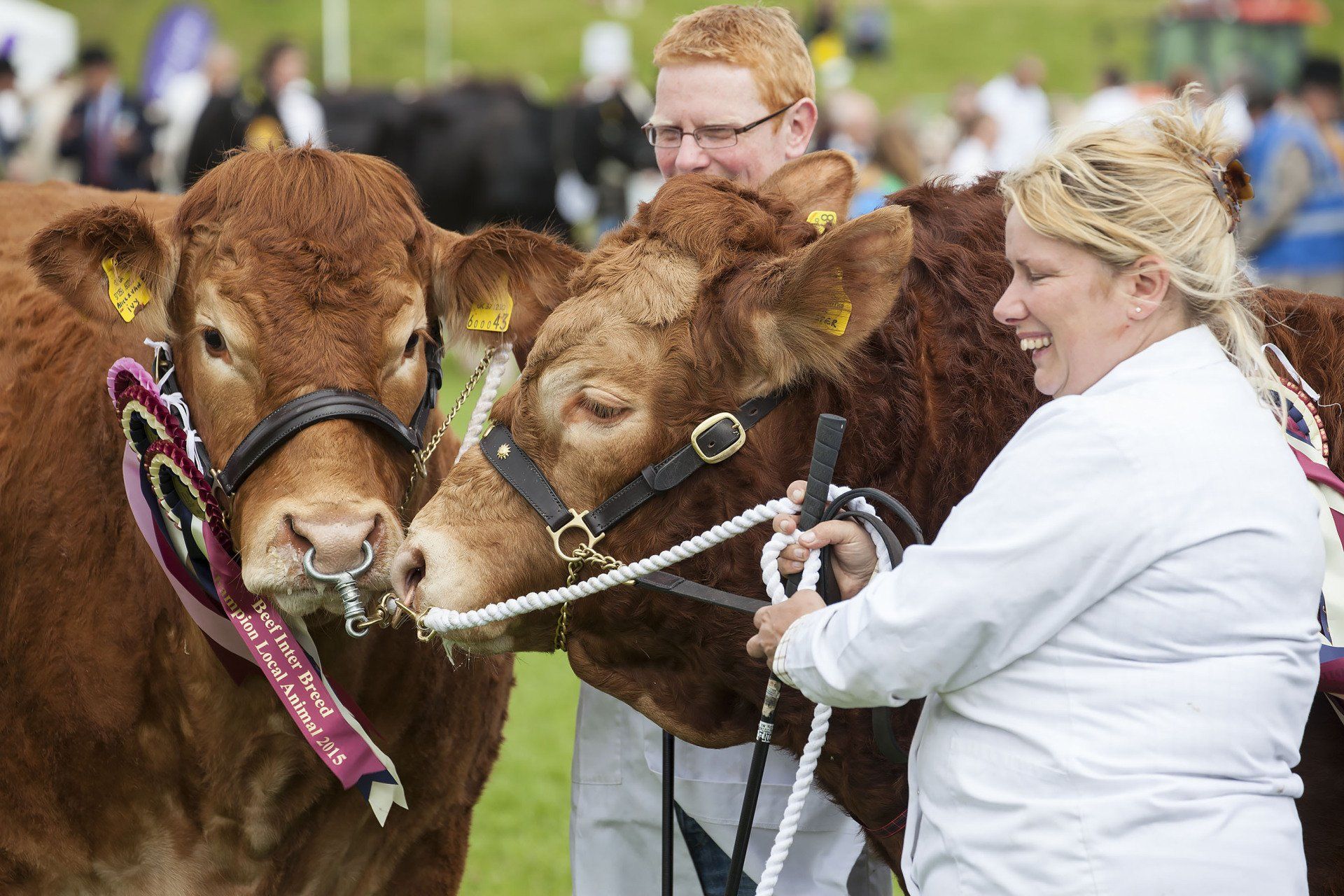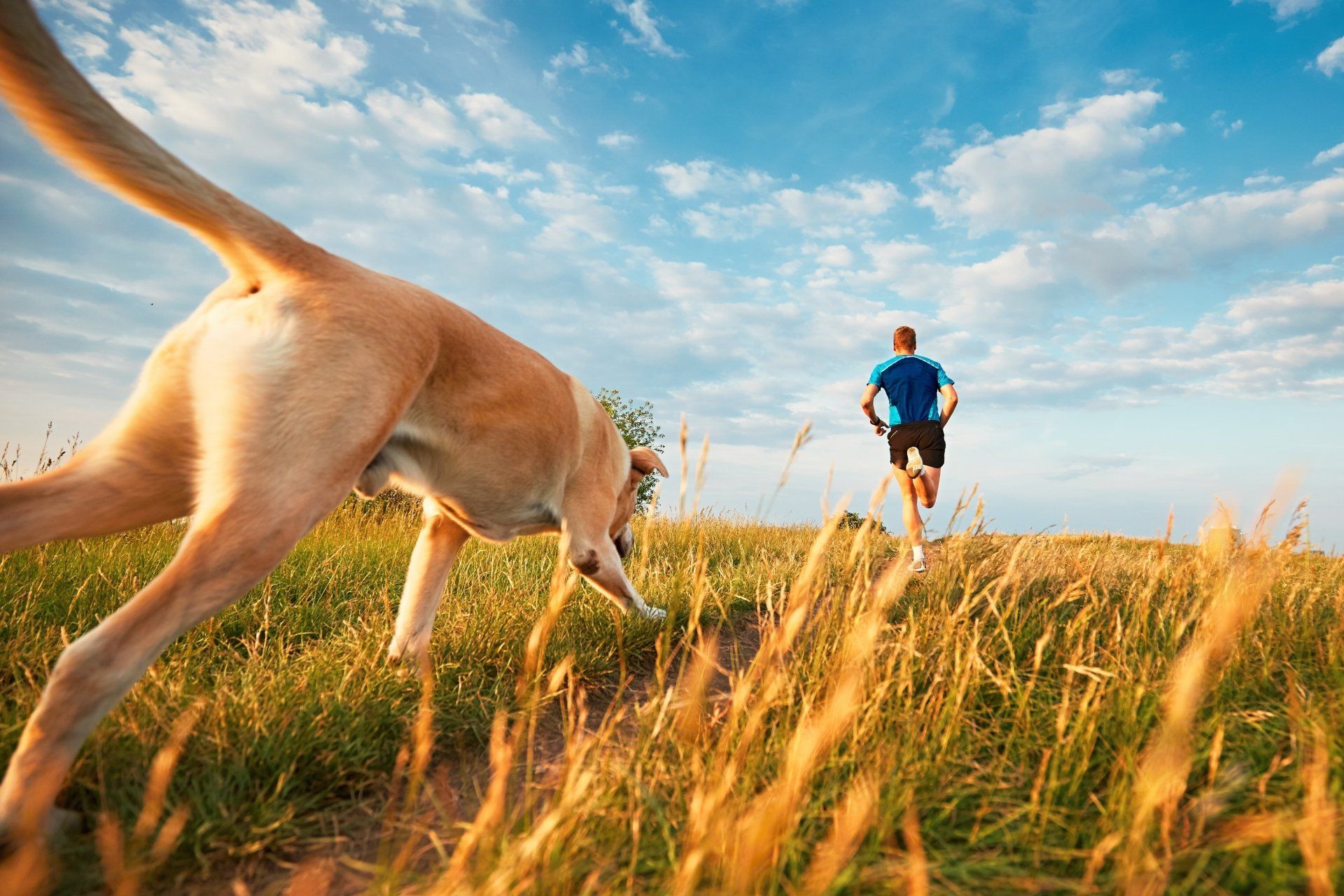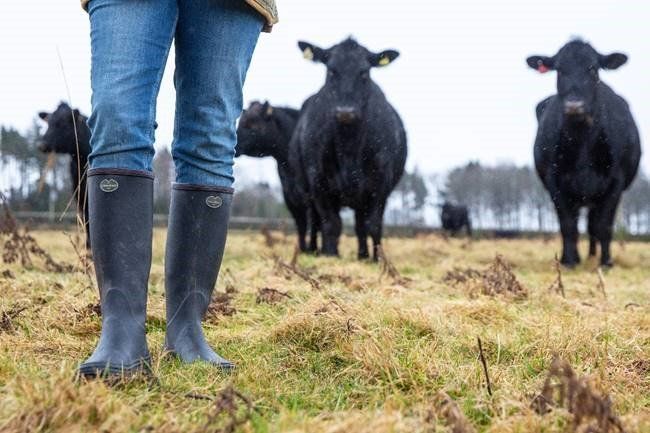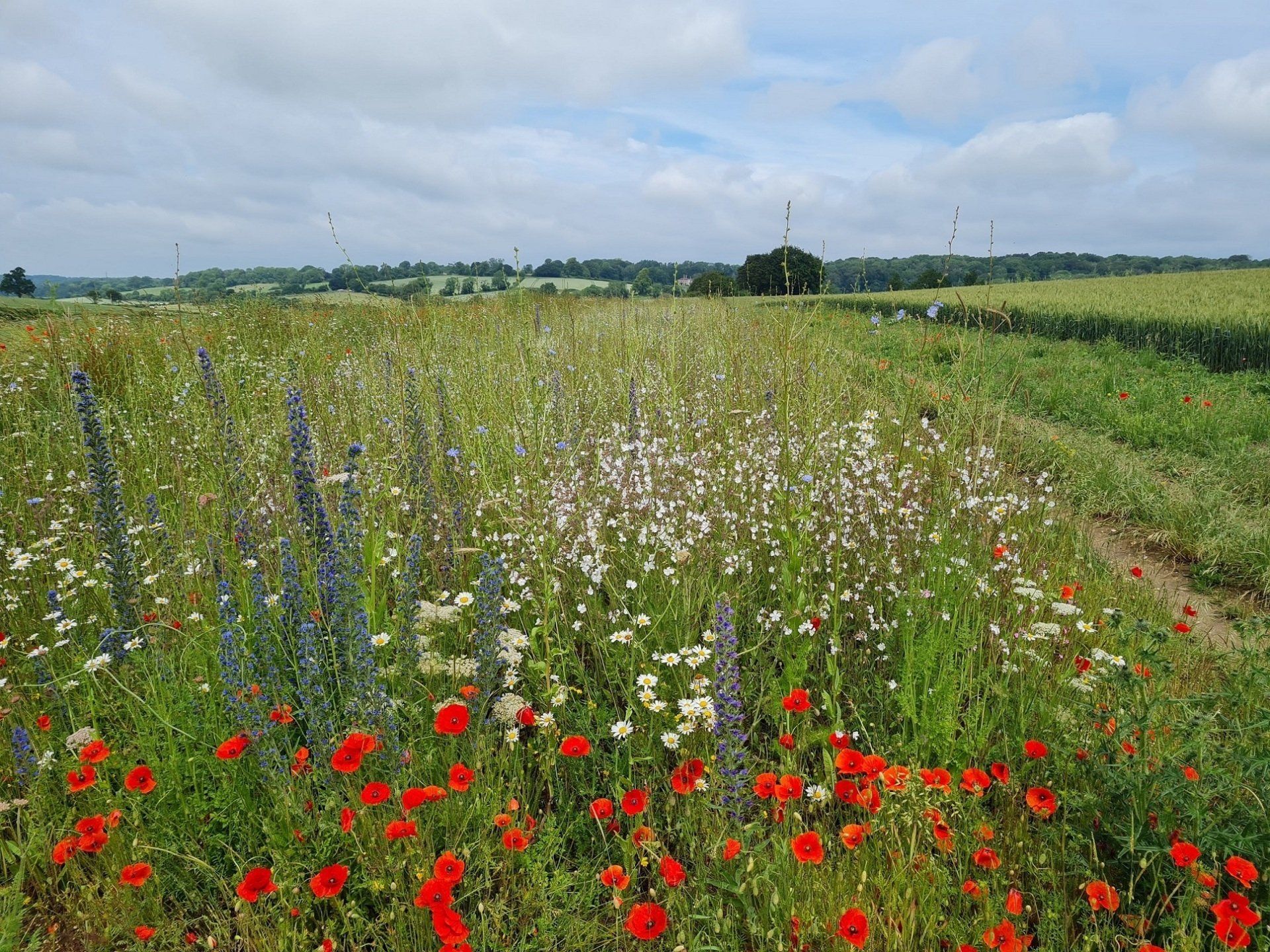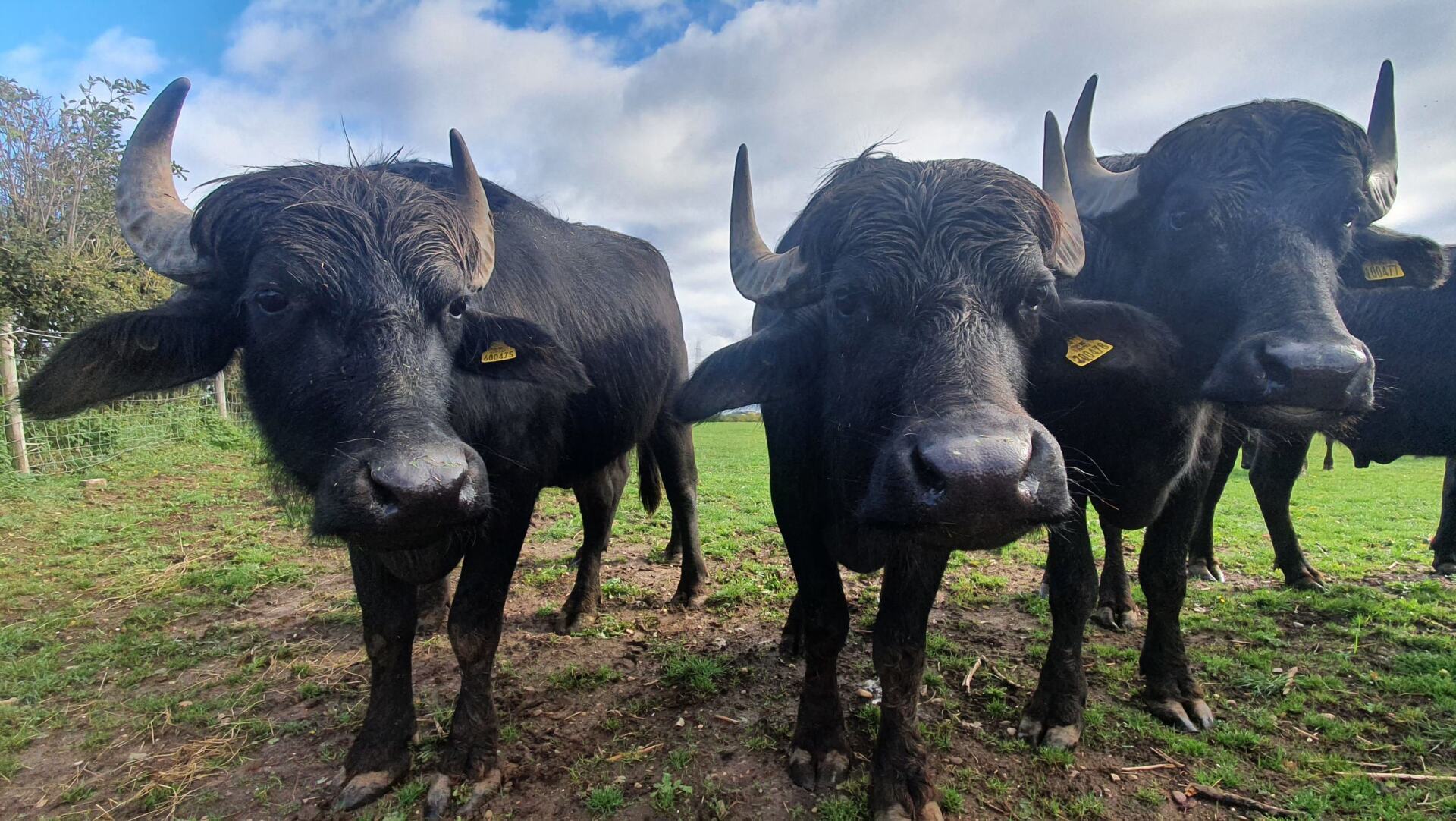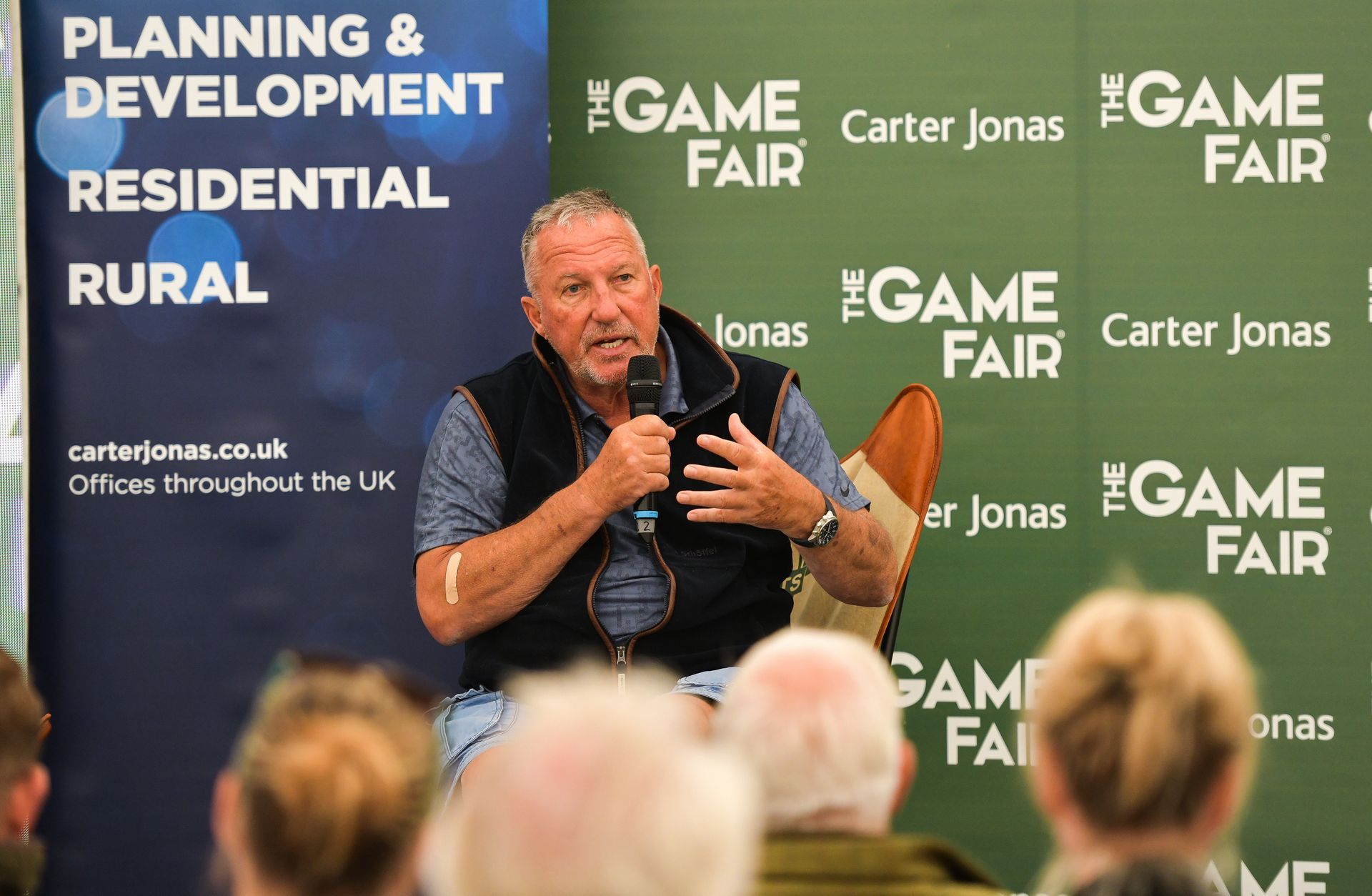Holstein
The Queen of the Milking Parlour
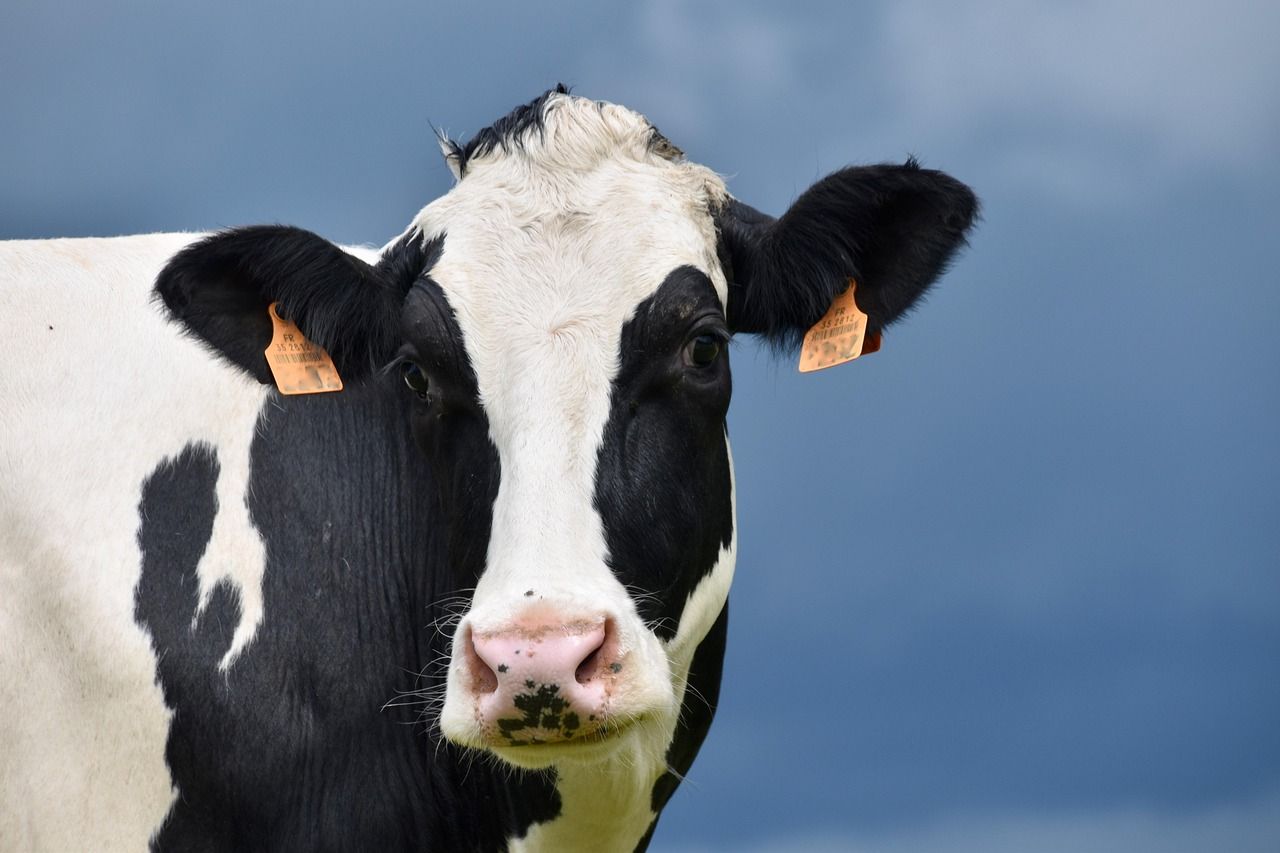
Among the familiar sights of the countryside — the hedgerows, dry stone walls, and undulating fields — the black and white patchwork of the Holstein cow is as iconic as any. Towering yet gentle, with a calm, intelligent gaze and a powerful frame built for endurance, the Holstein is the undisputed queen of the milking parlour. These cows have shaped the dairy industry for generations. Their milk fills breakfast bowls, froths cappuccinos, and crafts the cheeses and creams at the heart of rural life. But the Holstein isn’t just a milk machine — she is part of the rural identity, a symbol of hard work, dependability, and the quiet rhythm of life on the land.
A Breed with Transatlantic Roots
The modern Holstein is the result of centuries of careful breeding, beginning in the Friesland and North Holland regions of the Netherlands. There, farmers selectively bred black and white dairy cattle for milk yield and temperament, producing what became the Friesian breed. In the mid-19th century, these cows were exported to North America, where they were further refined and renamed Holsteins — in reference to the German region of Schleswig-Holstein. Over time, American breeders focused intensely on milk volume, producing the high-yielding Holstein-Friesian we know today.
Back in Britain, the native Friesian remained the dominant dairy breed for most of the 20th century. But from the 1980s onwards, Holsteins began to be introduced and crossed with Friesians, with the resulting hybrid offering both exceptional productivity and hardiness. Today, the vast majority of dairy cows seen in fields and parlours across the land are Holstein-Friesians.
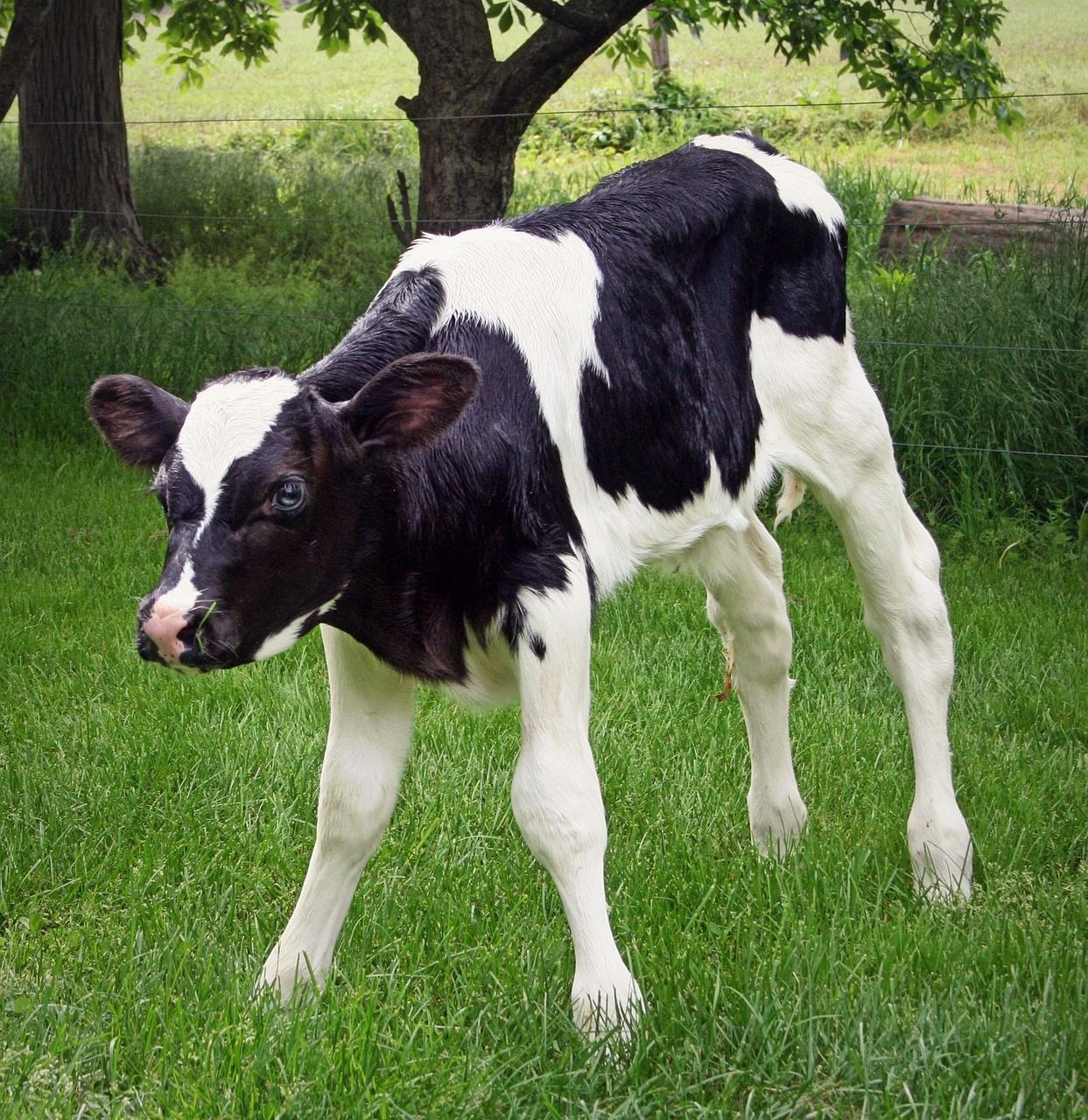
Built for Milk
There is no disputing the Holstein’s prowess as a dairy animal. A mature Holstein can produce upwards of 8,000 litres of milk per lactation cycle, with top performers far exceeding that. Their milk is relatively low in butterfat — typically around 3.8% — but its quantity makes it ideal for large-scale milk production and fluid consumption. Standing around 1.5 metres at the shoulder and weighing in at 600 to 700 kilograms, Holsteins are large, sturdy cows. Their frames are angular and refined — built less for beef and more for metabolic efficiency. Their trademark black-and-white coats (though red-and-white Holsteins exist too) make them instantly recognisable, even to those with no ties to farming.
Gentle Giants
Despite their size, Holsteins are known for their docile and even temperament. They are curious, calm, and quick to settle into routines — qualities that make them ideal for both large herds and small family-run dairies.
Many farmers speak fondly of the breed’s intelligence and personality. They remember cows by name, know which are early risers and which are stubborn at the milking gate. Holsteins, like all livestock, form the backbone of not just an industry, but a way of life.
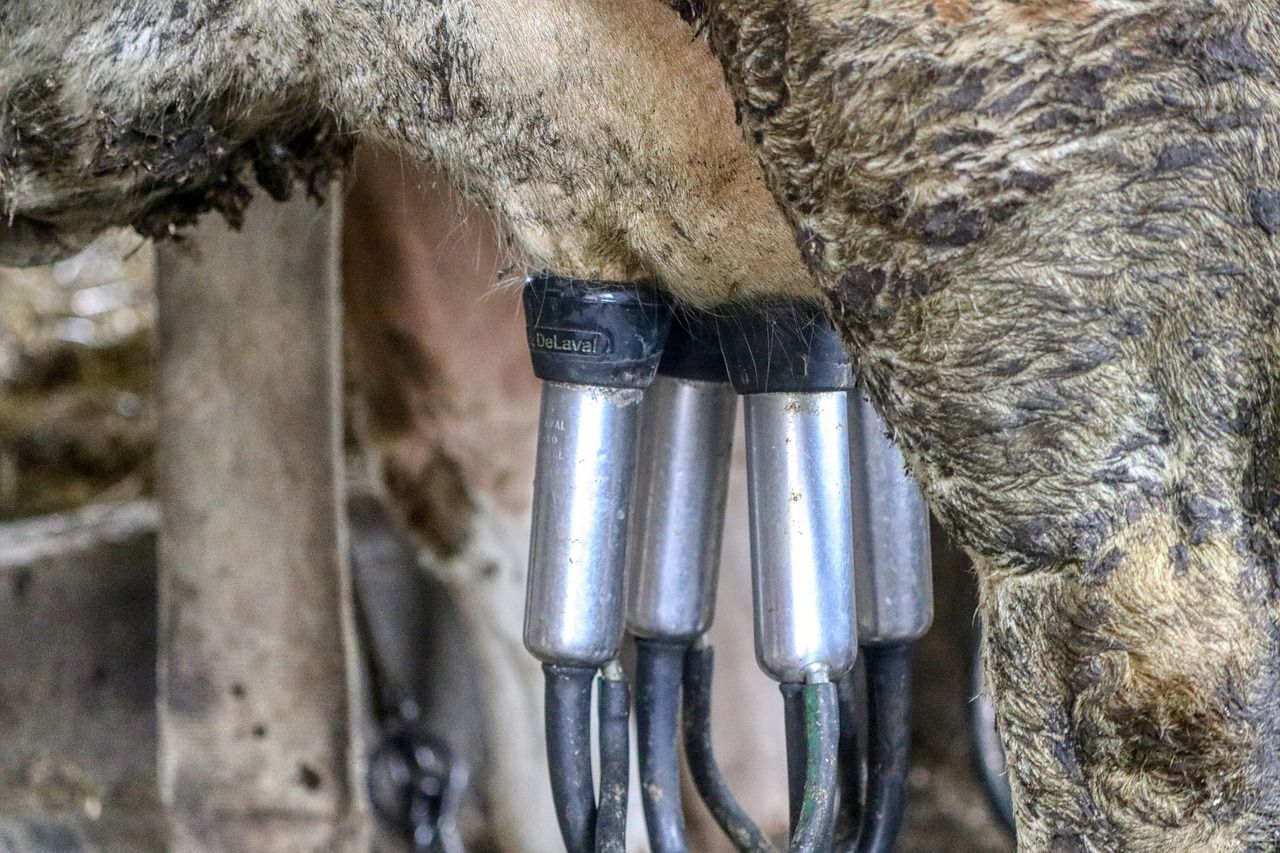
The Challenge of High Yields
Of course, such high productivity comes with challenges. Holsteins require careful management, balanced nutrition, and close attention to their health and welfare. Issues like lameness, fertility problems, and metabolic stress can arise without diligent care.
For this reason, many farmers today are reintroducing more traditional genetics — including native Friesian lines — to breed slightly smaller, more robust cows with longer productive lifespans. Others are integrating crossbreeds like Montbéliardes or Norwegian Reds to balance health, yield, and milk solids.
More Than Just a Dairy Cow
Beyond the parlour, Holsteins make appearances at agricultural shows, where breeders show off the very best examples of the breed. With their shining coats, sweeping udders, and powerful hindquarters, these cows are judged not just on looks but on structure, mobility, and milk potential.
In recent years, conversations around sustainability have also brought Holsteins into the spotlight. Breeders and farmers are increasingly focused on breeding cows that not only produce well but do so with a lower environmental impact — through feed efficiency, longer lifespans, and improved fertility.
The Pride of the Dairy Landscape
Whether grazing on hillside pastures or lining up in a rotary parlour, the Holstein is a cornerstone of rural life. She is the cow that feeds a nation, the quiet presence behind the kitchen table, the black-and-white heart of the dairy farm.And while the future of farming continues to evolve, one thing remains certain: the Holstein, with her dignity, strength, and generosity, will always be at the centre of it.
Read more:
